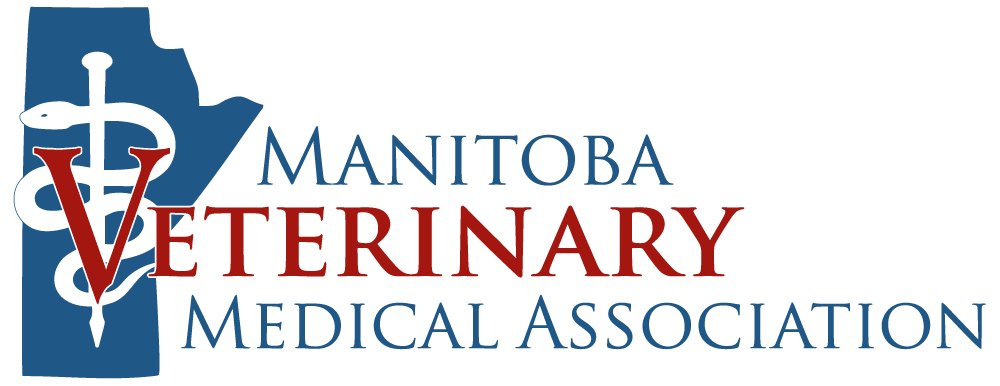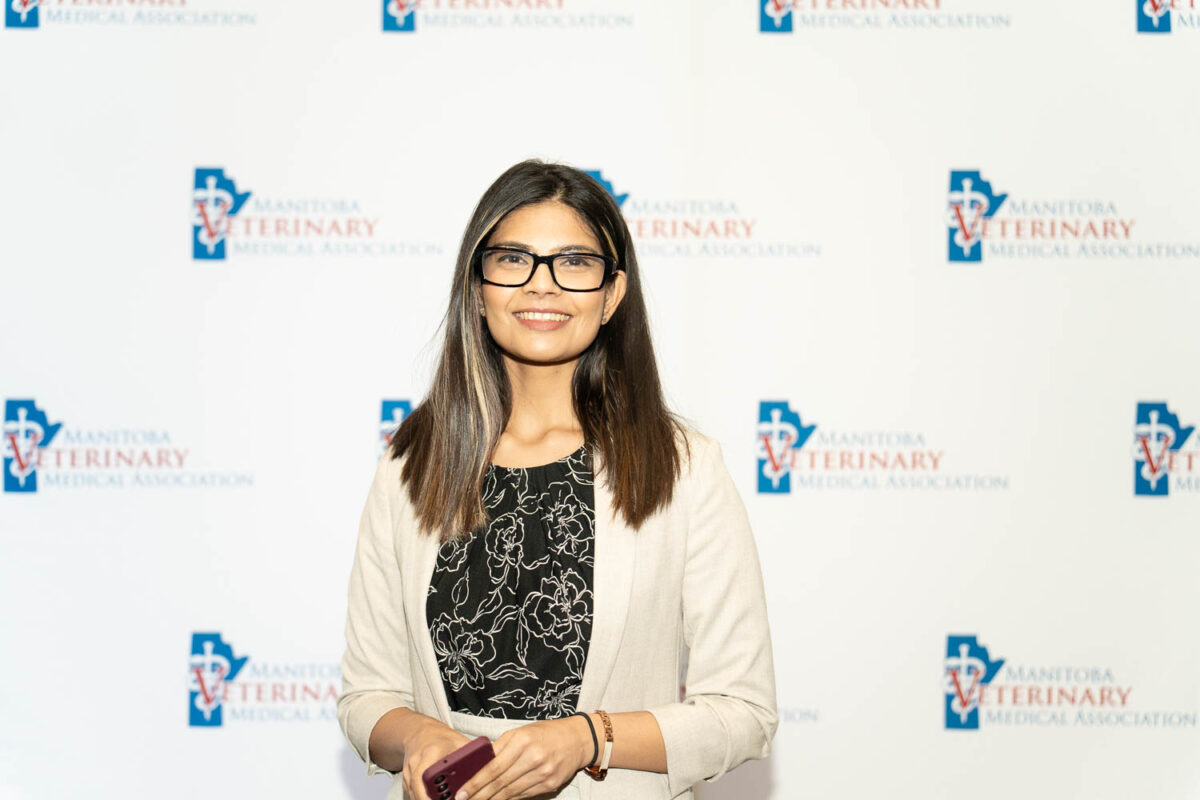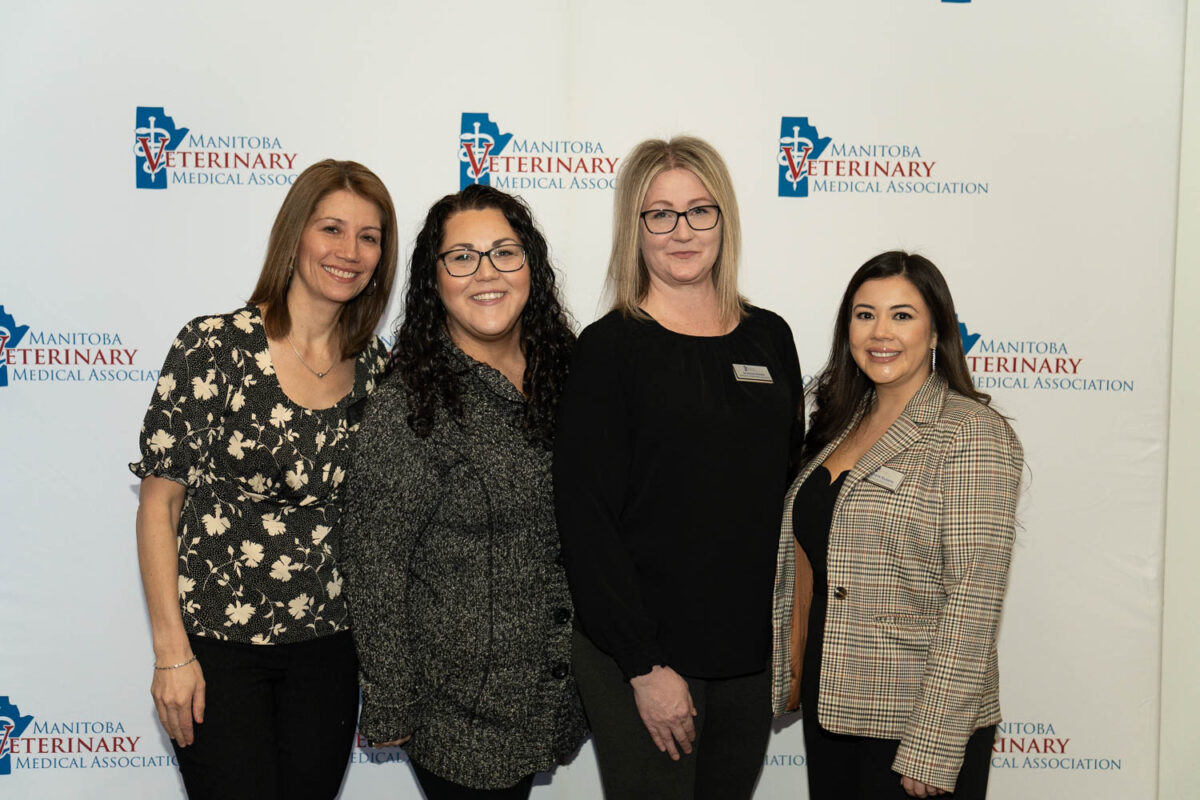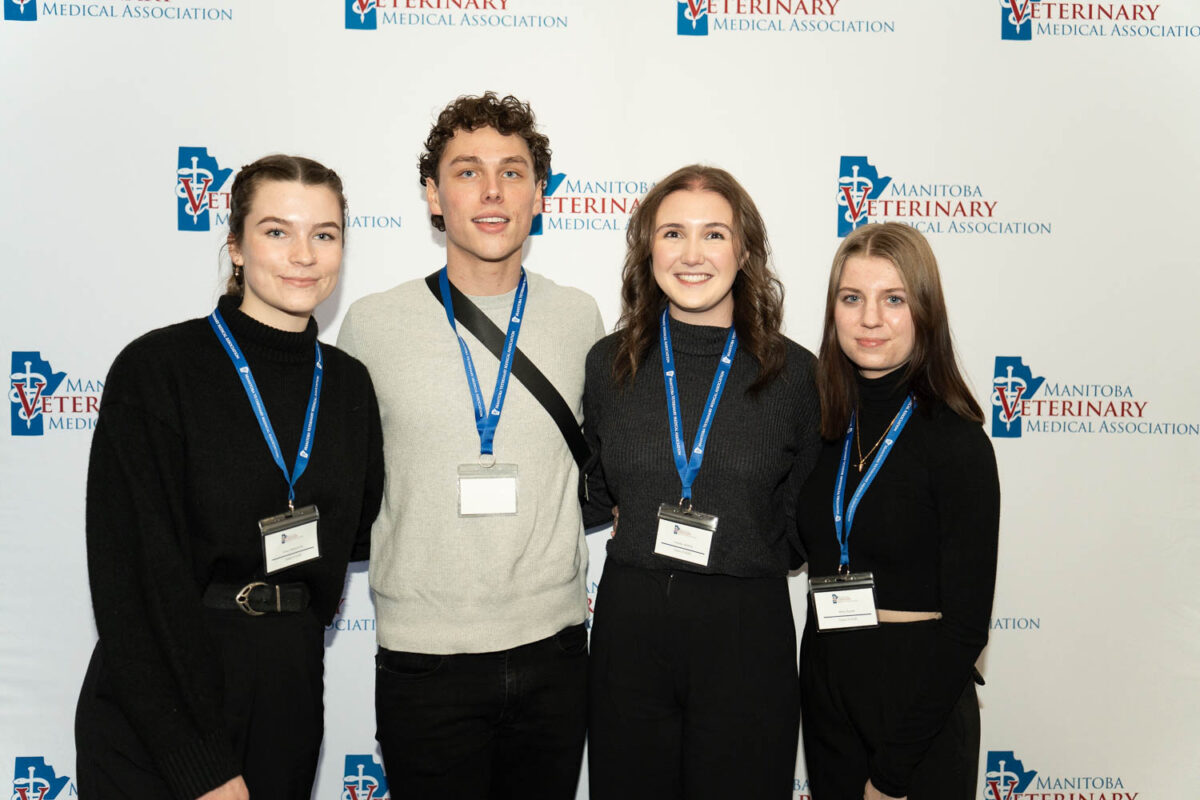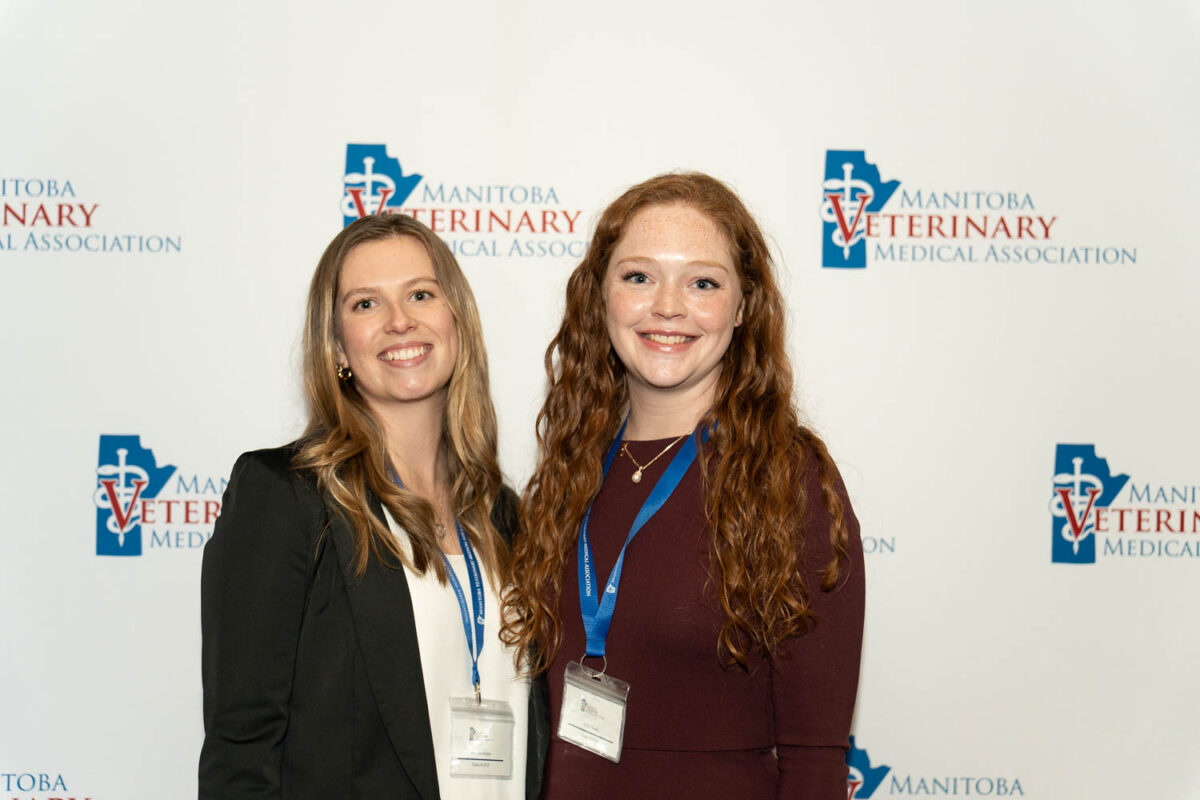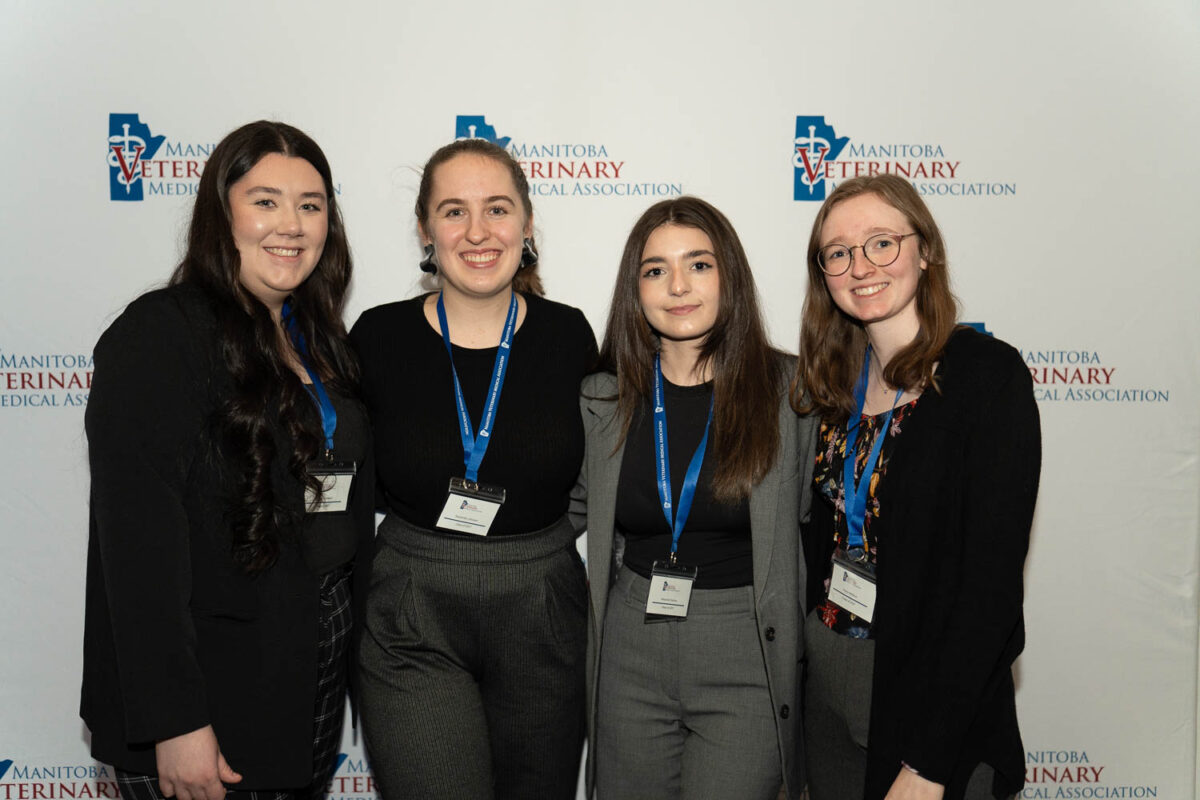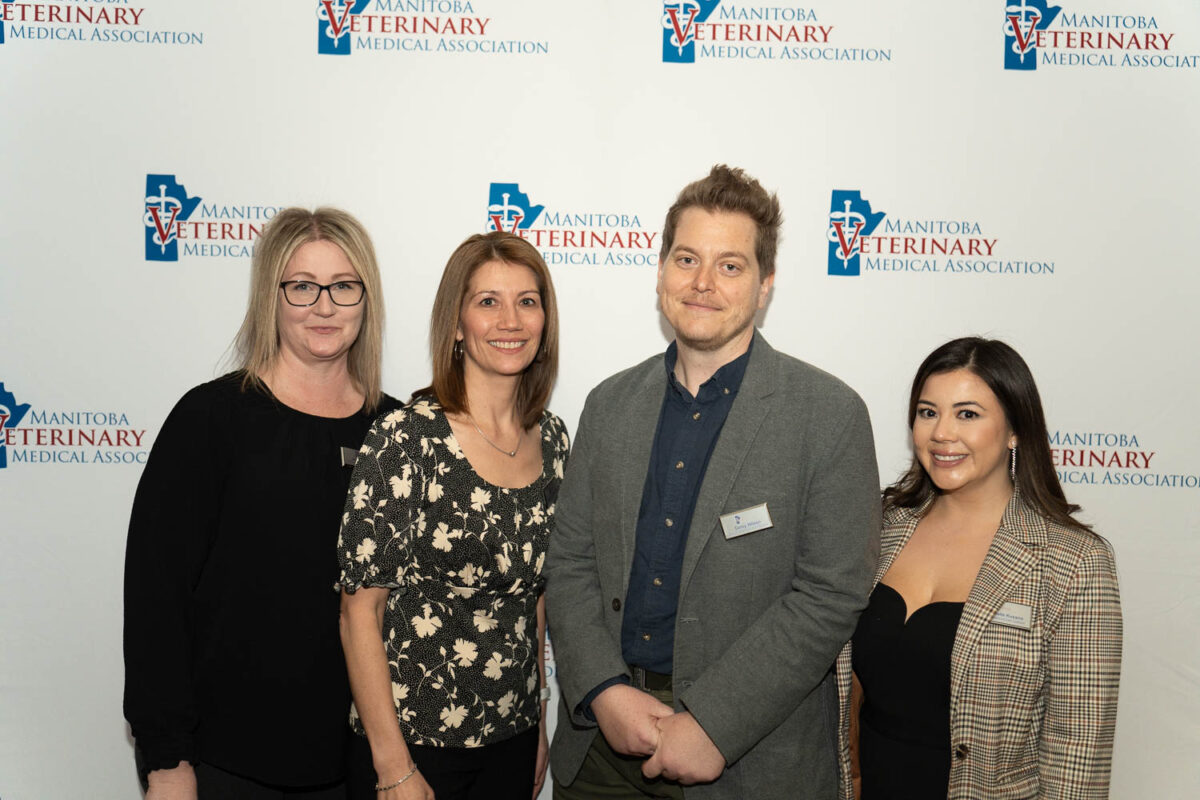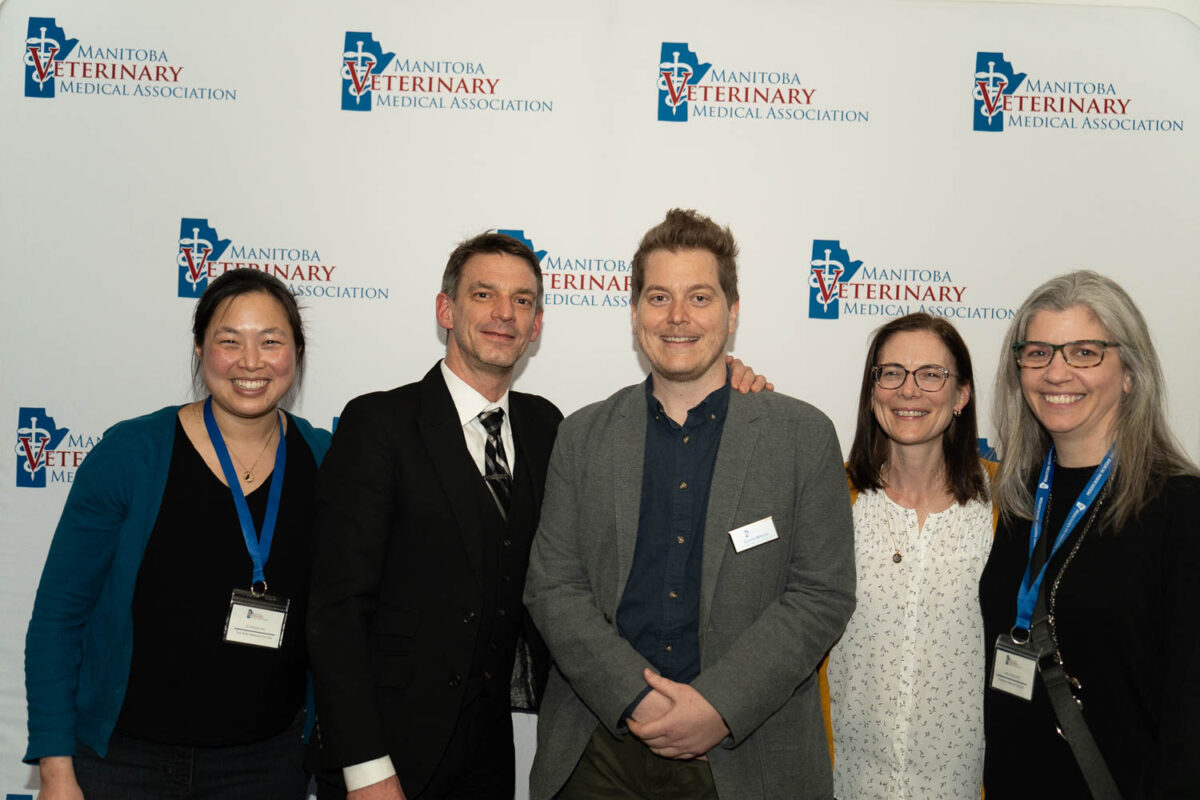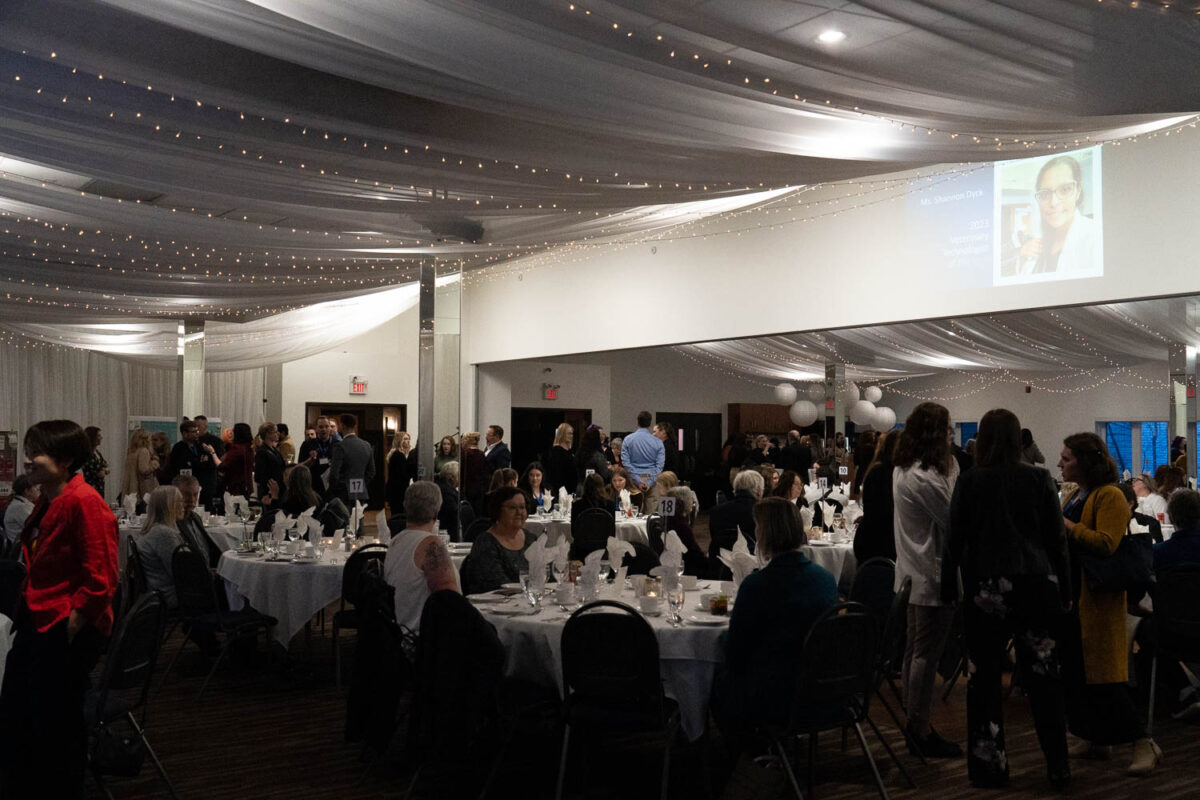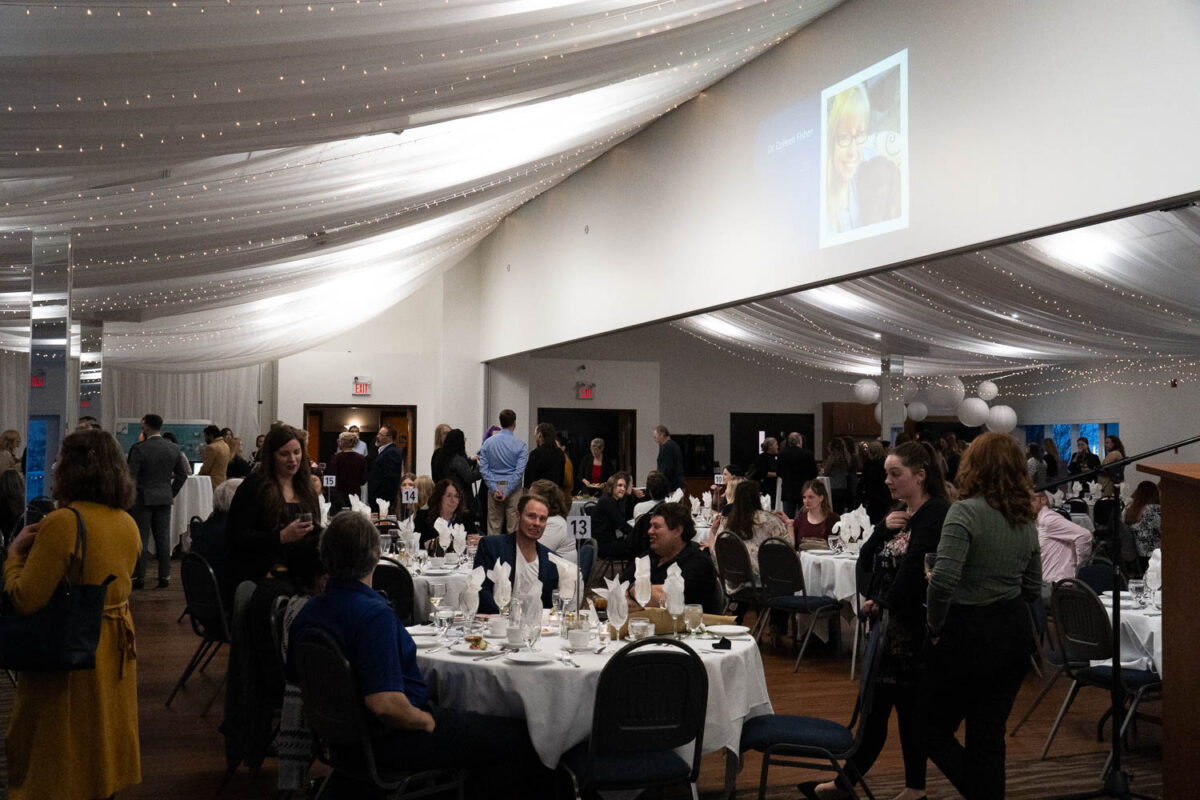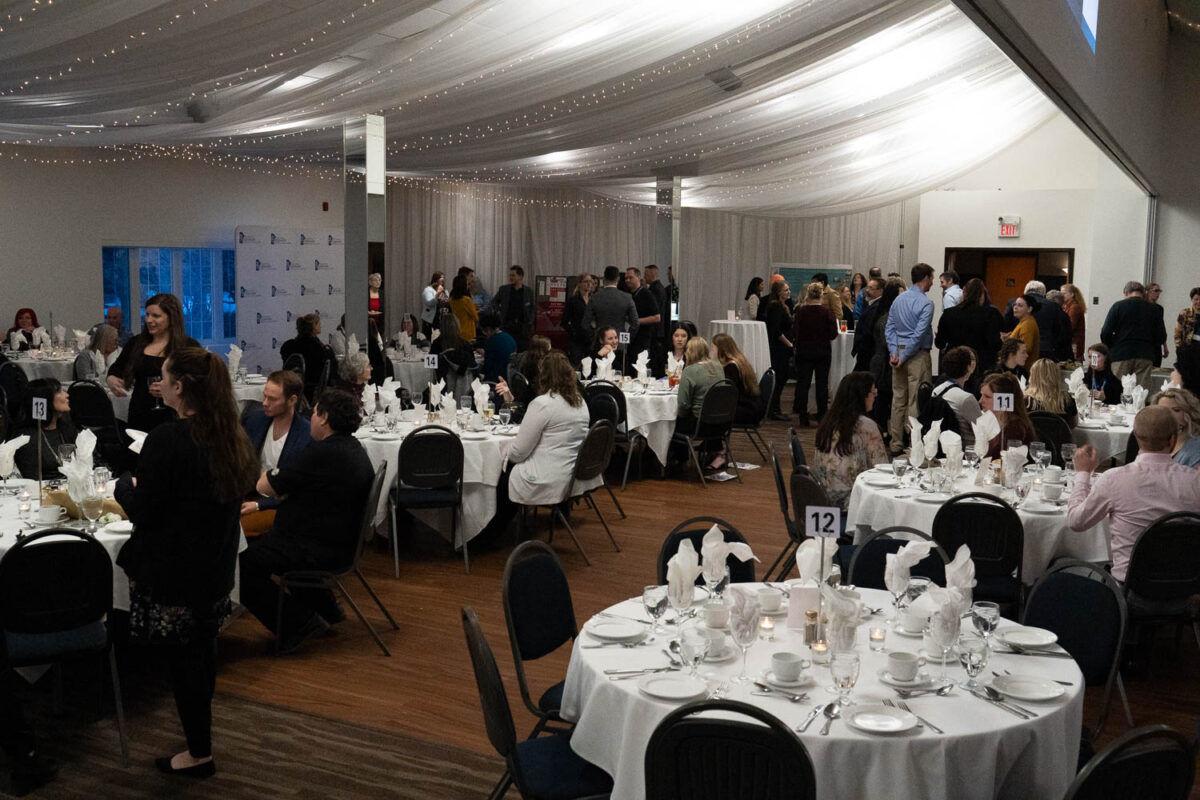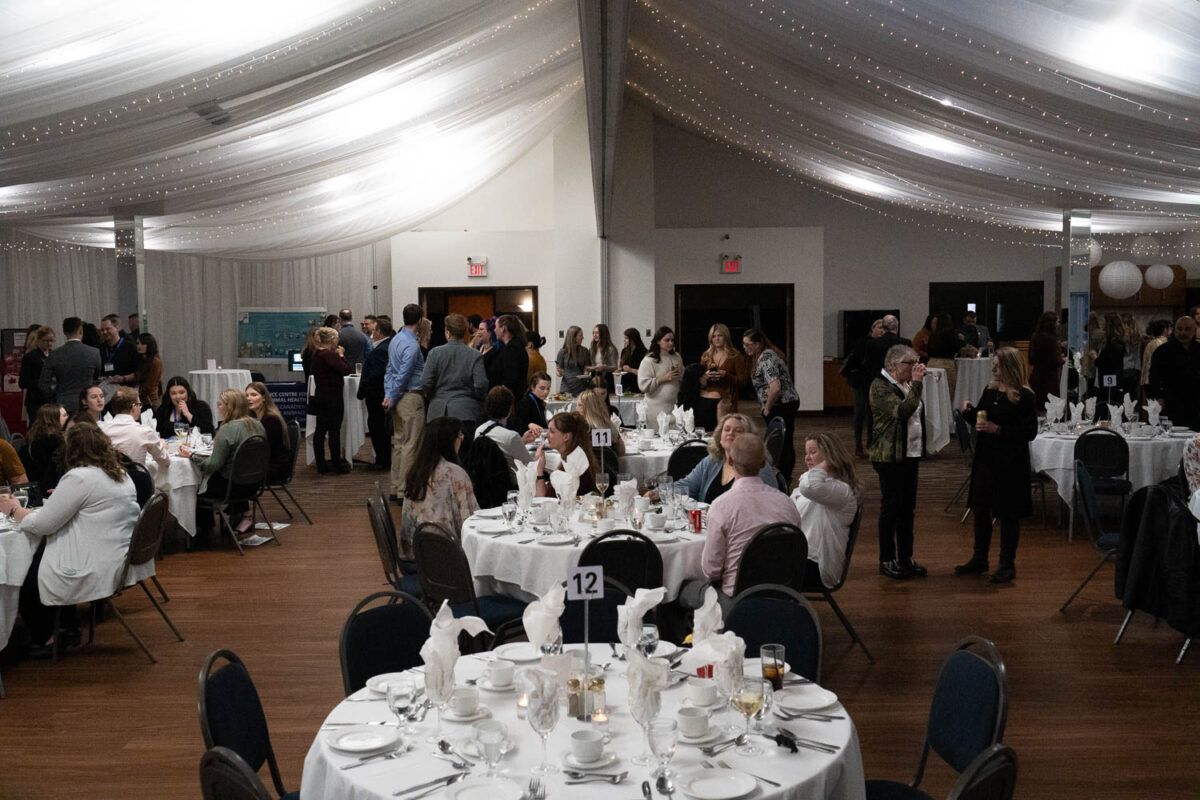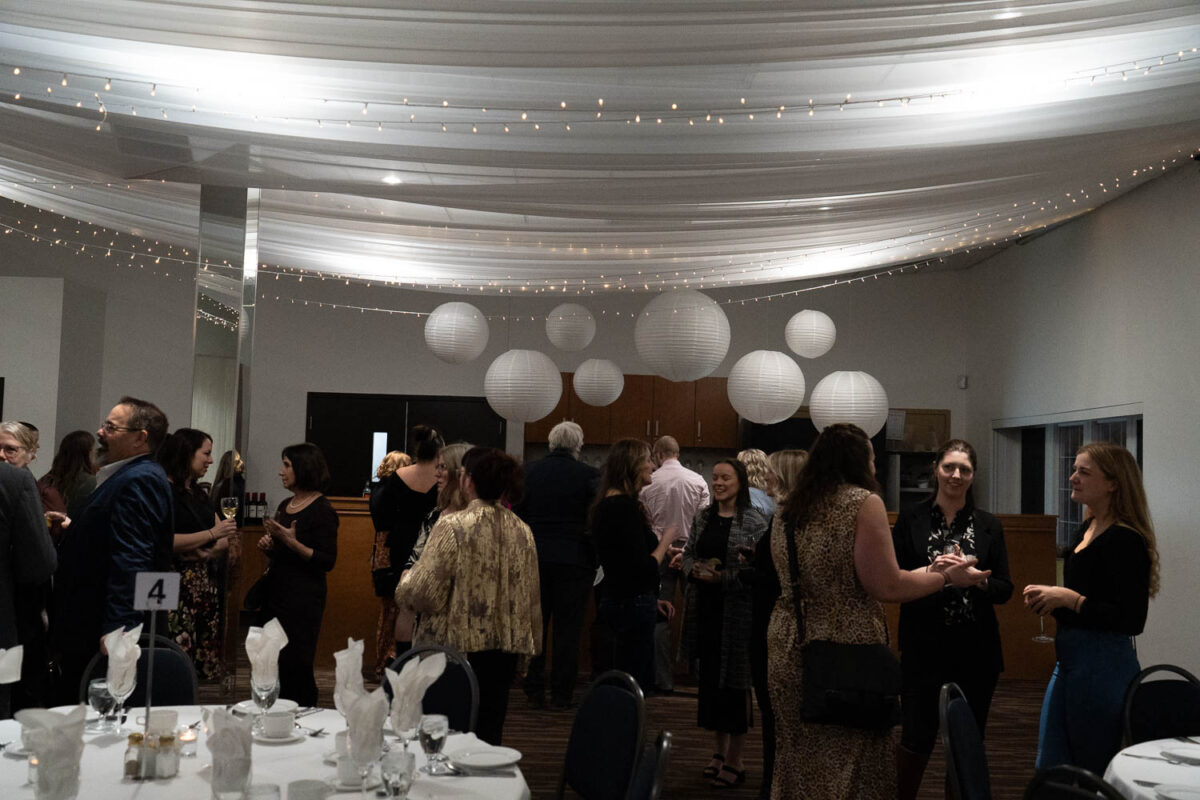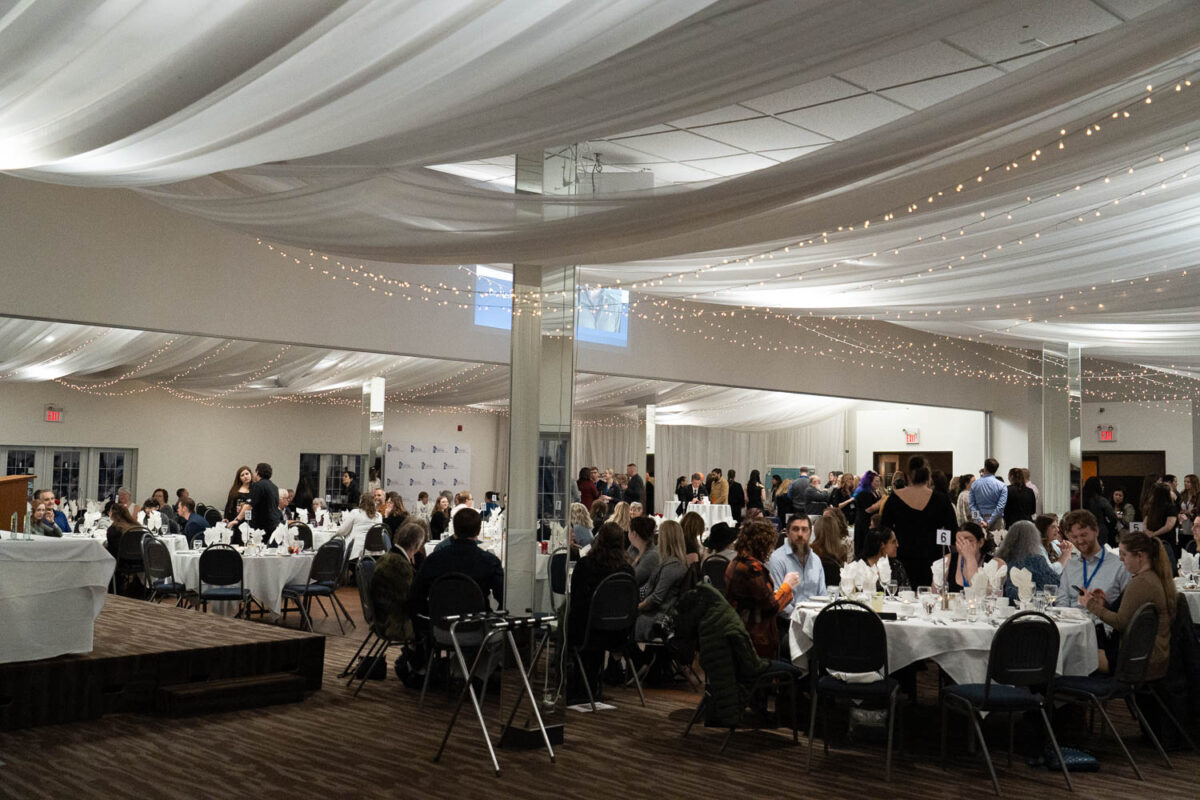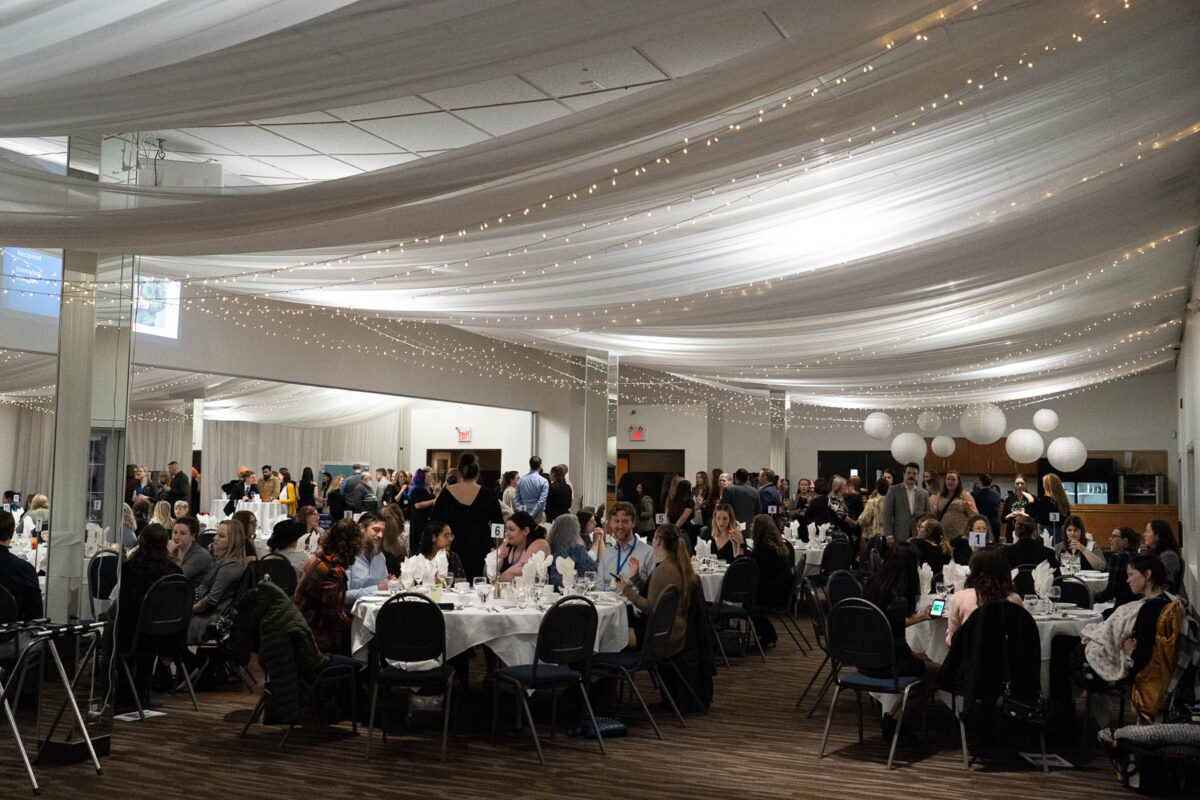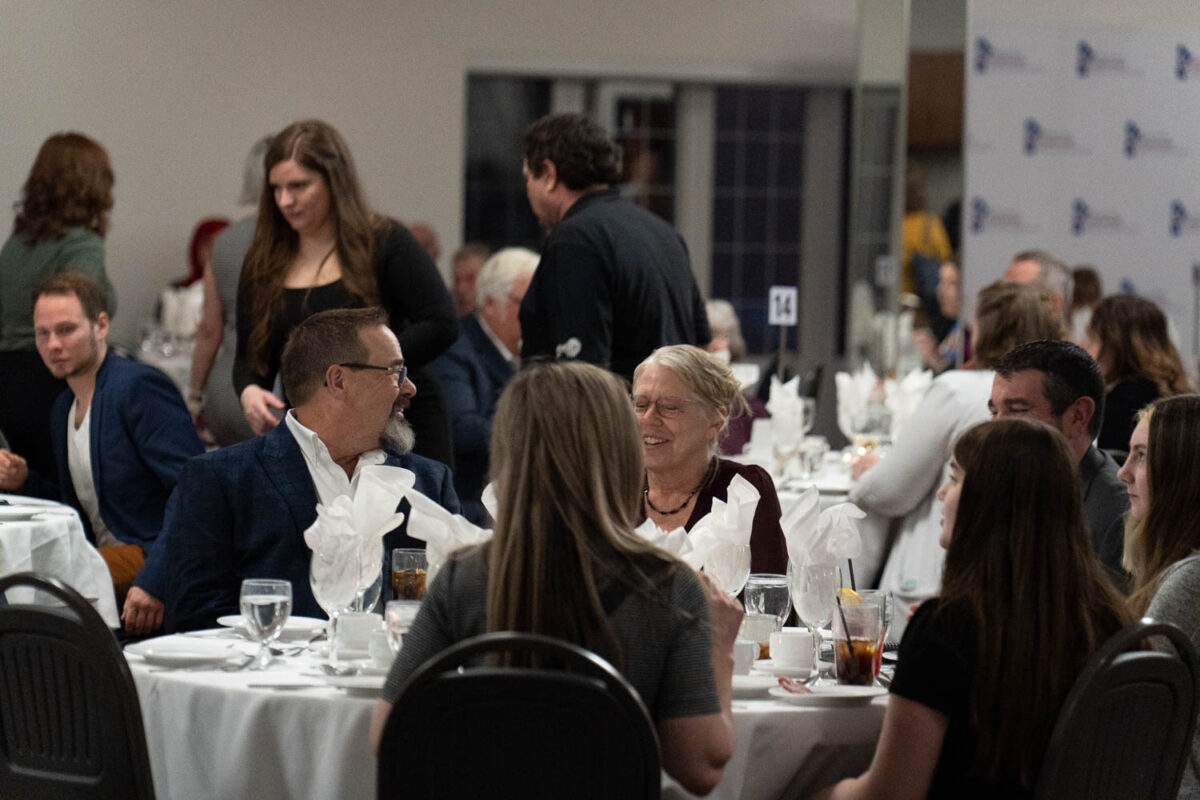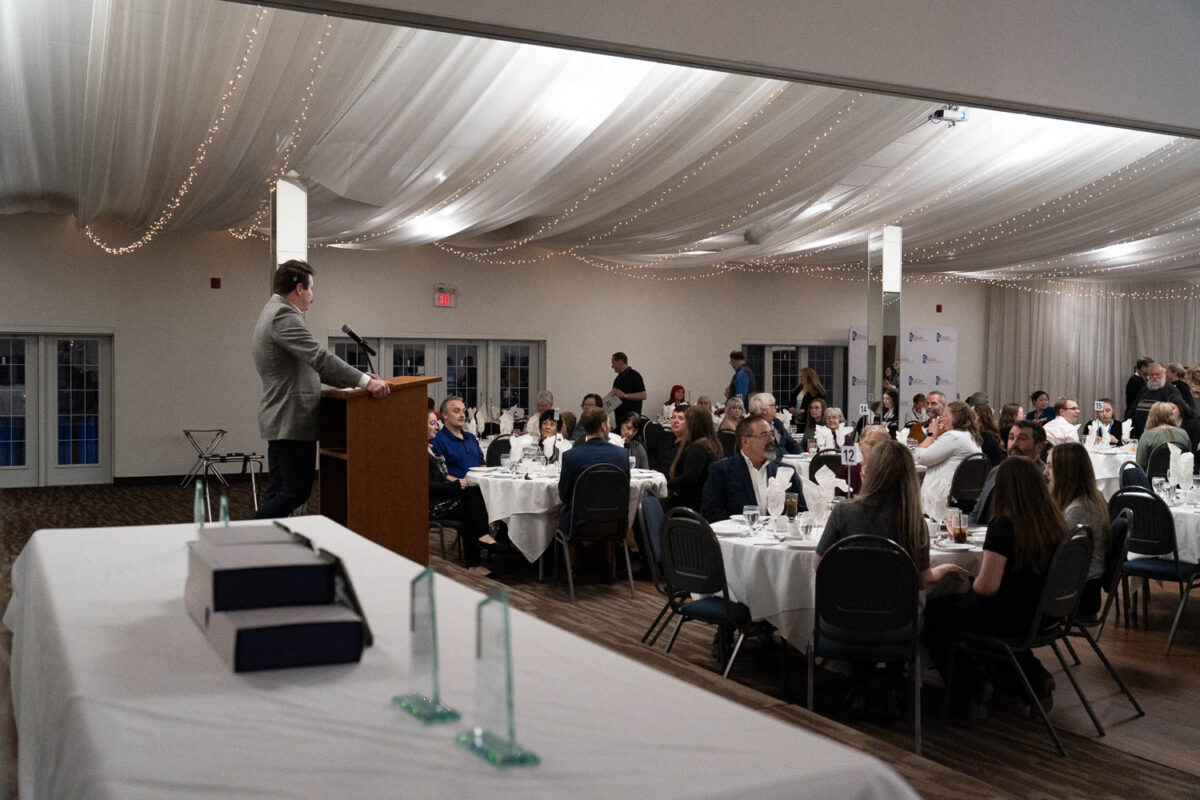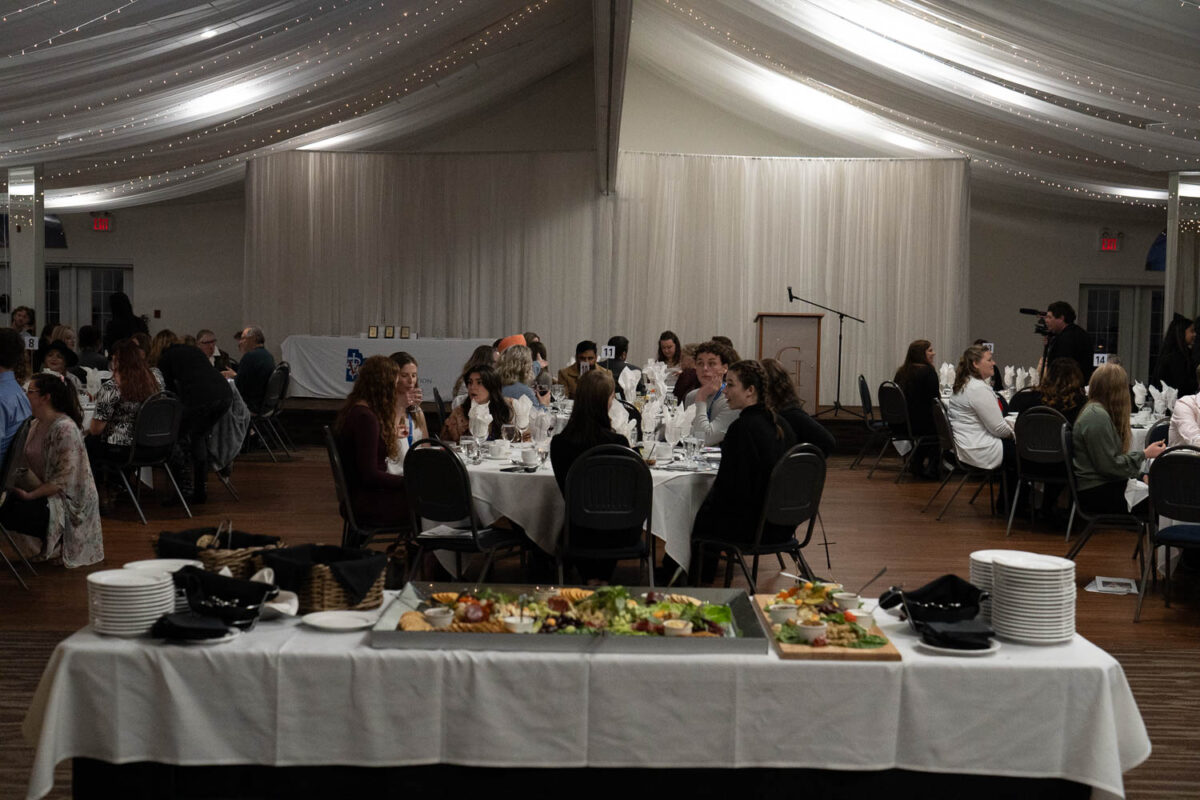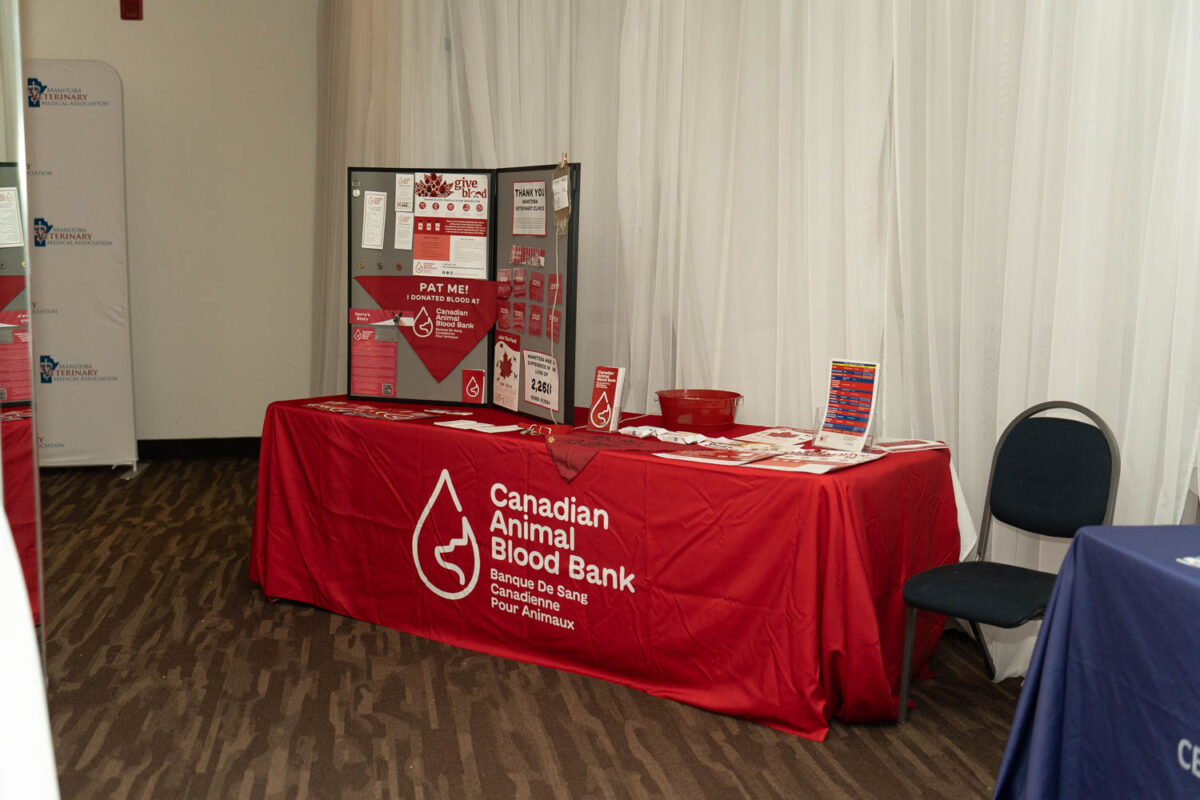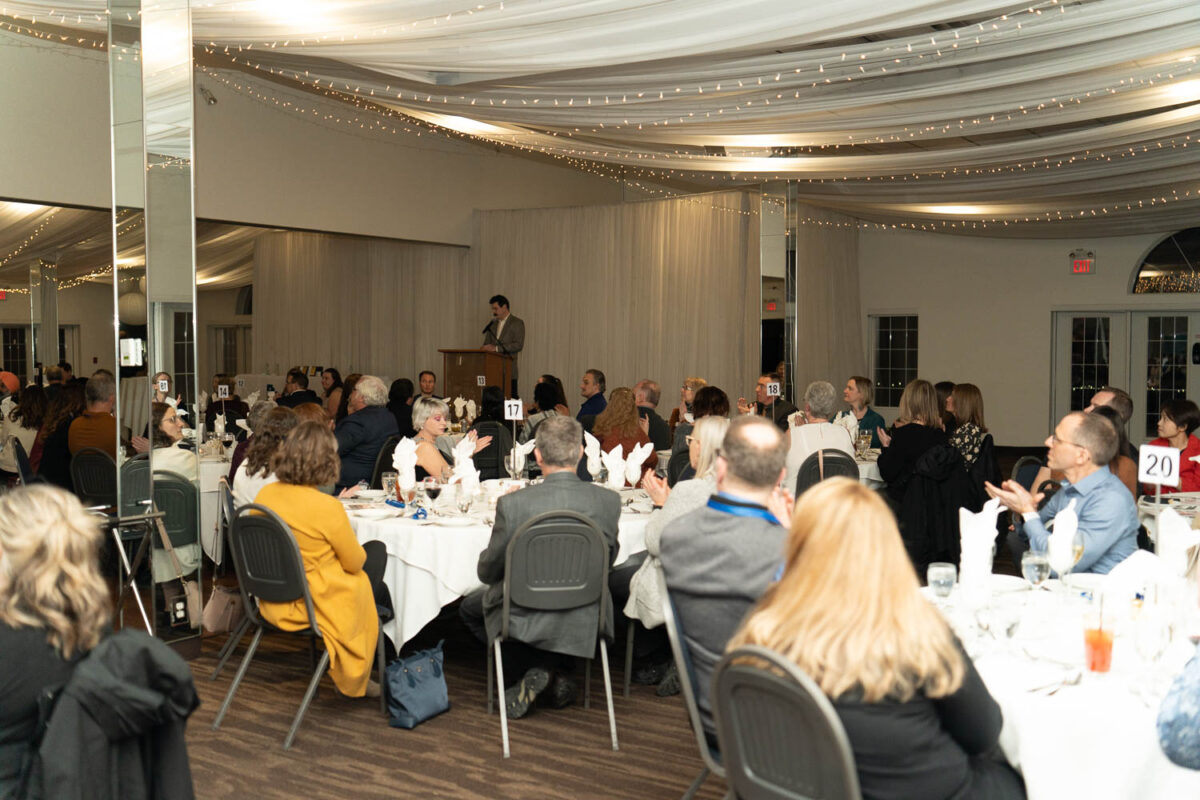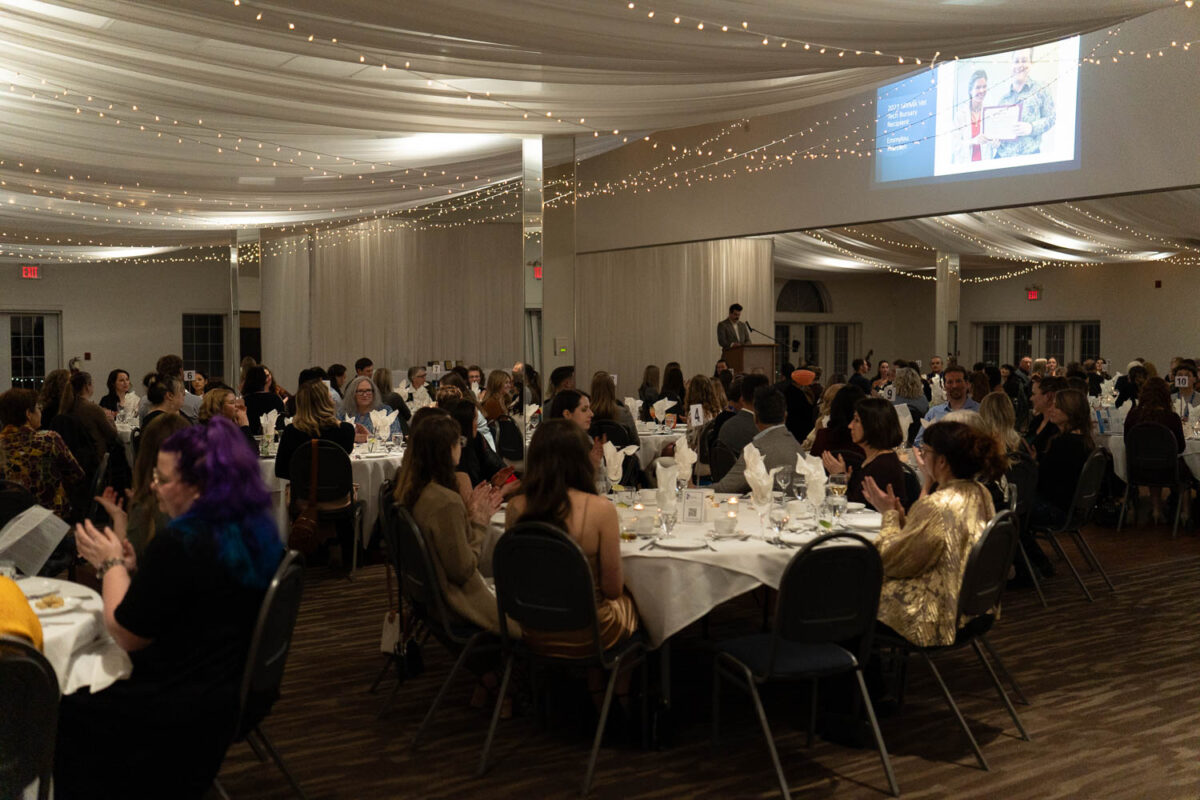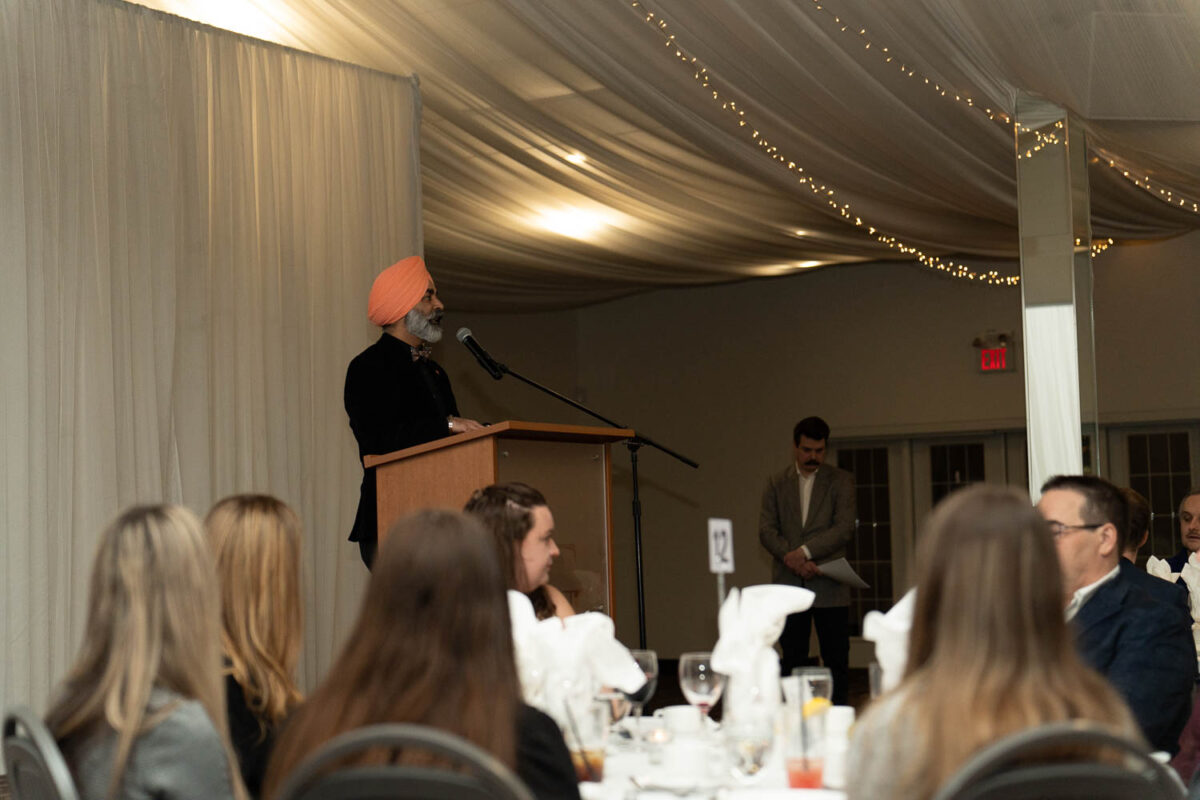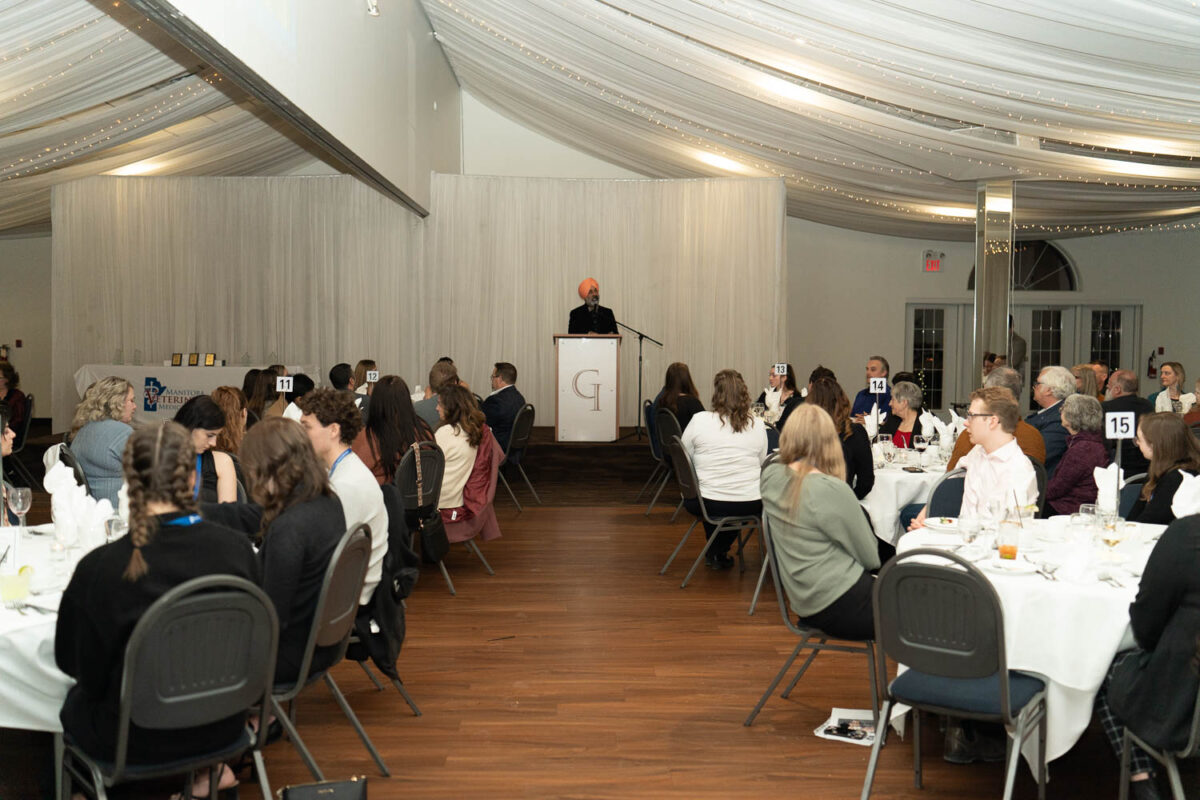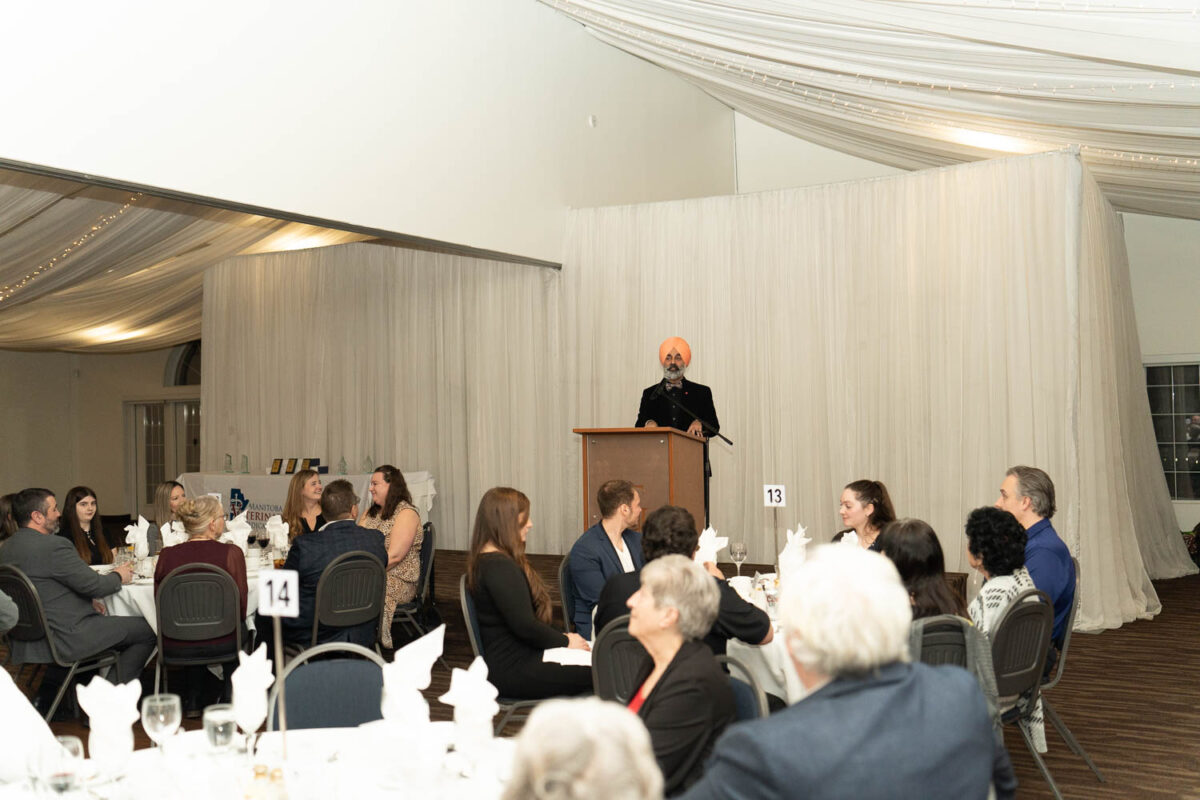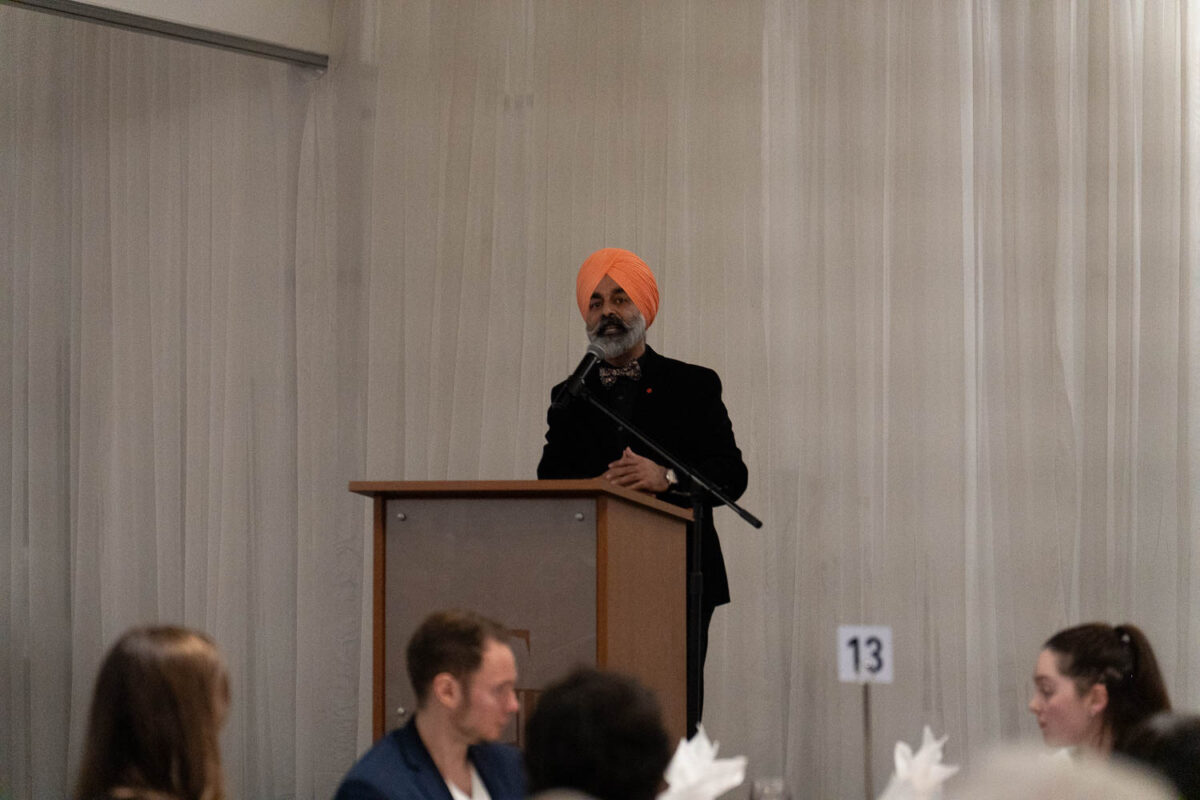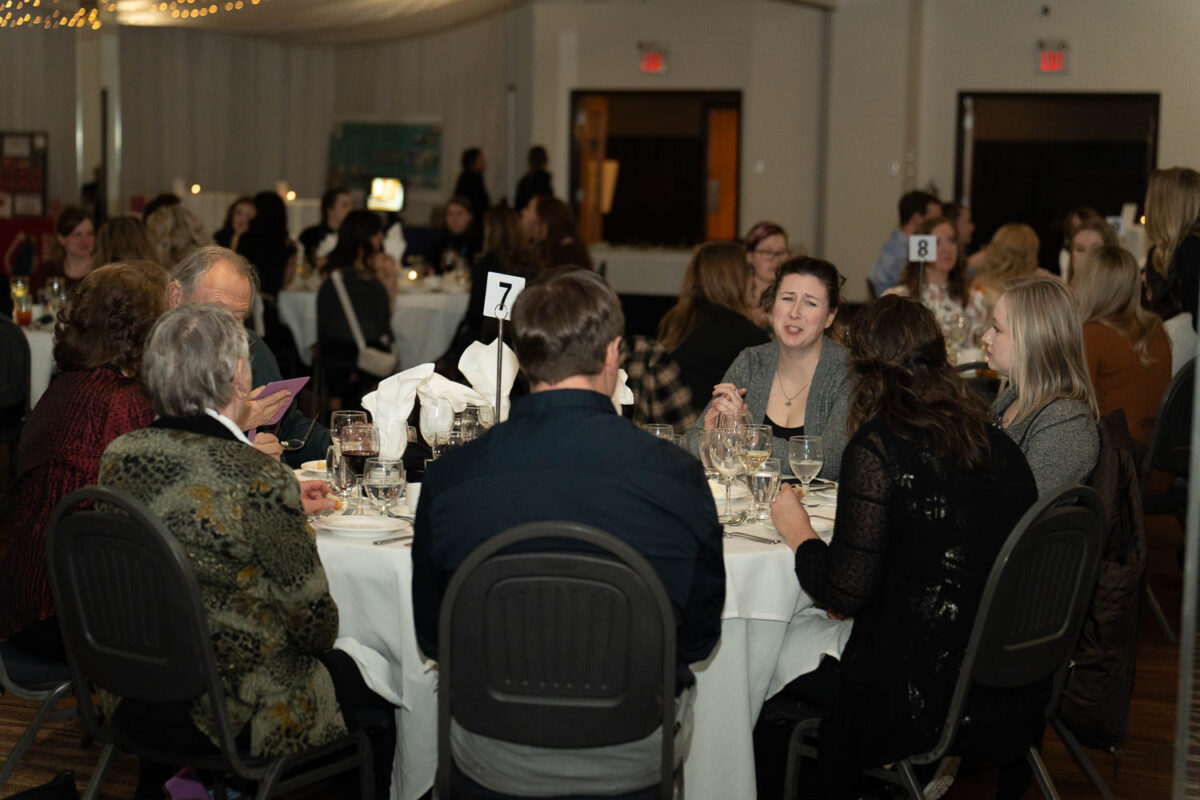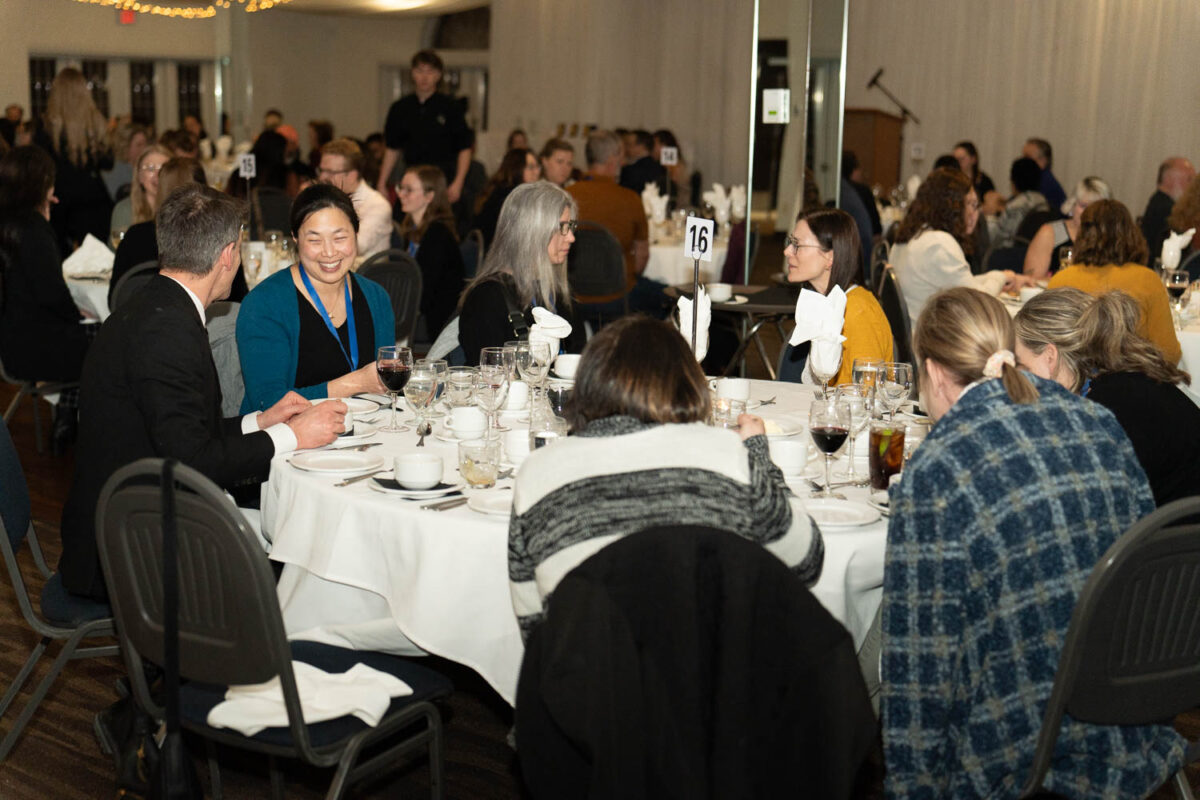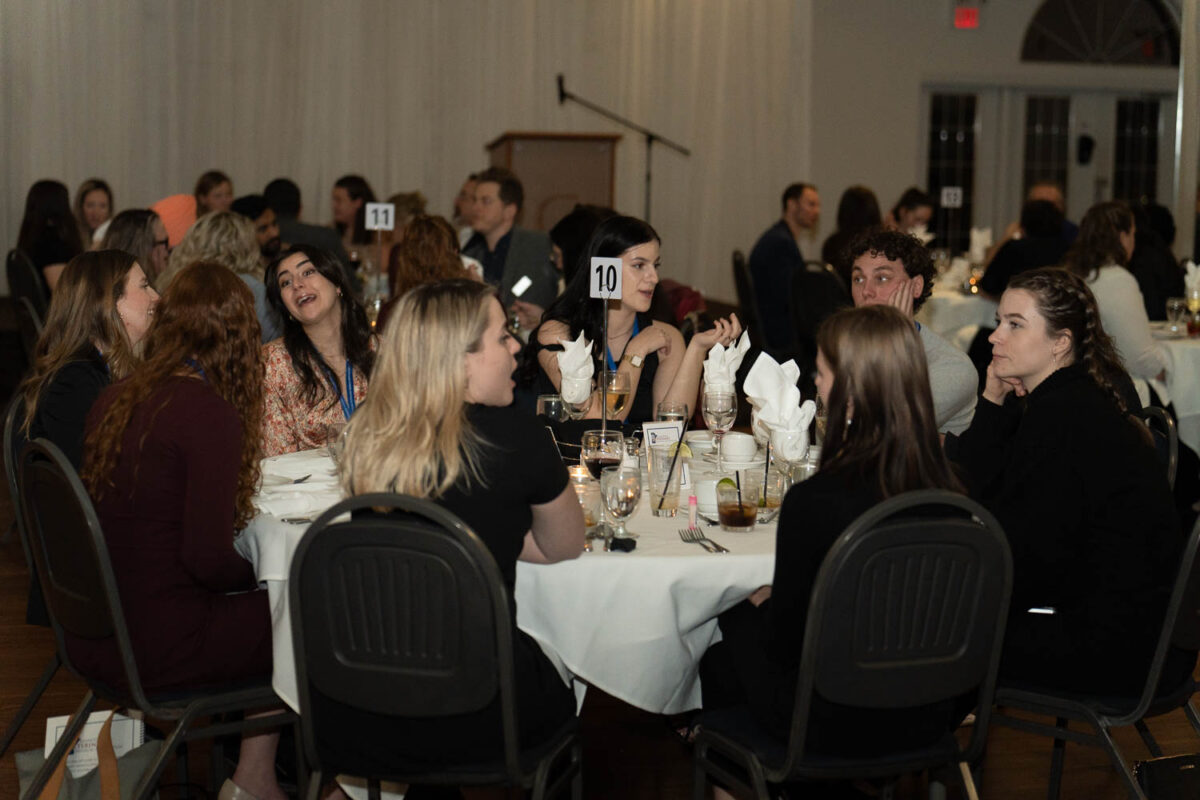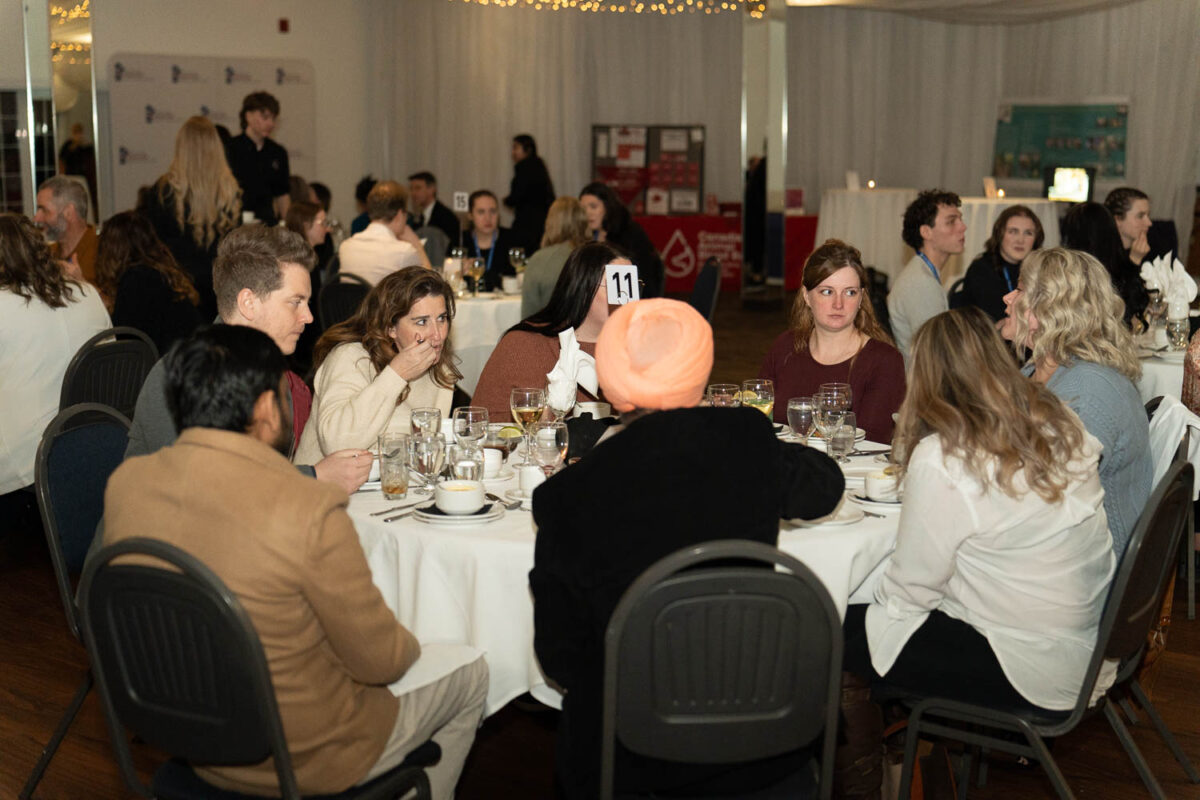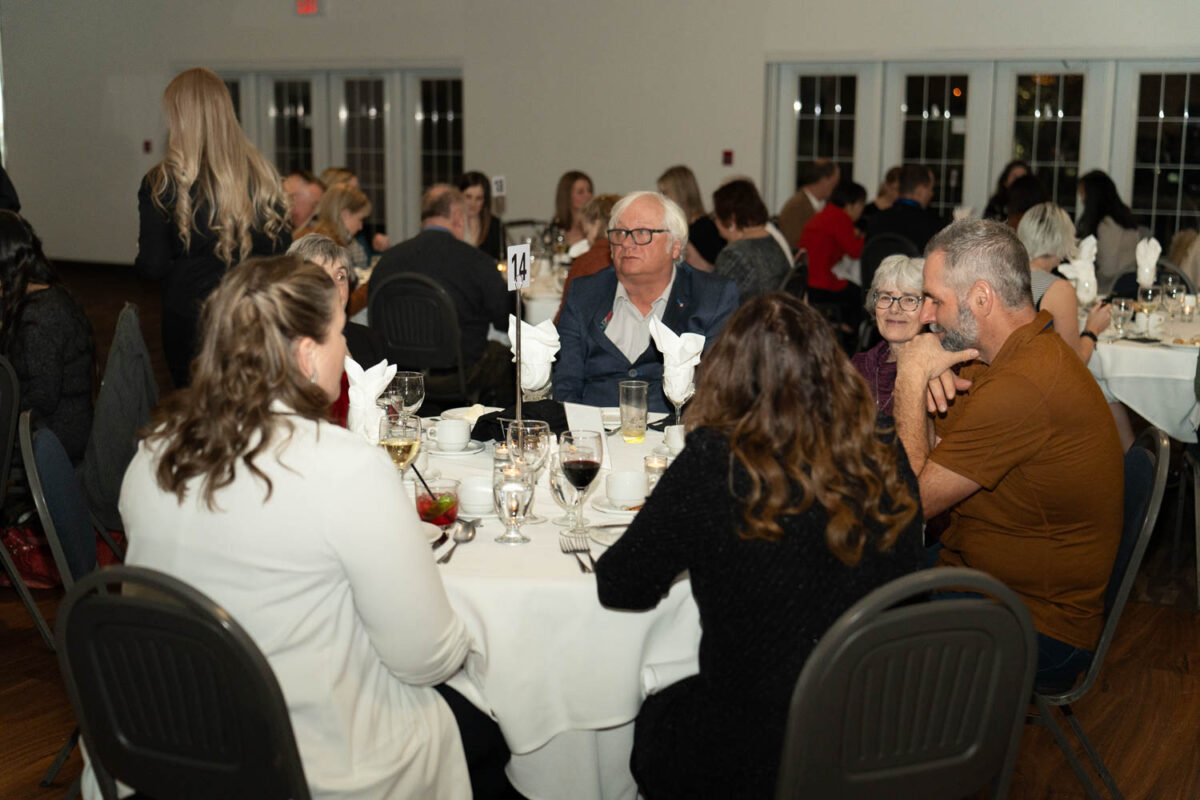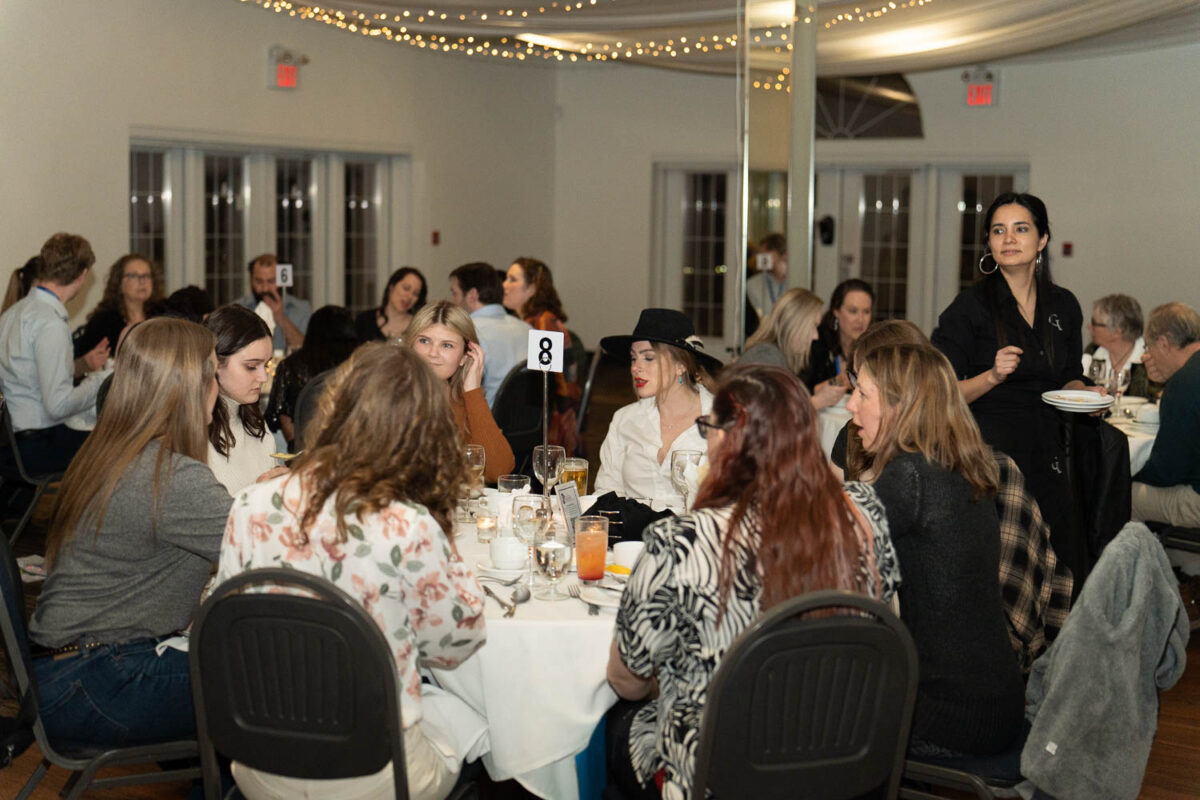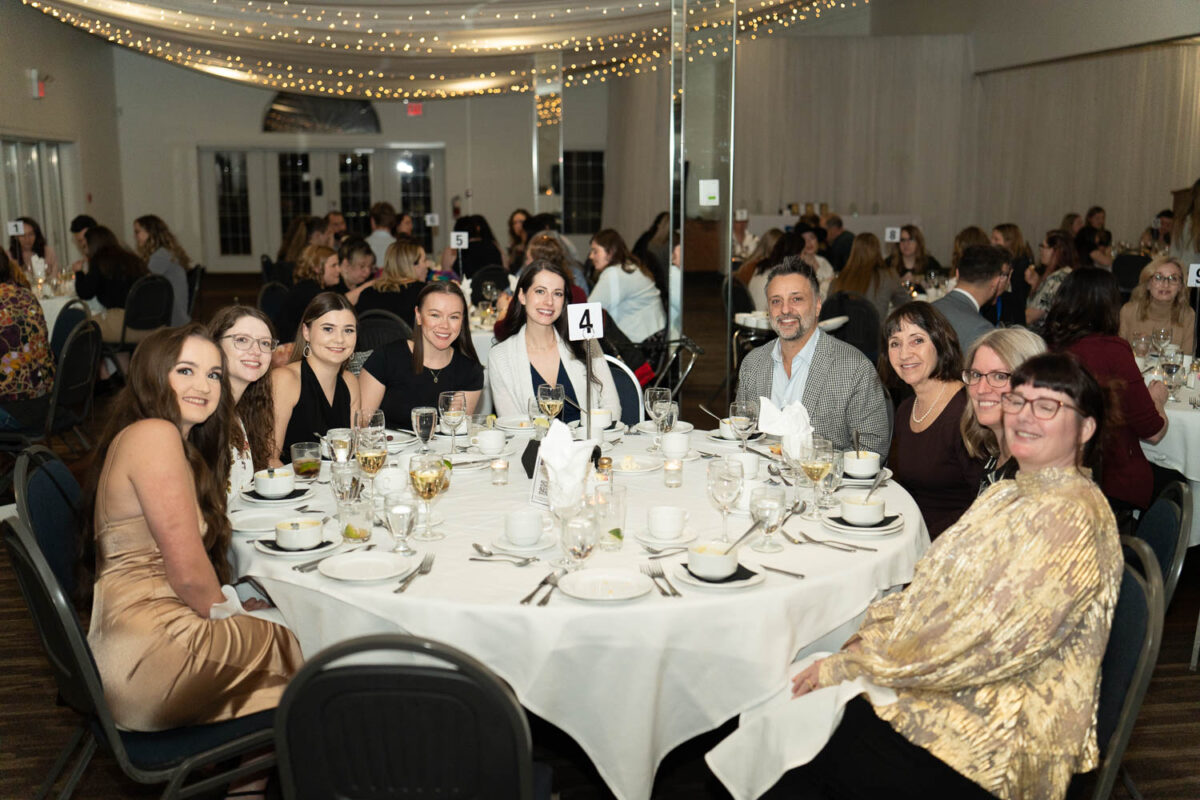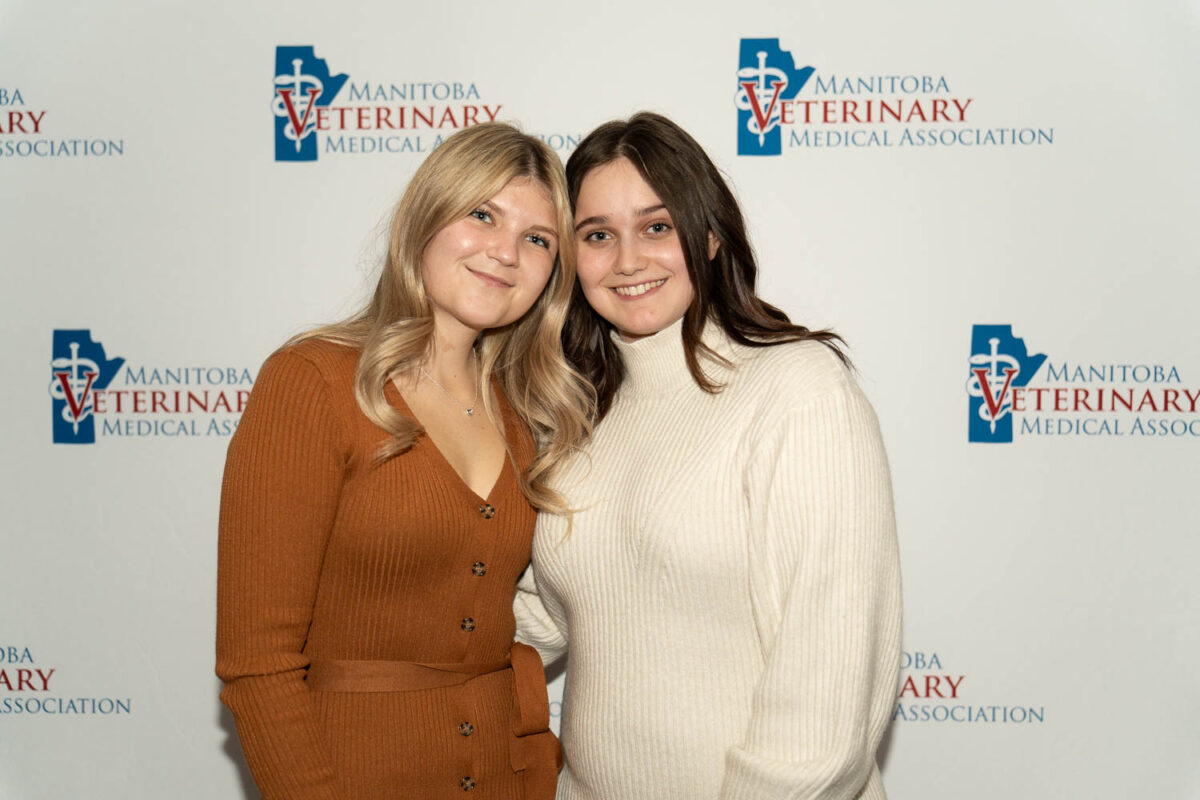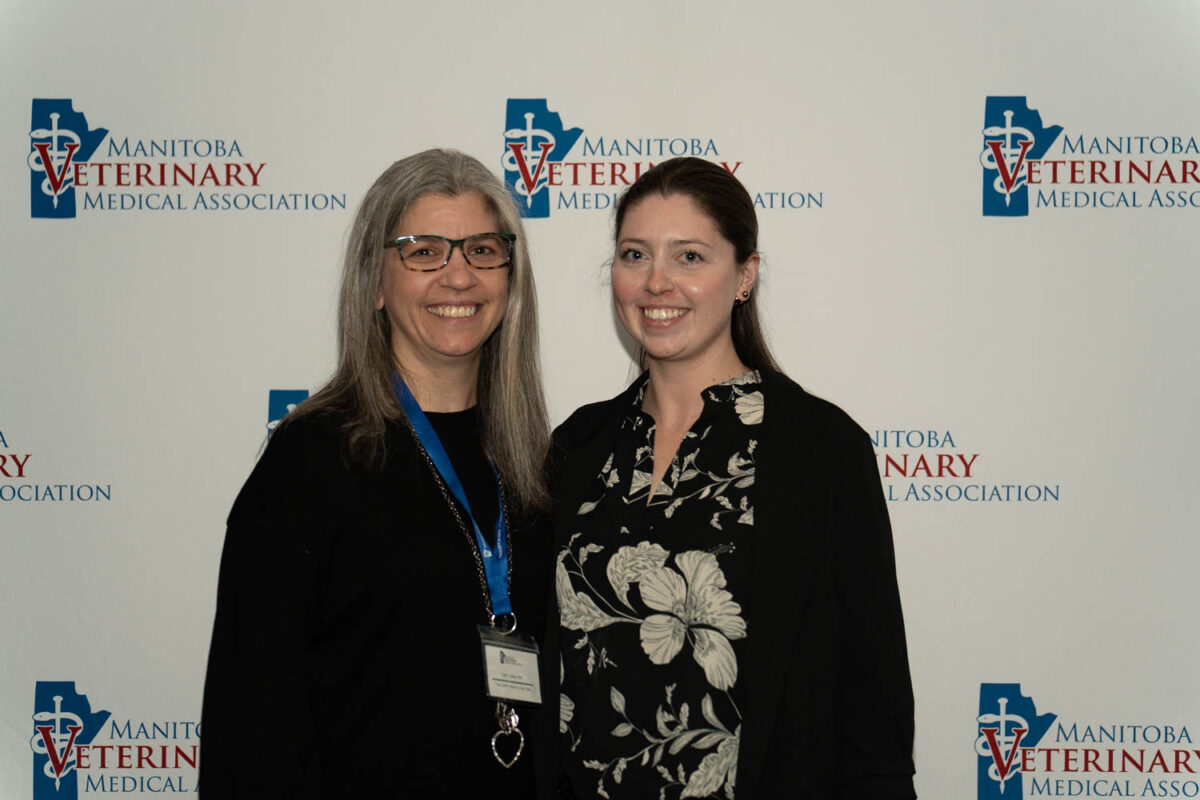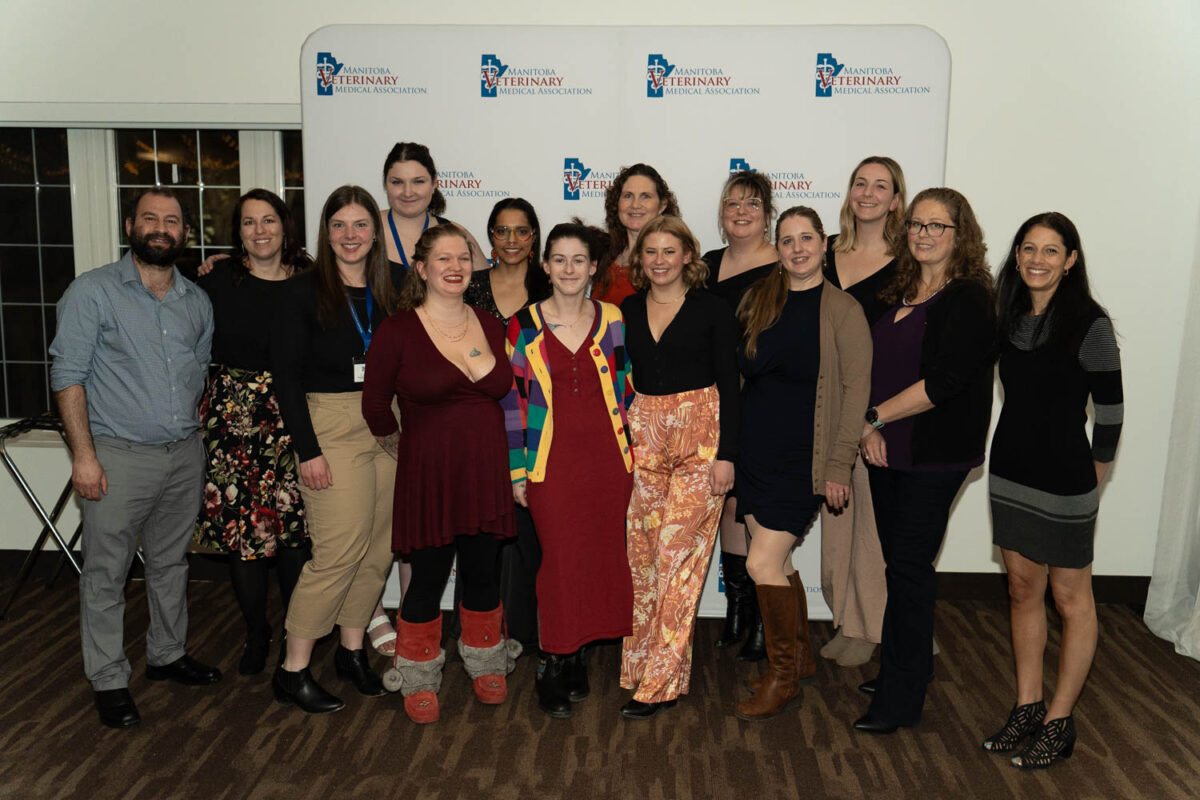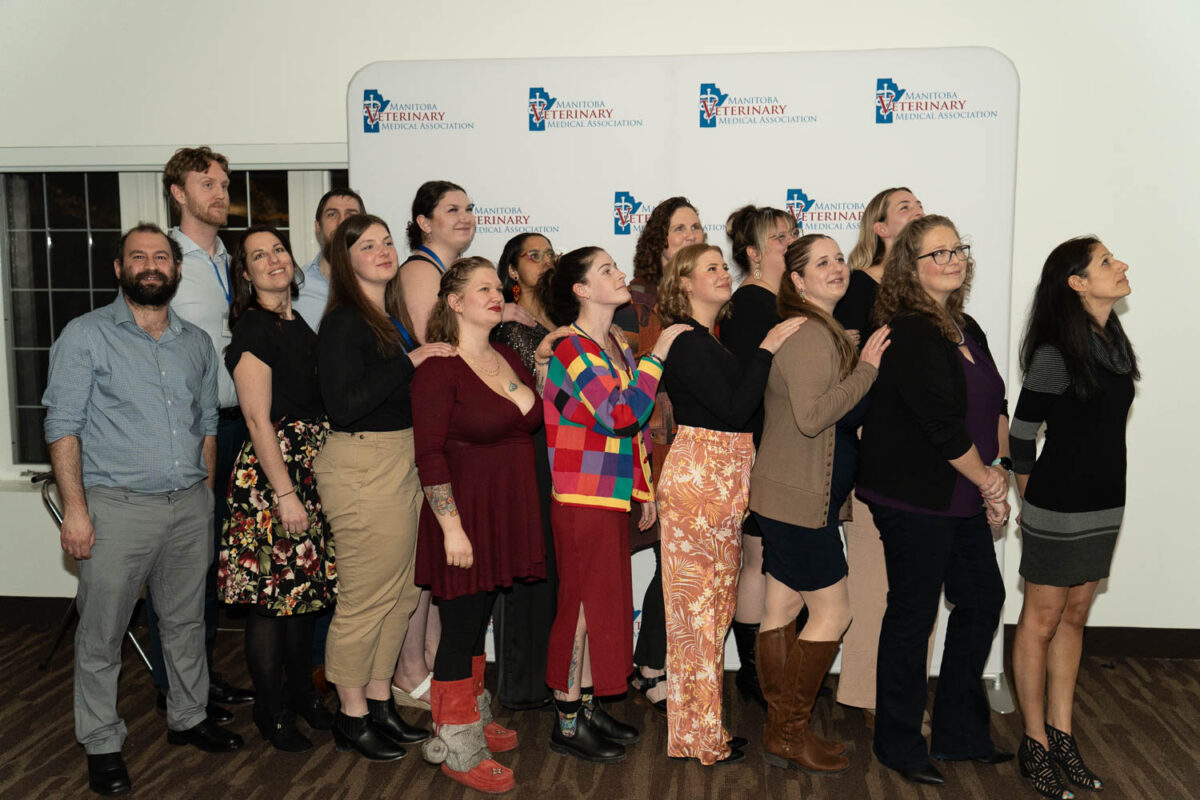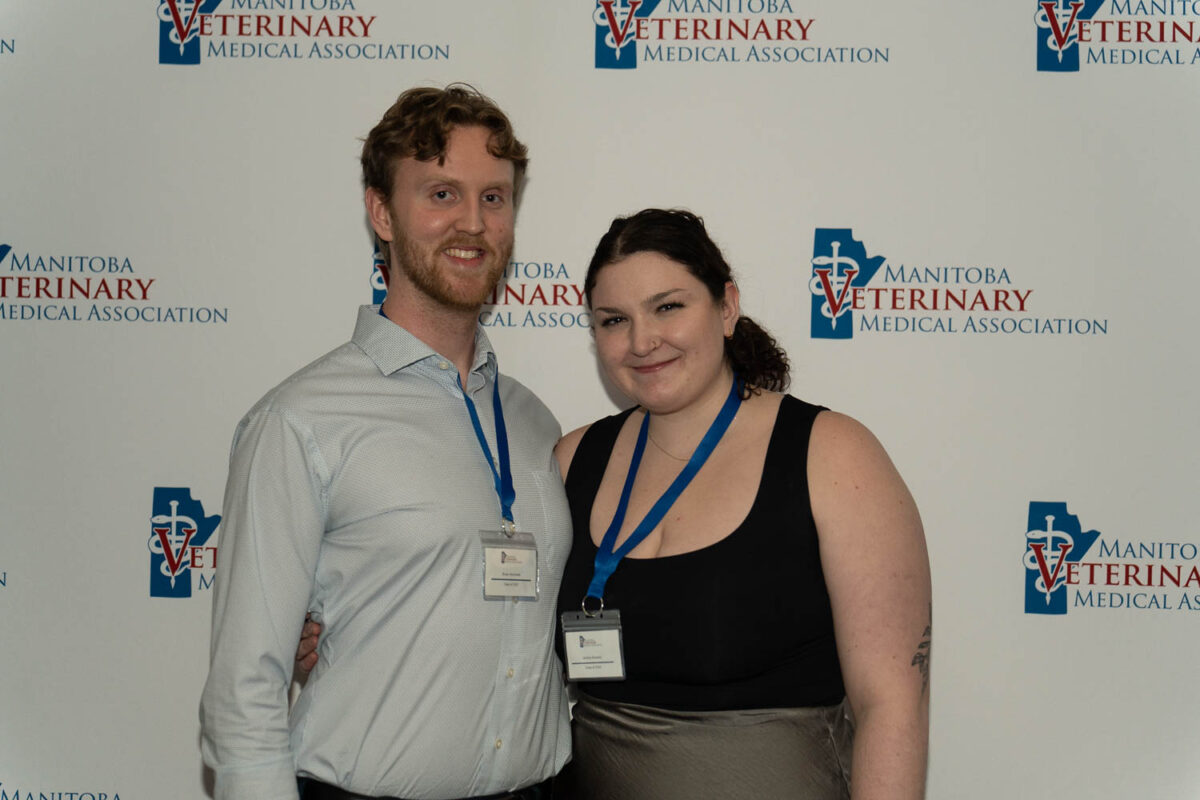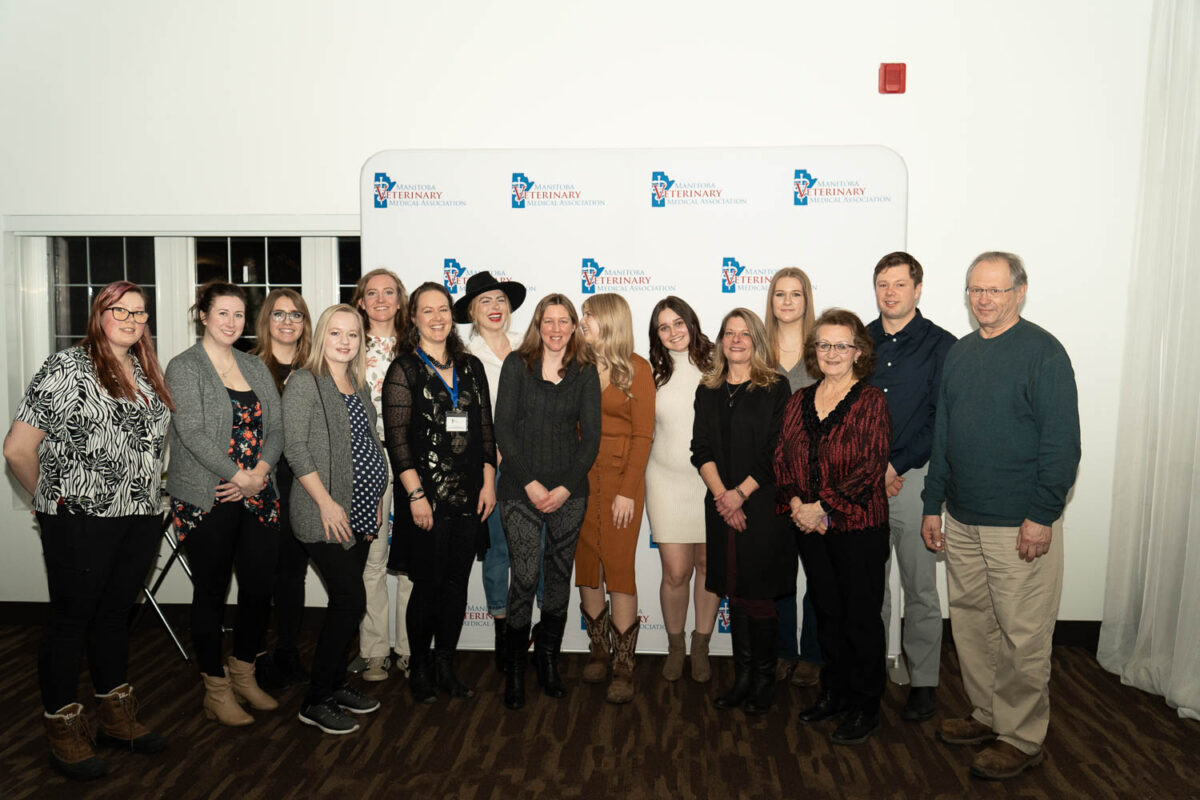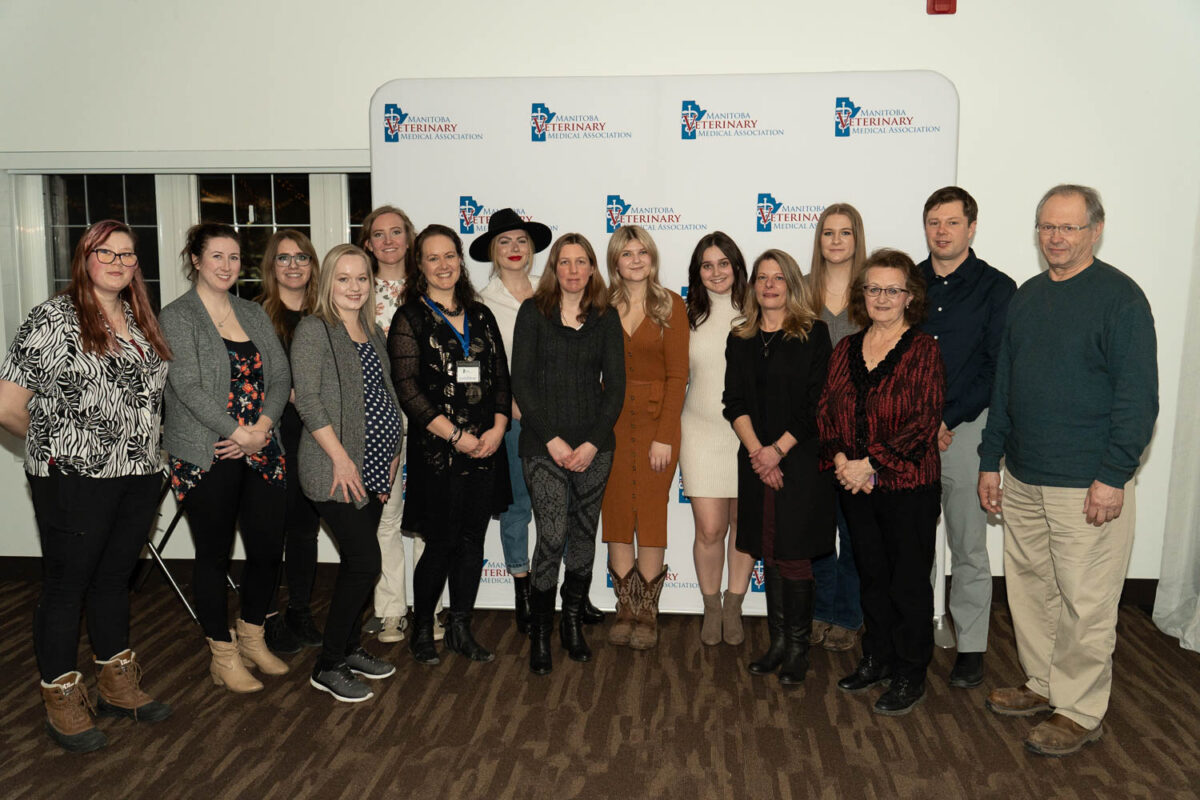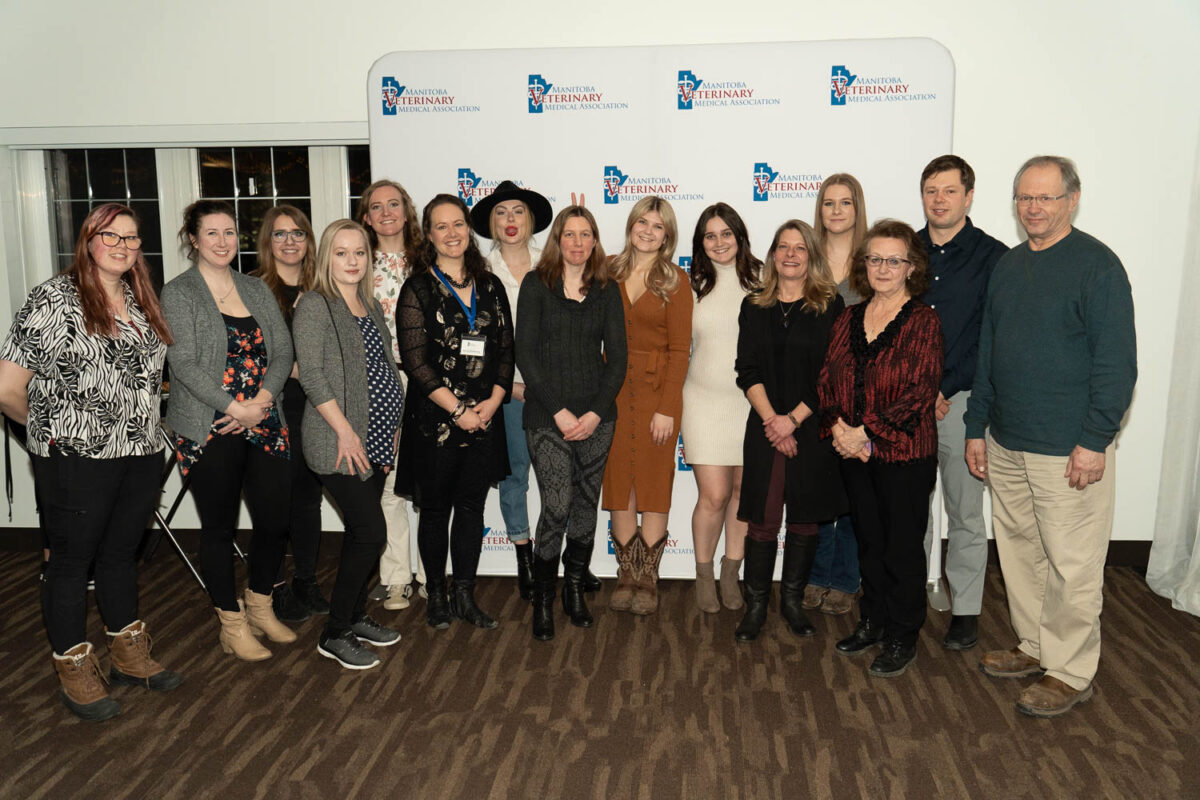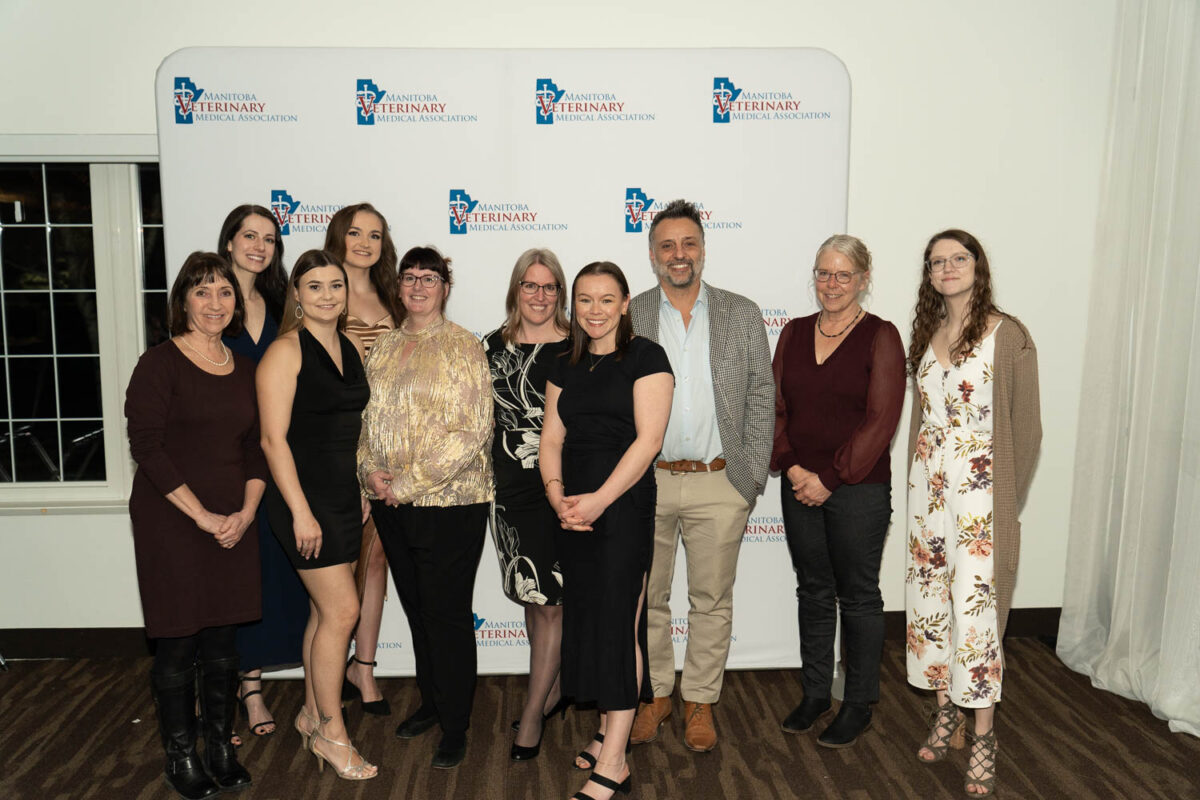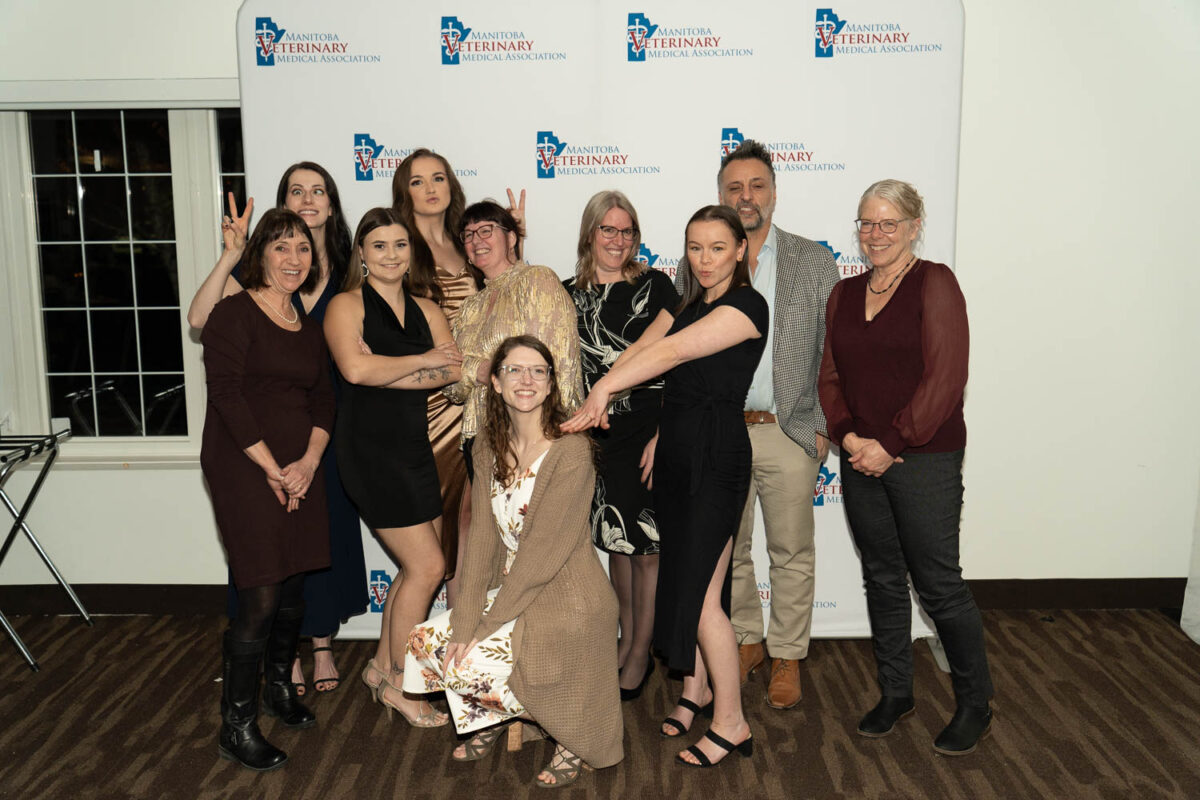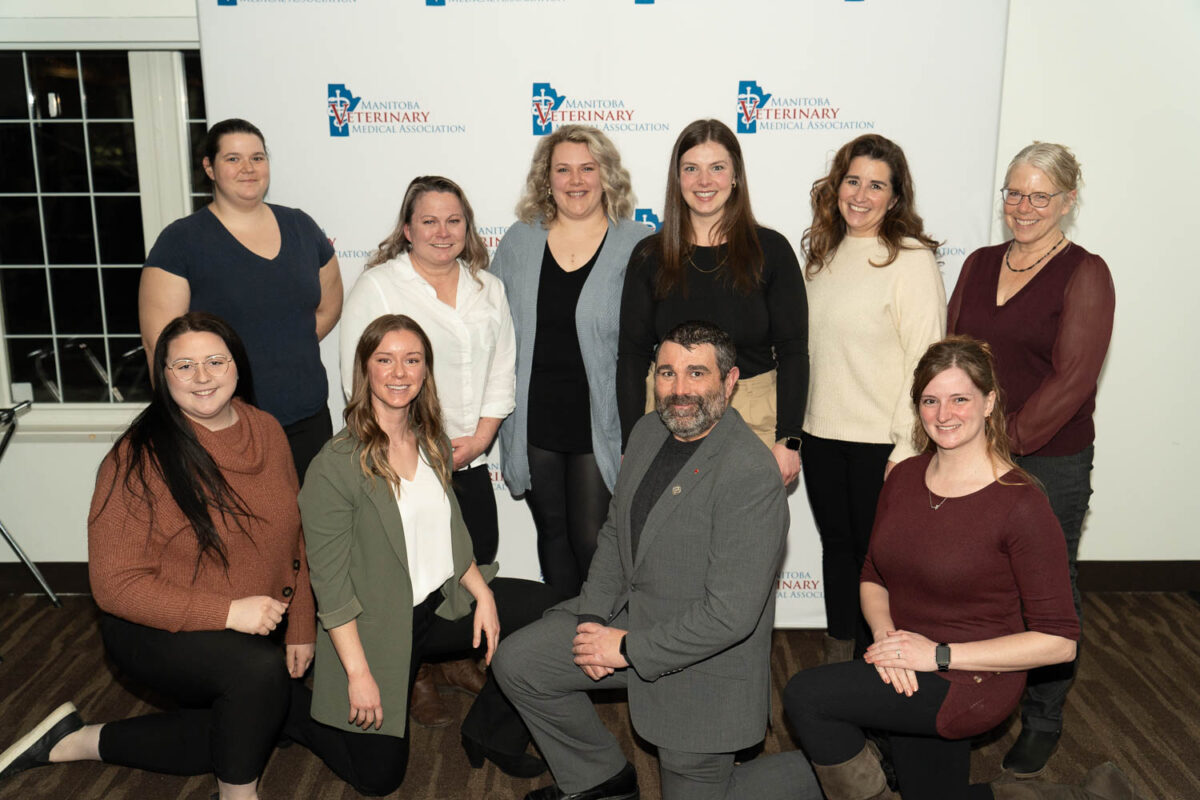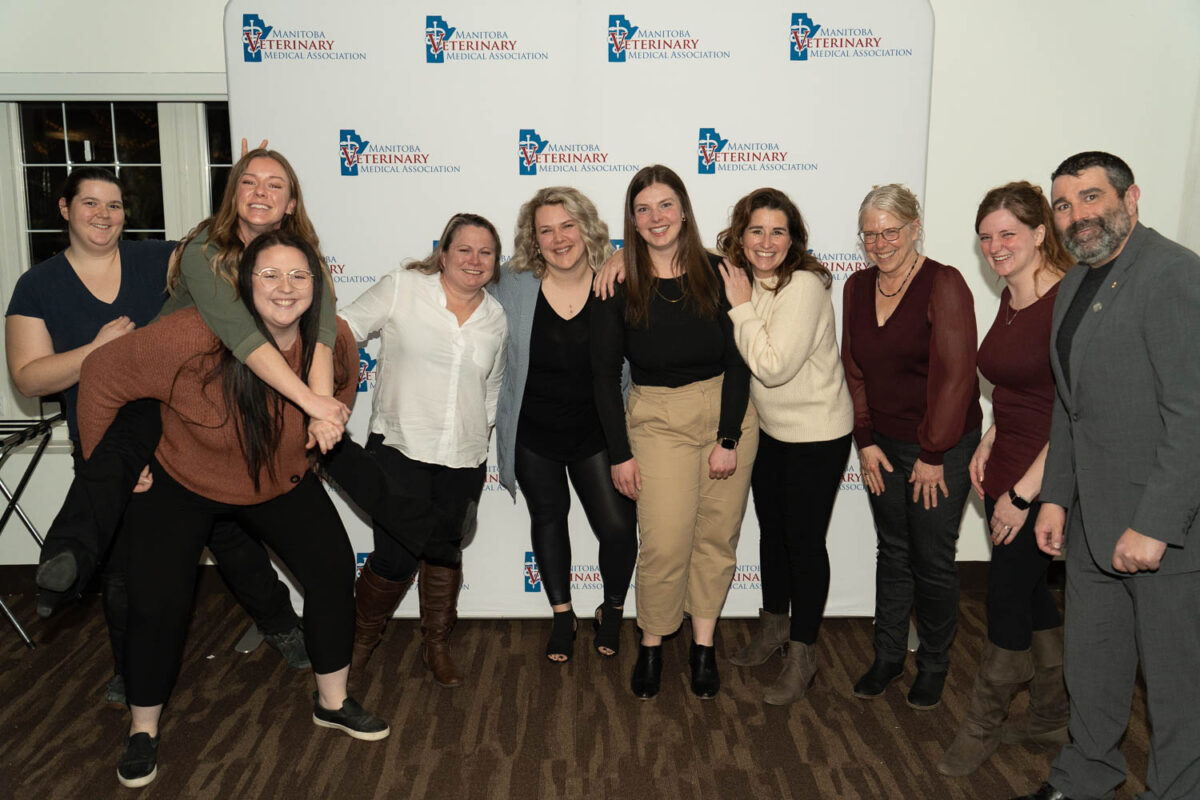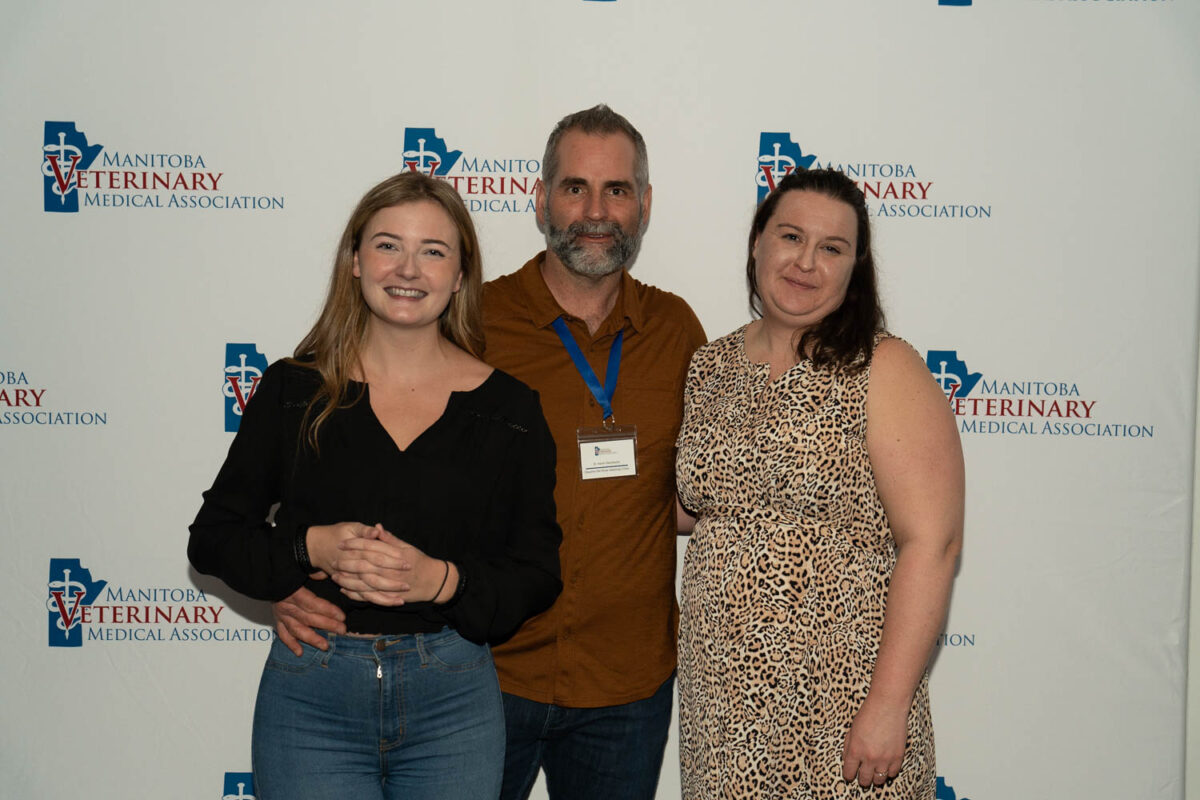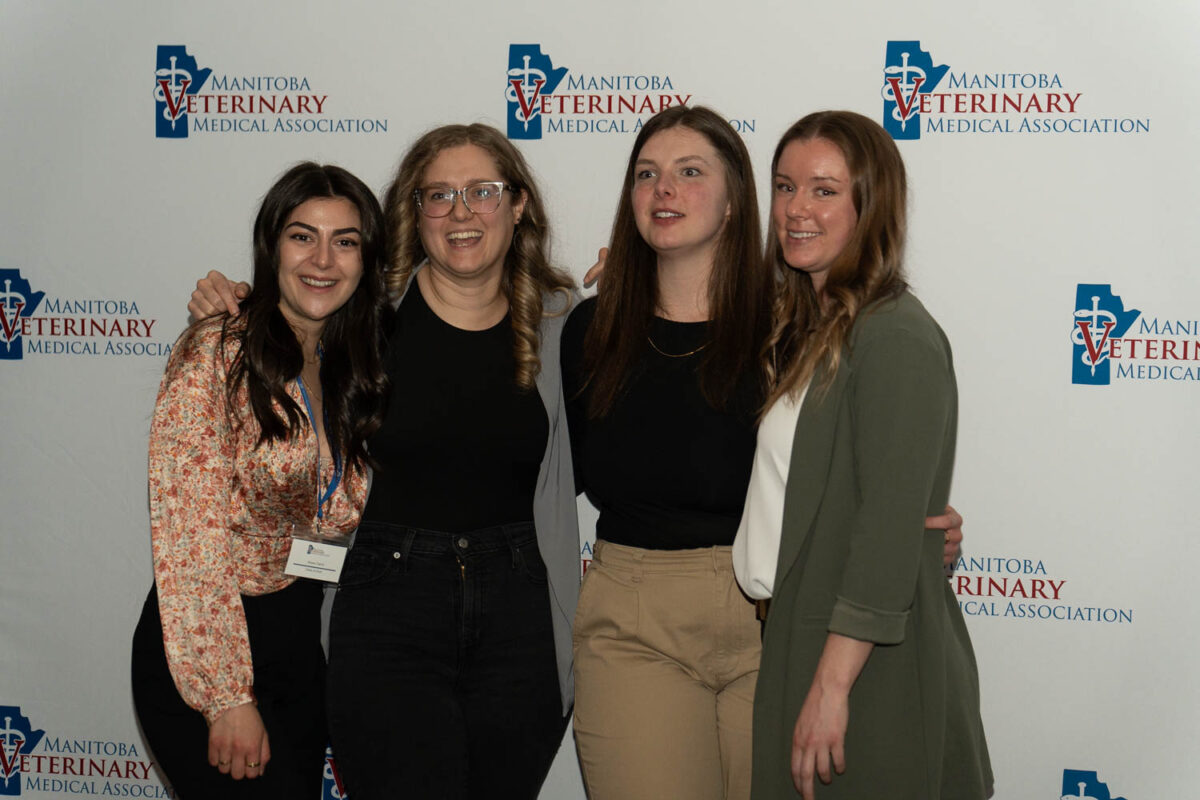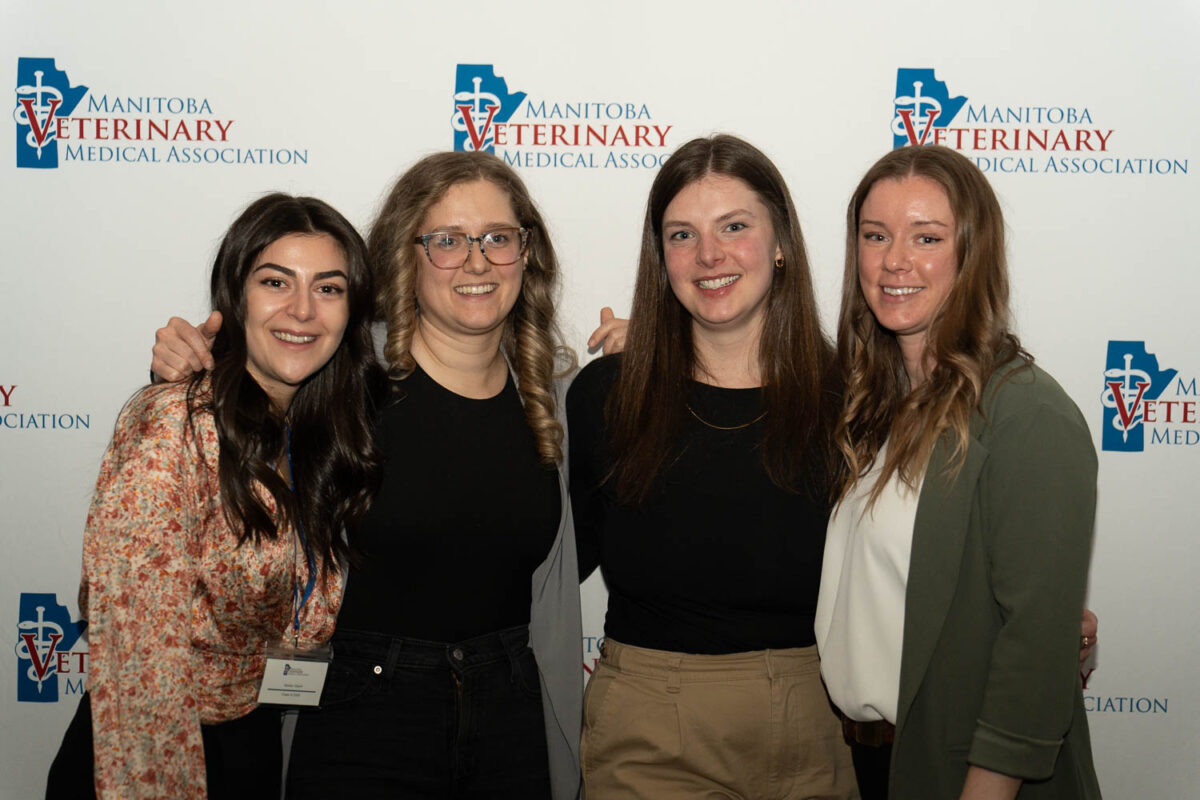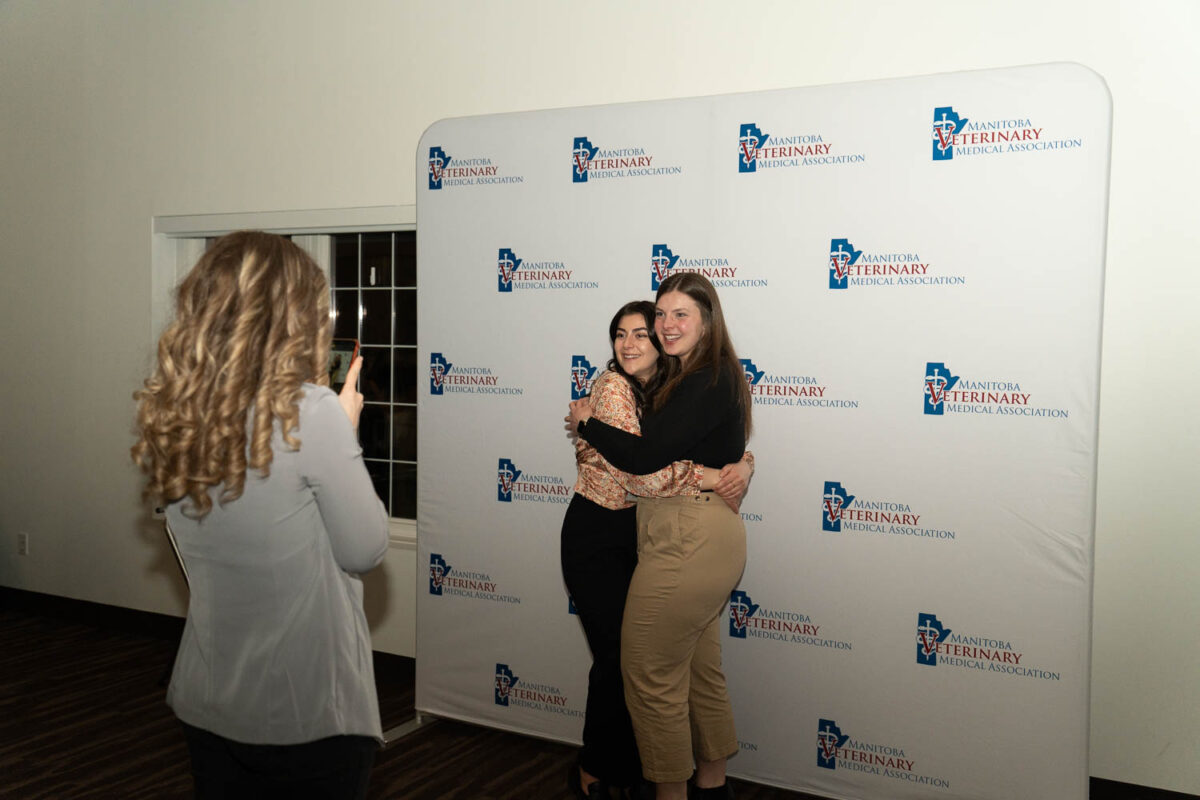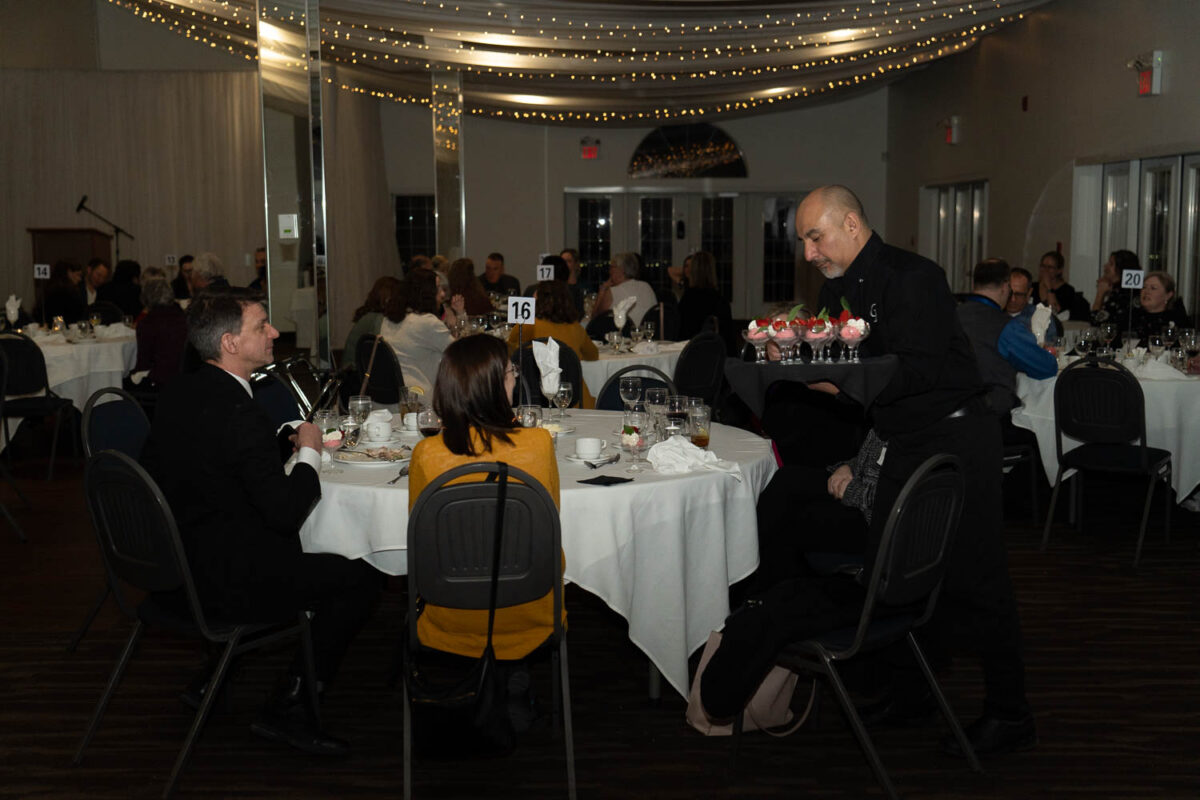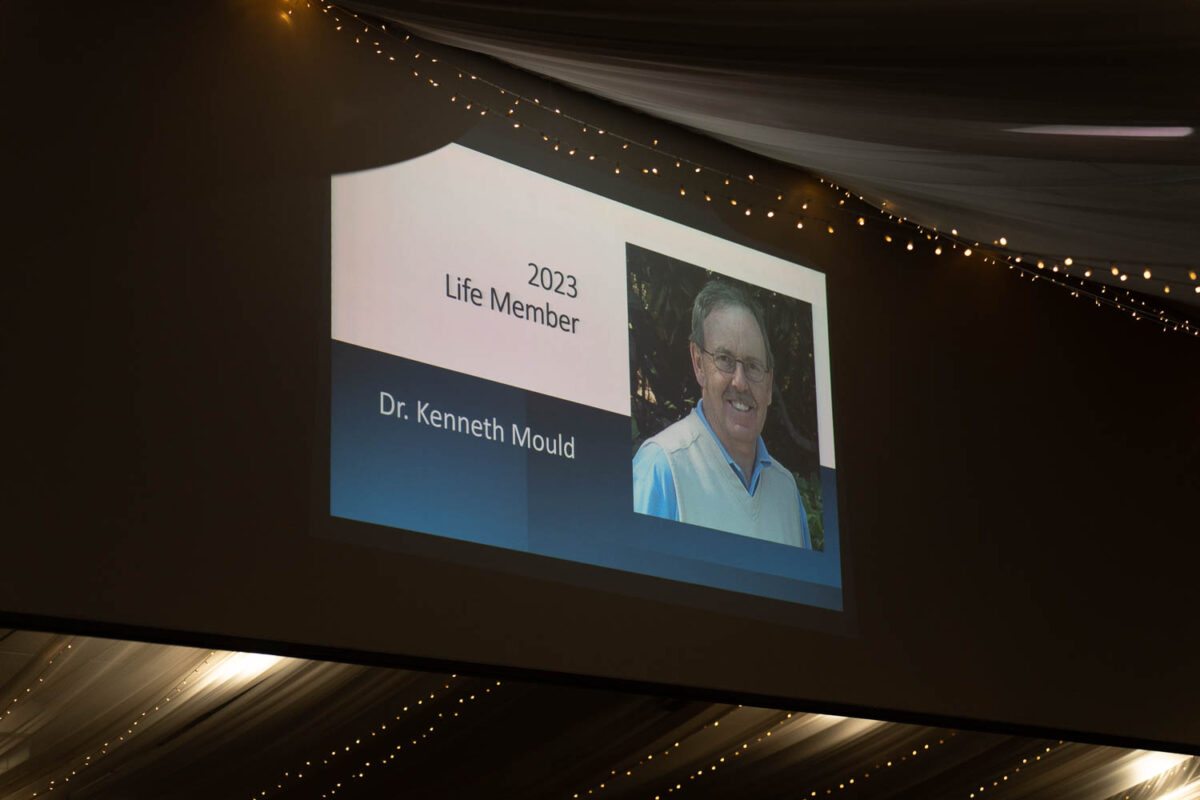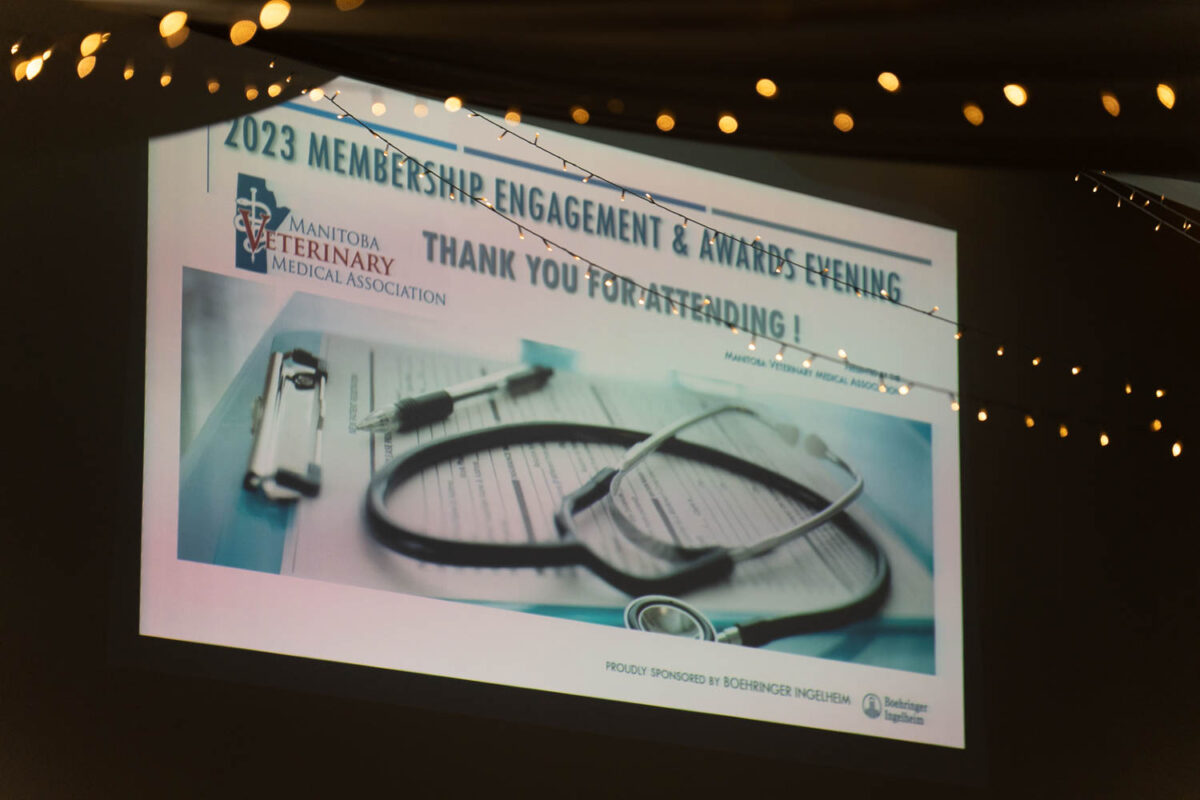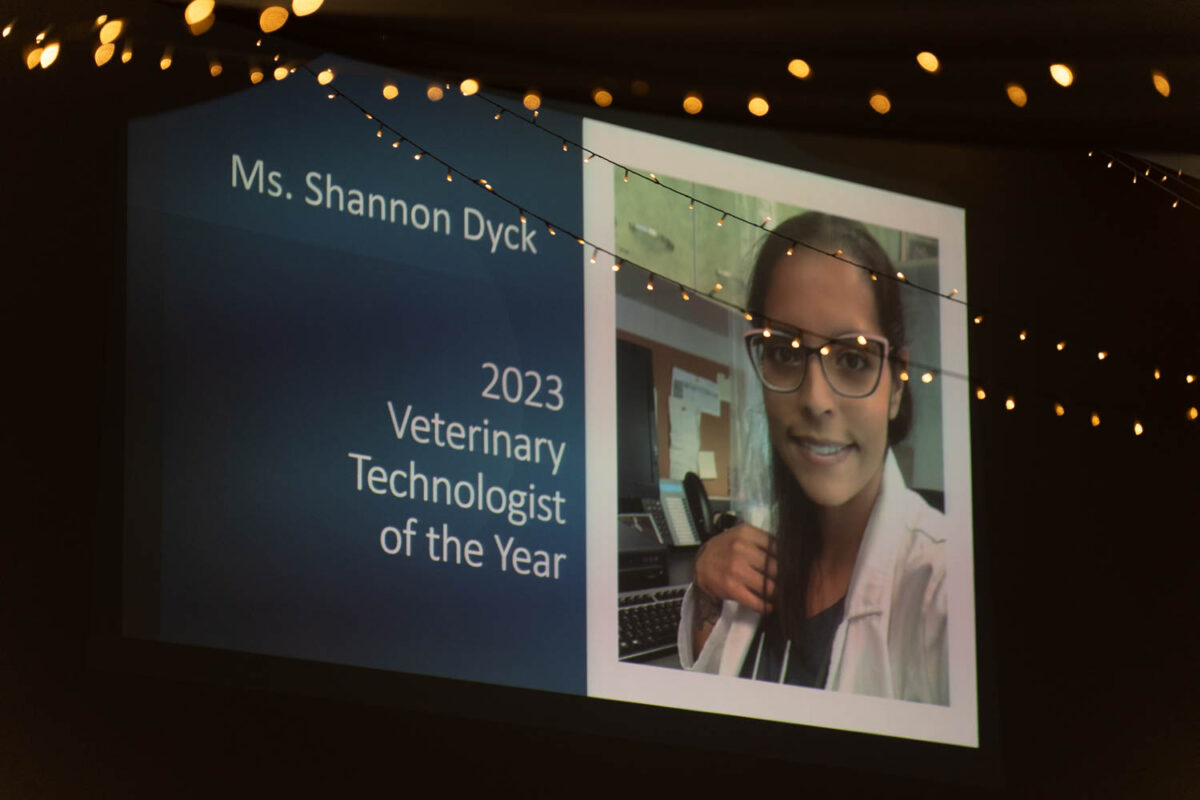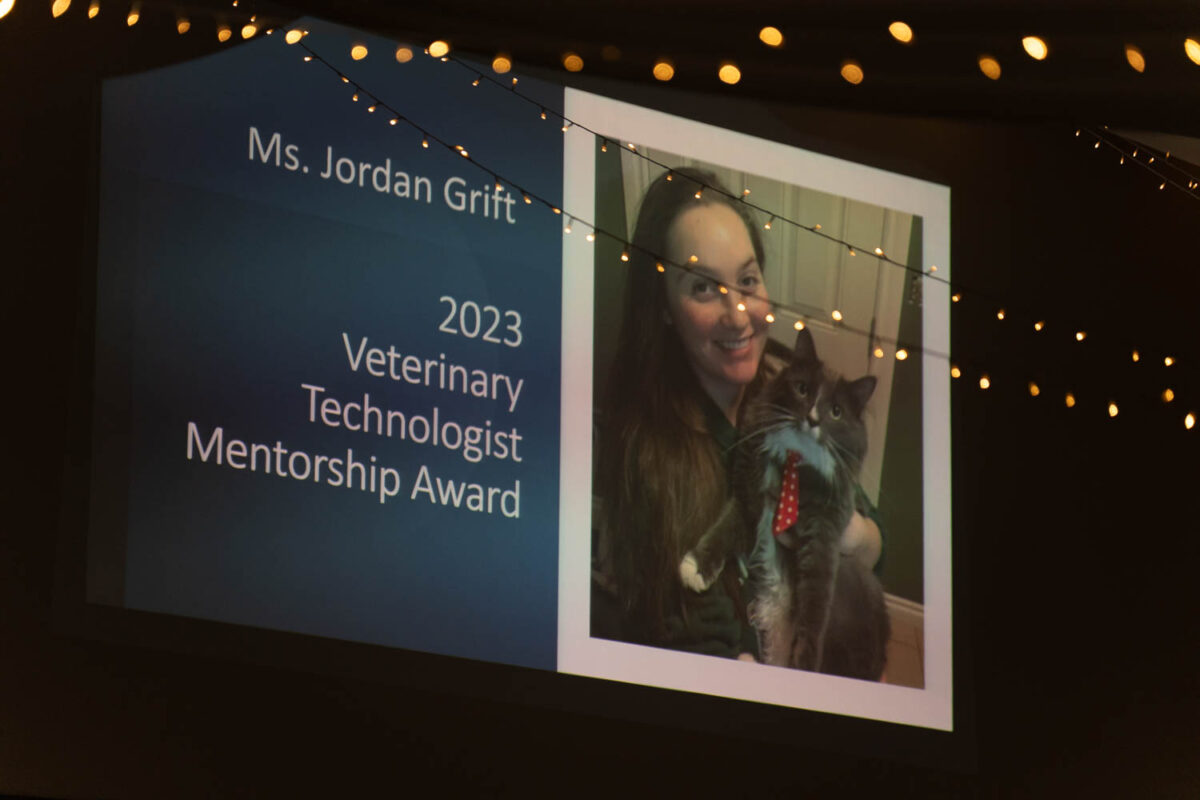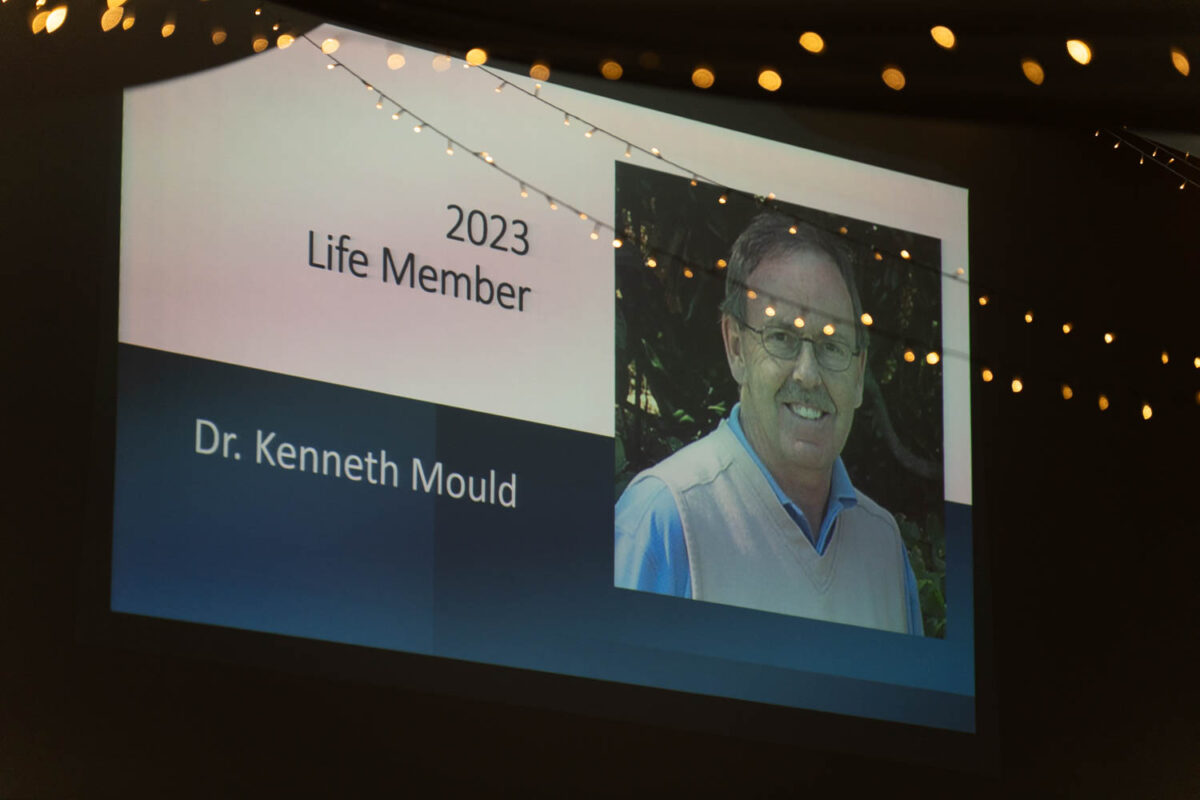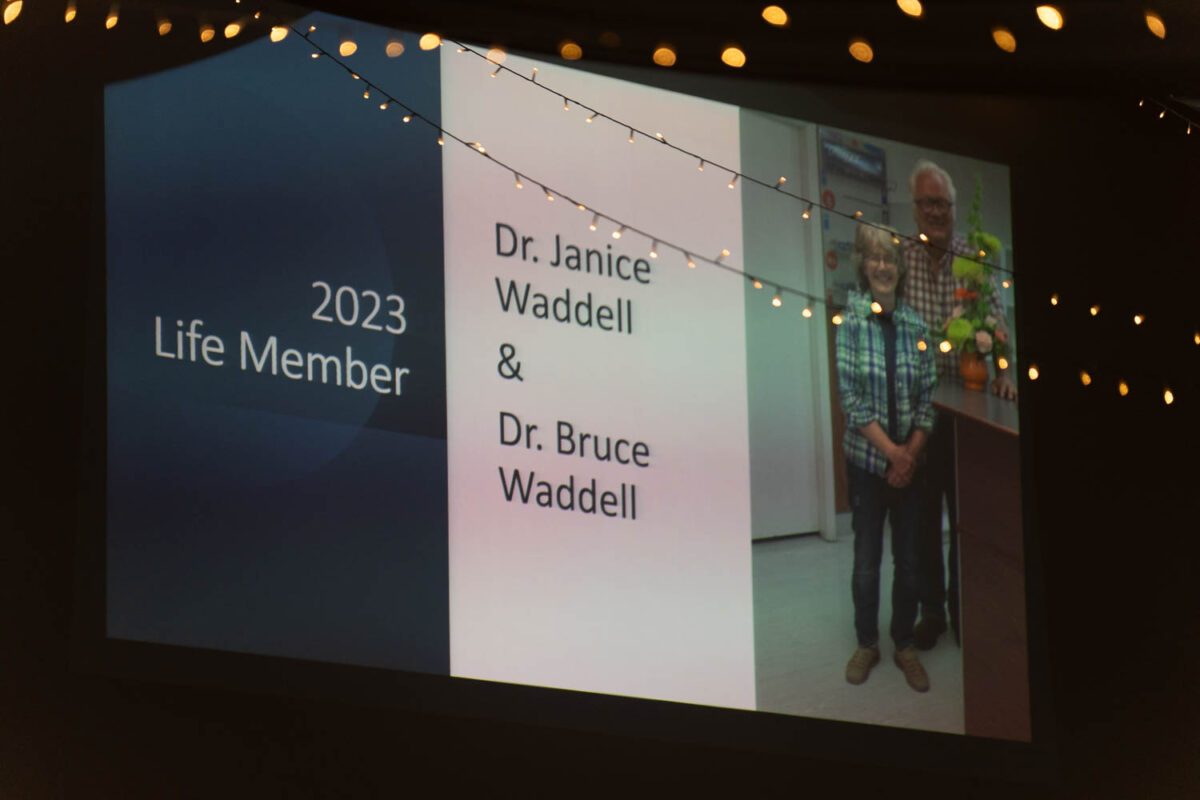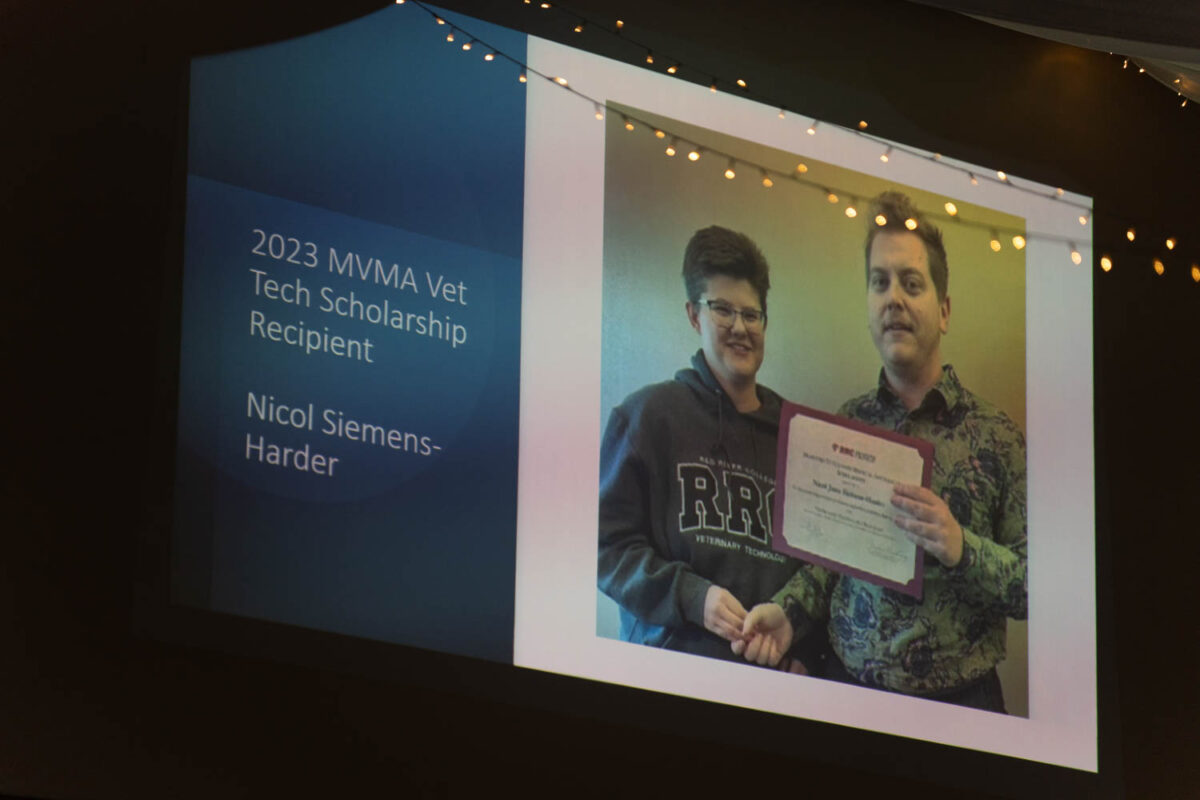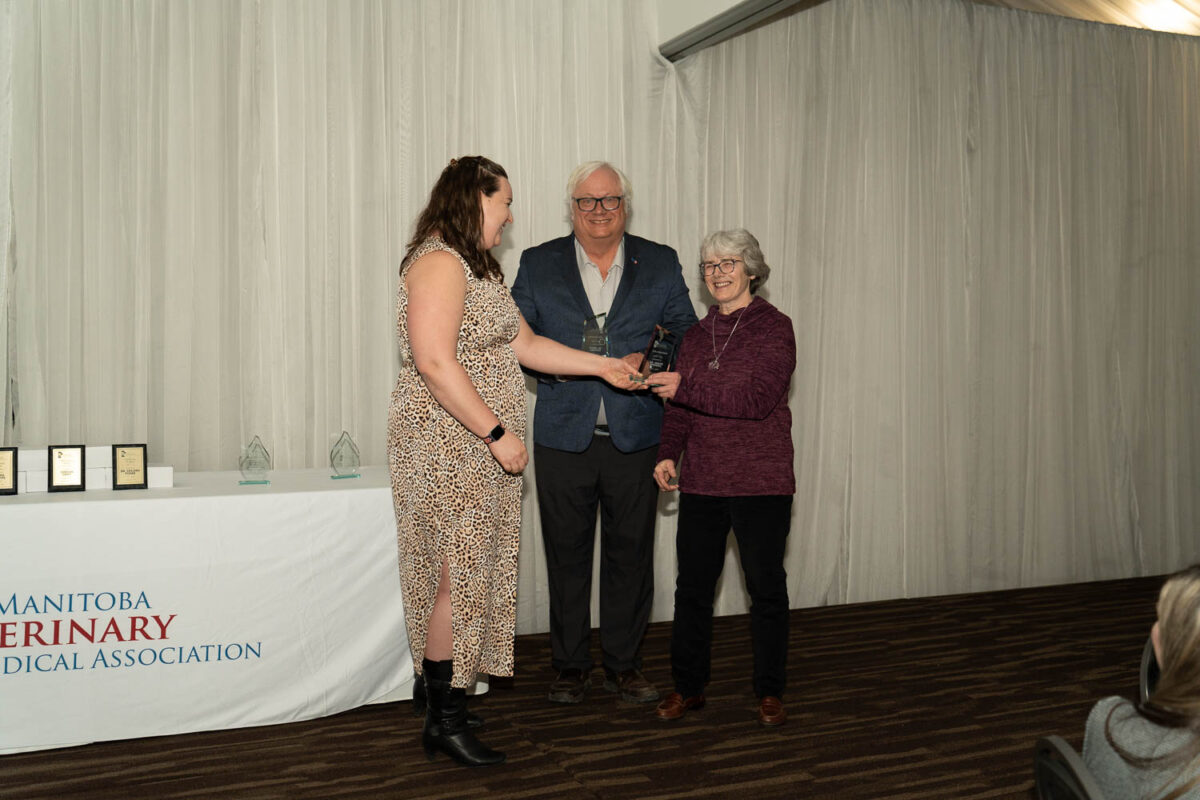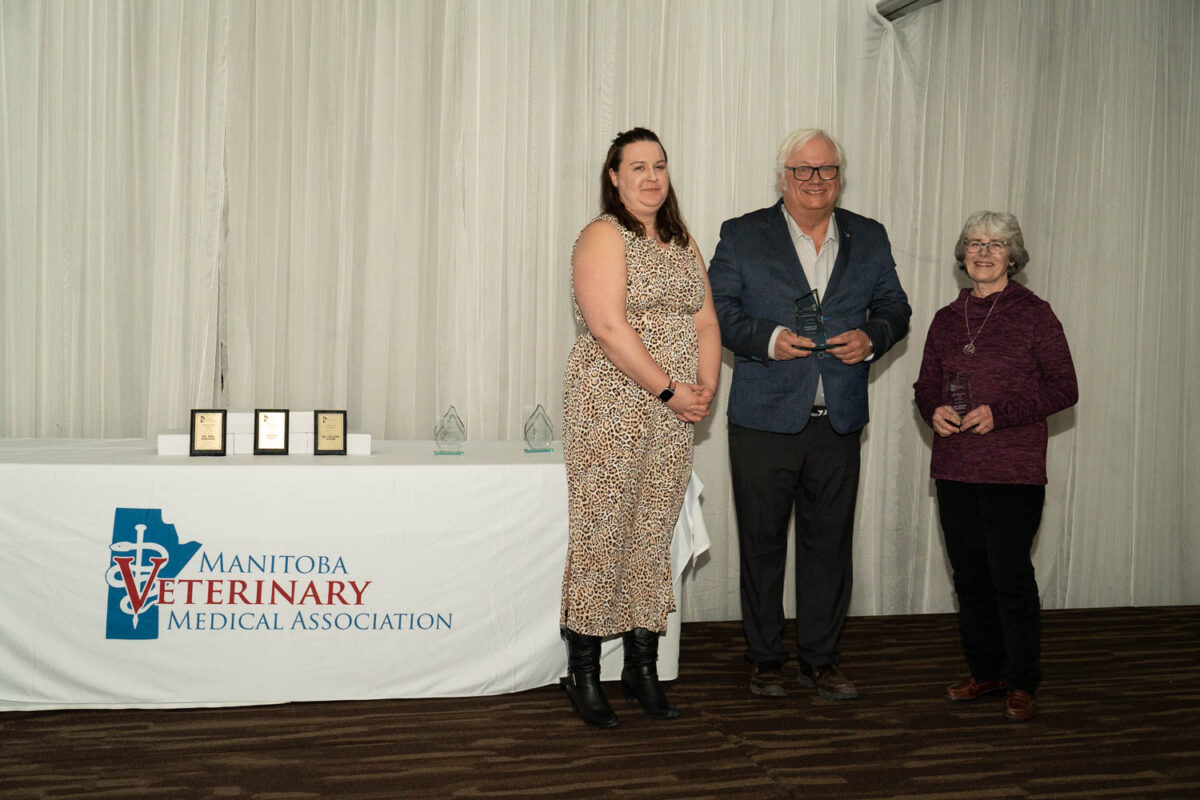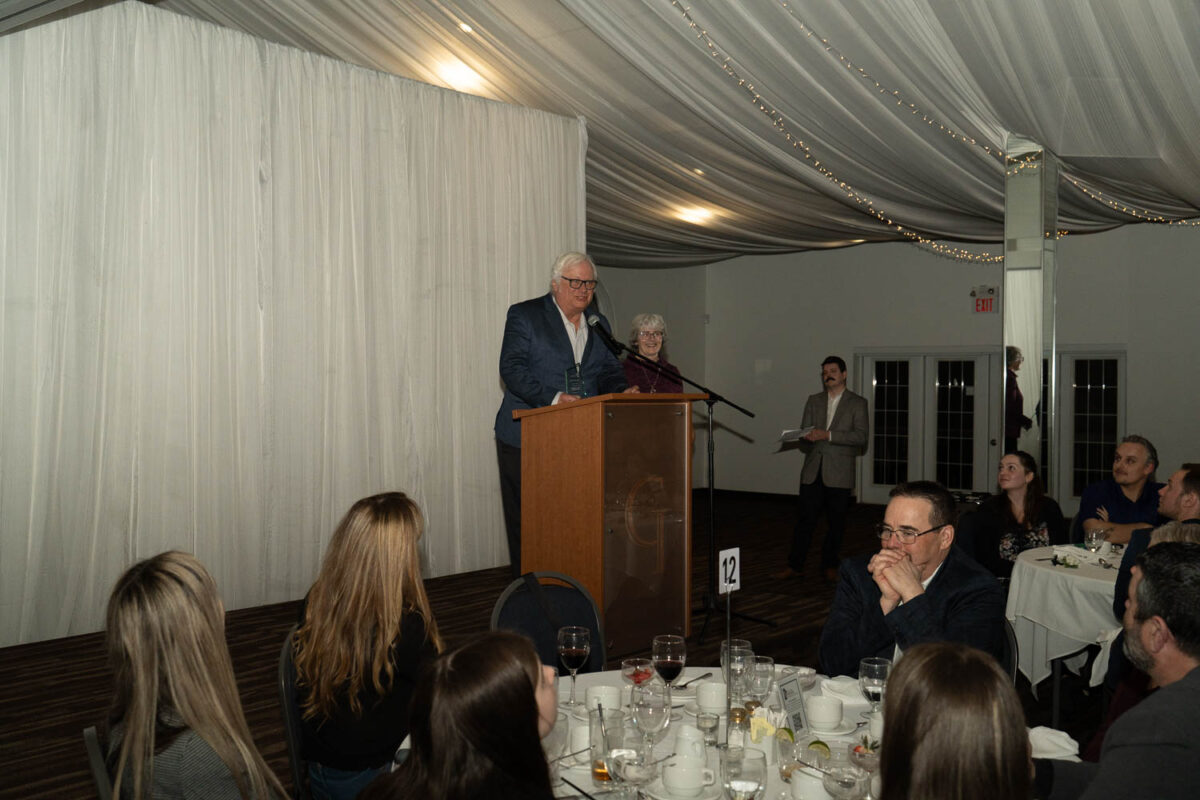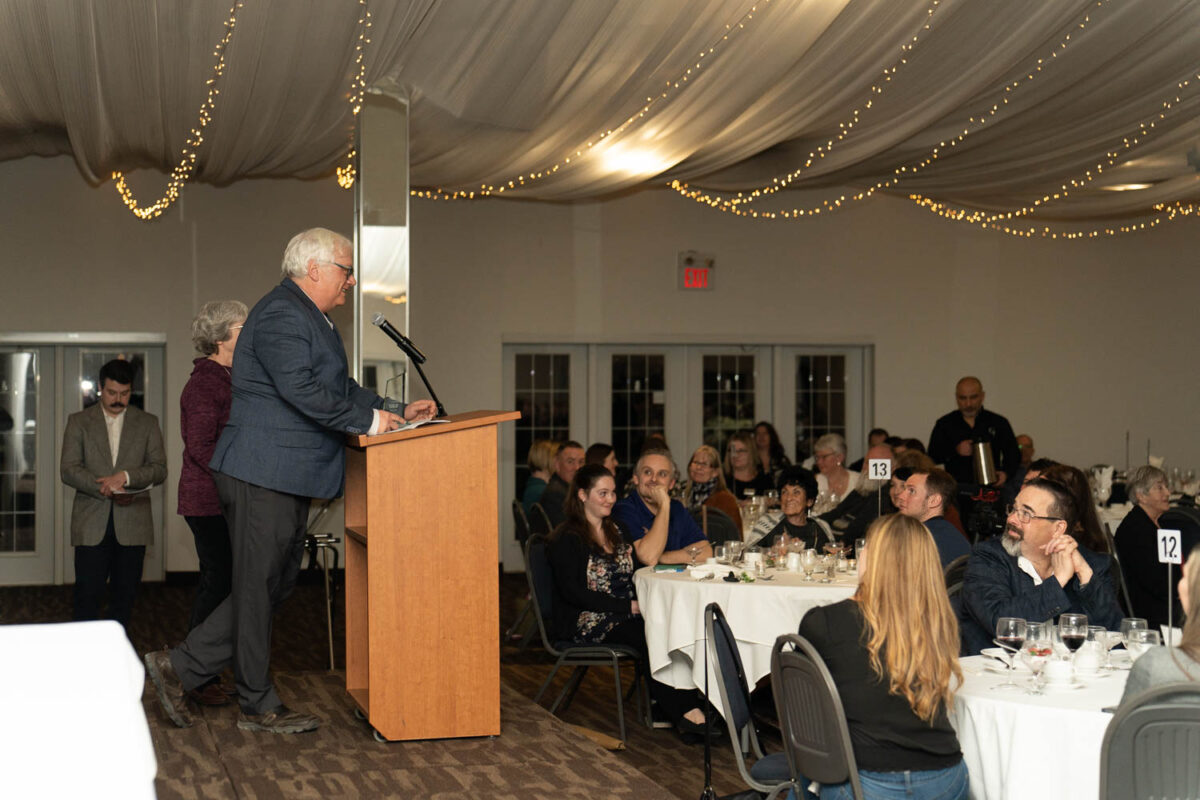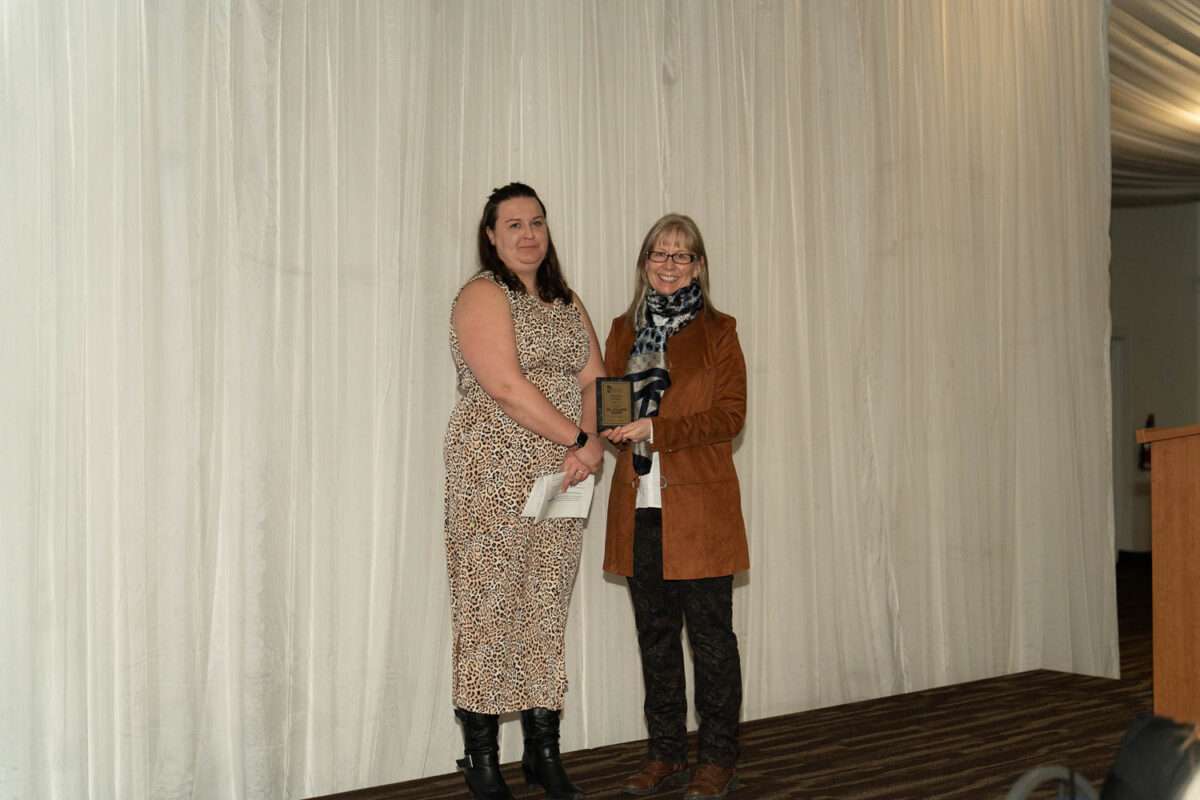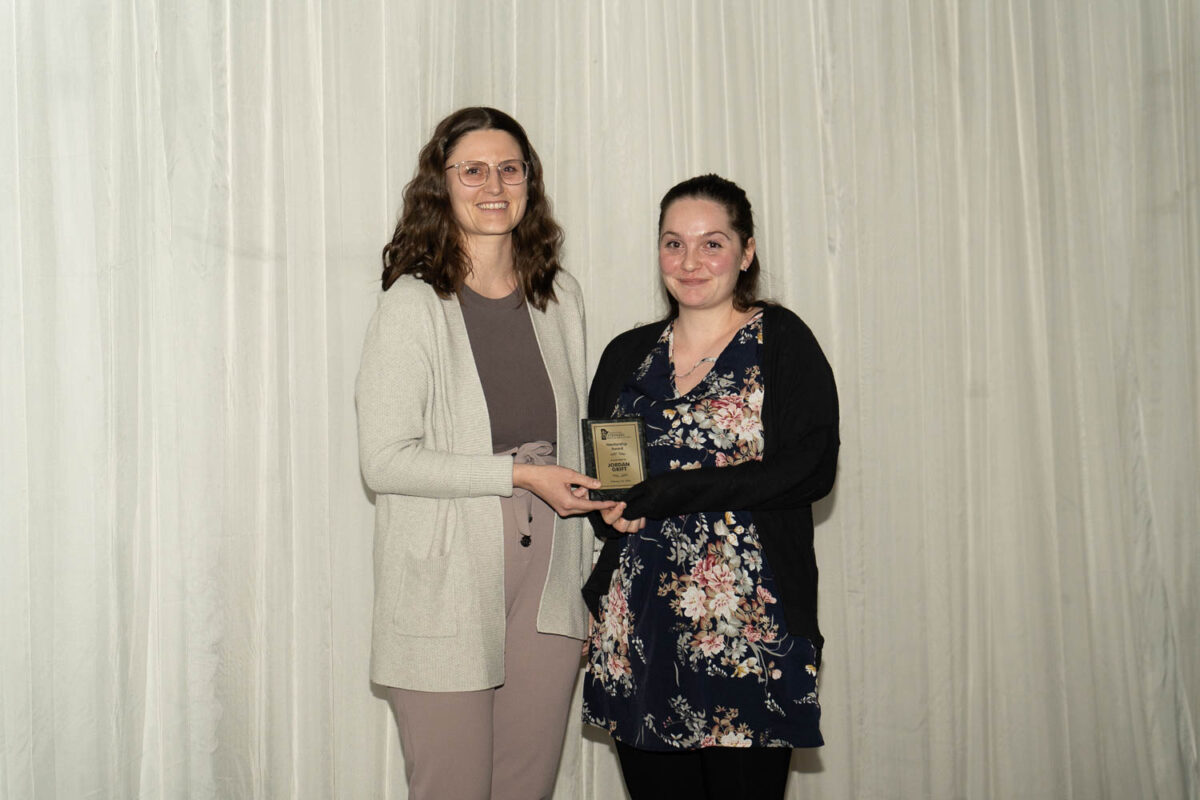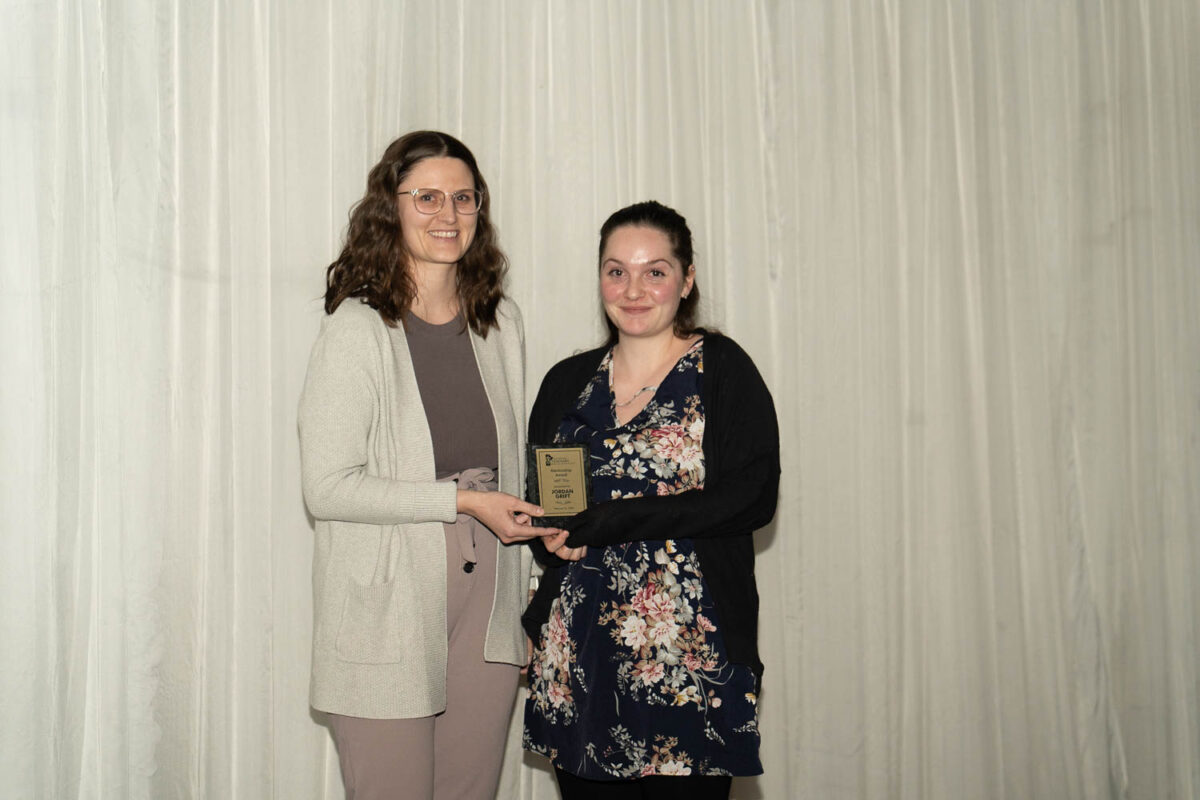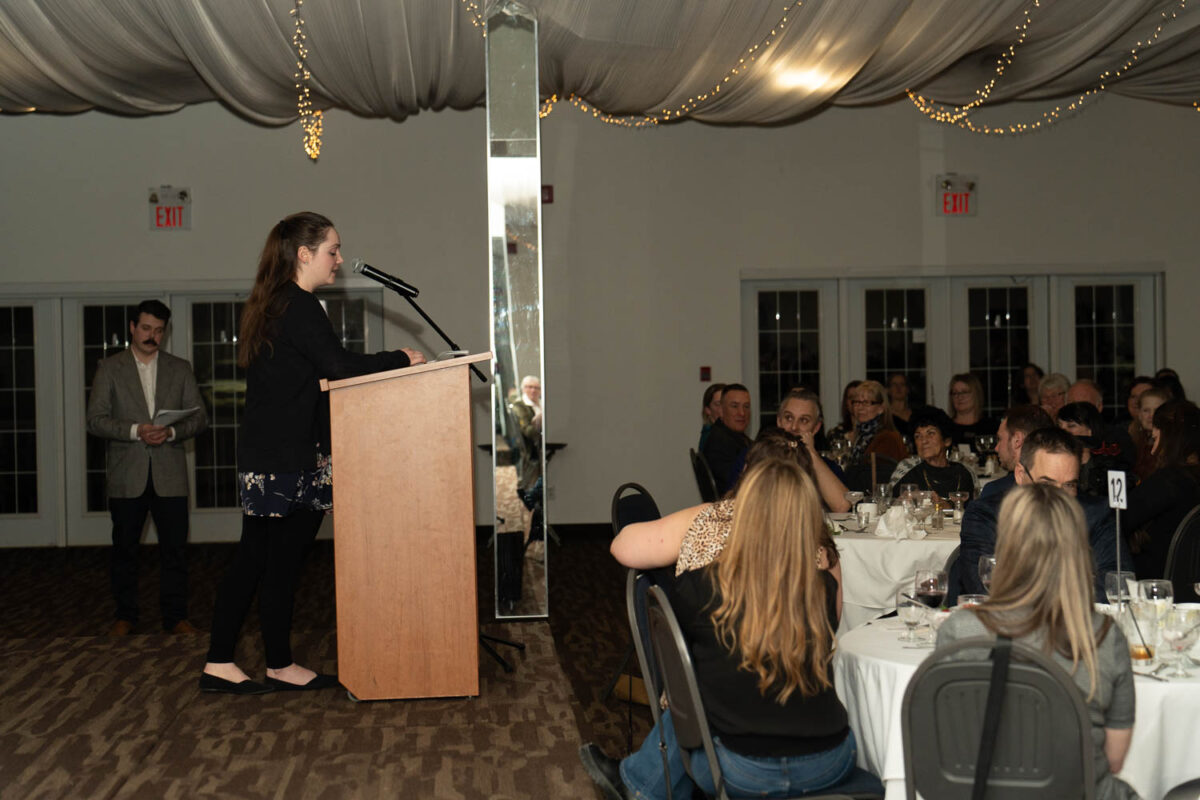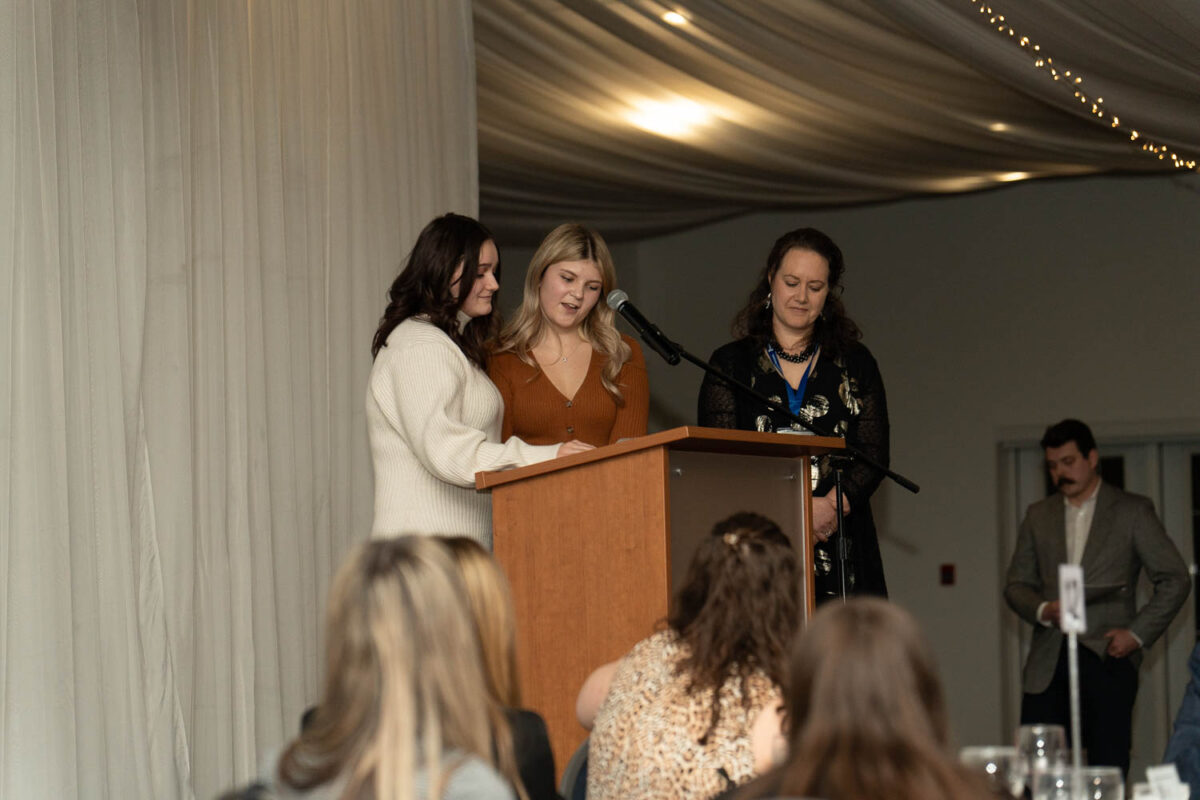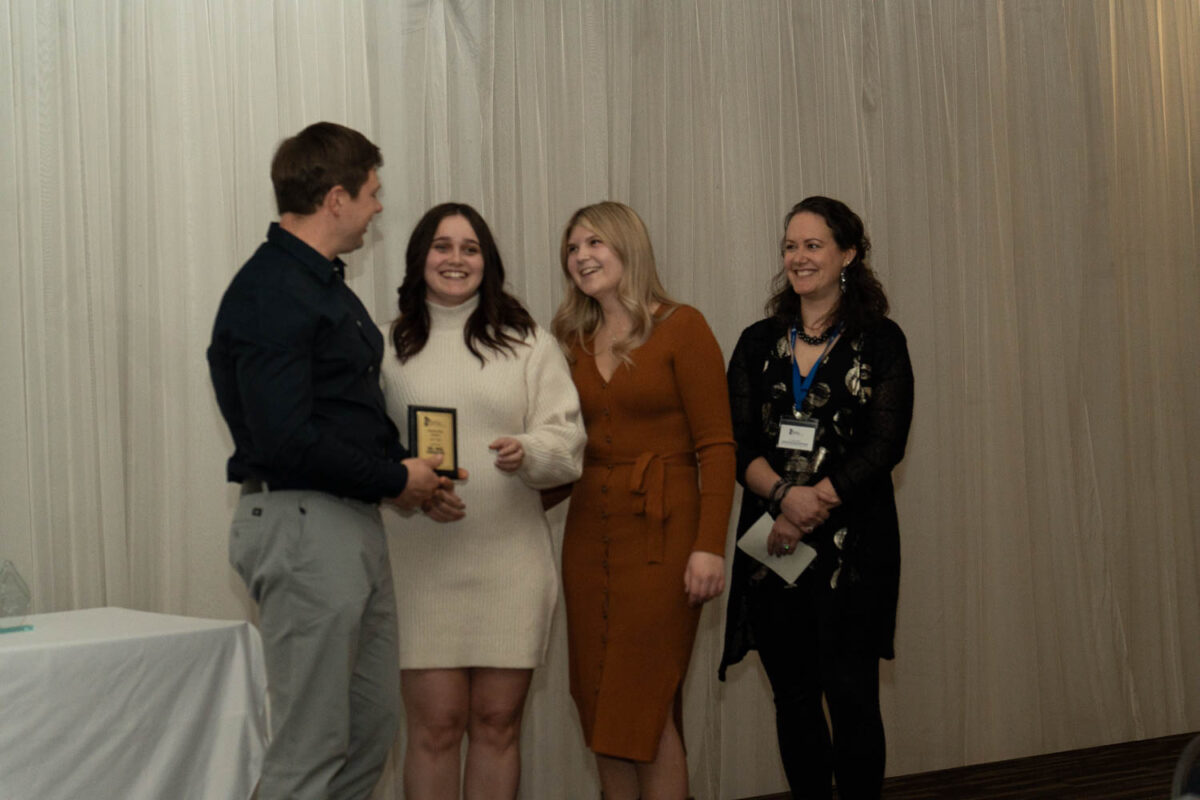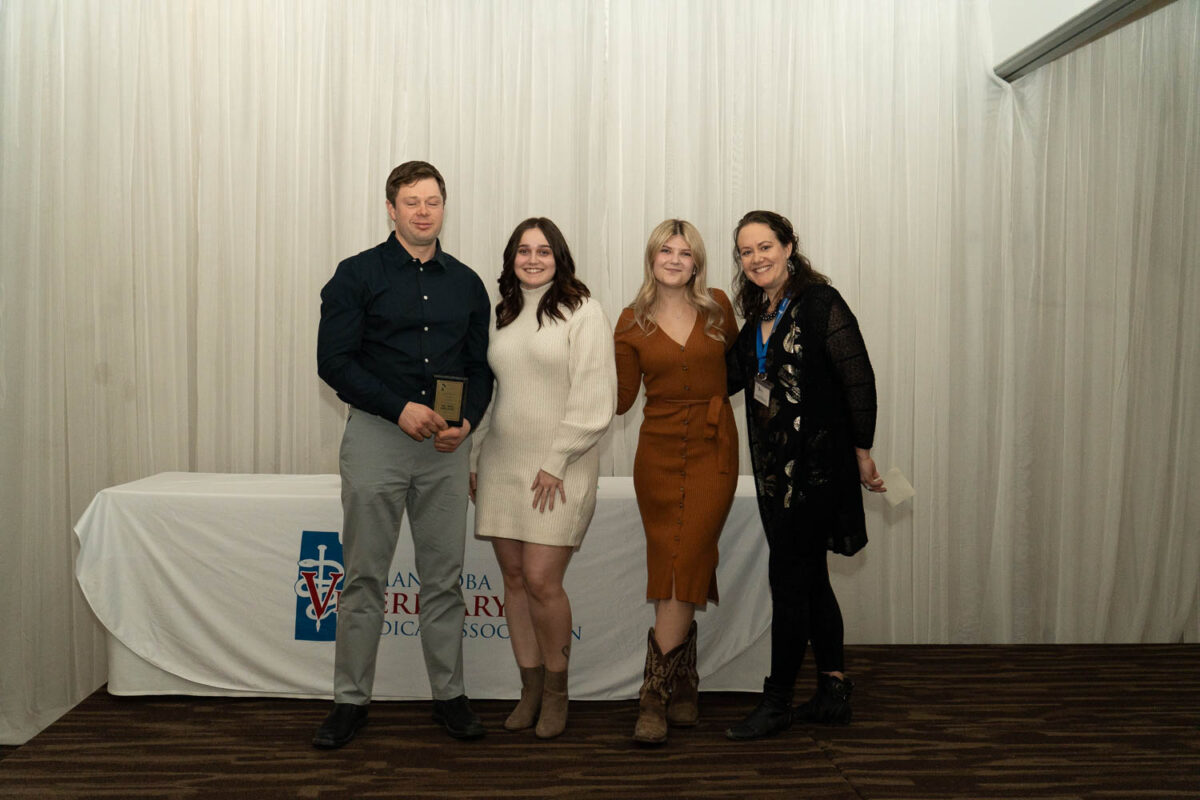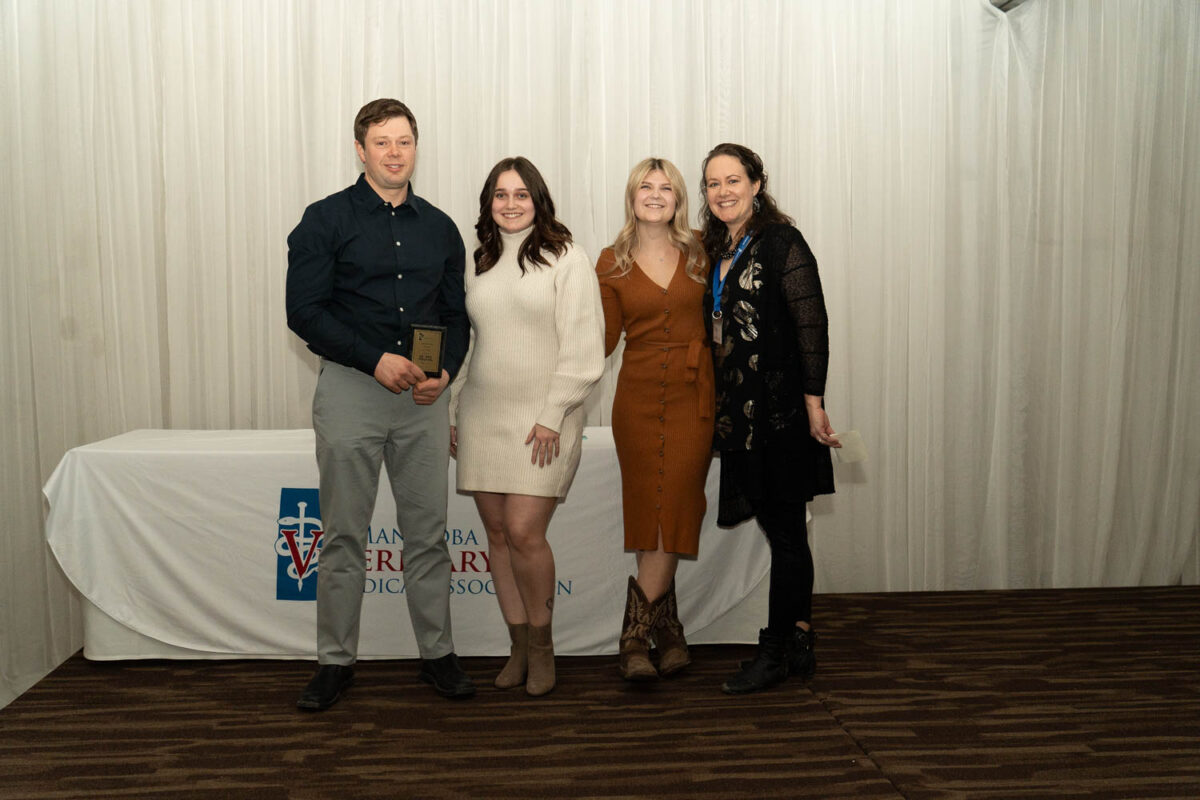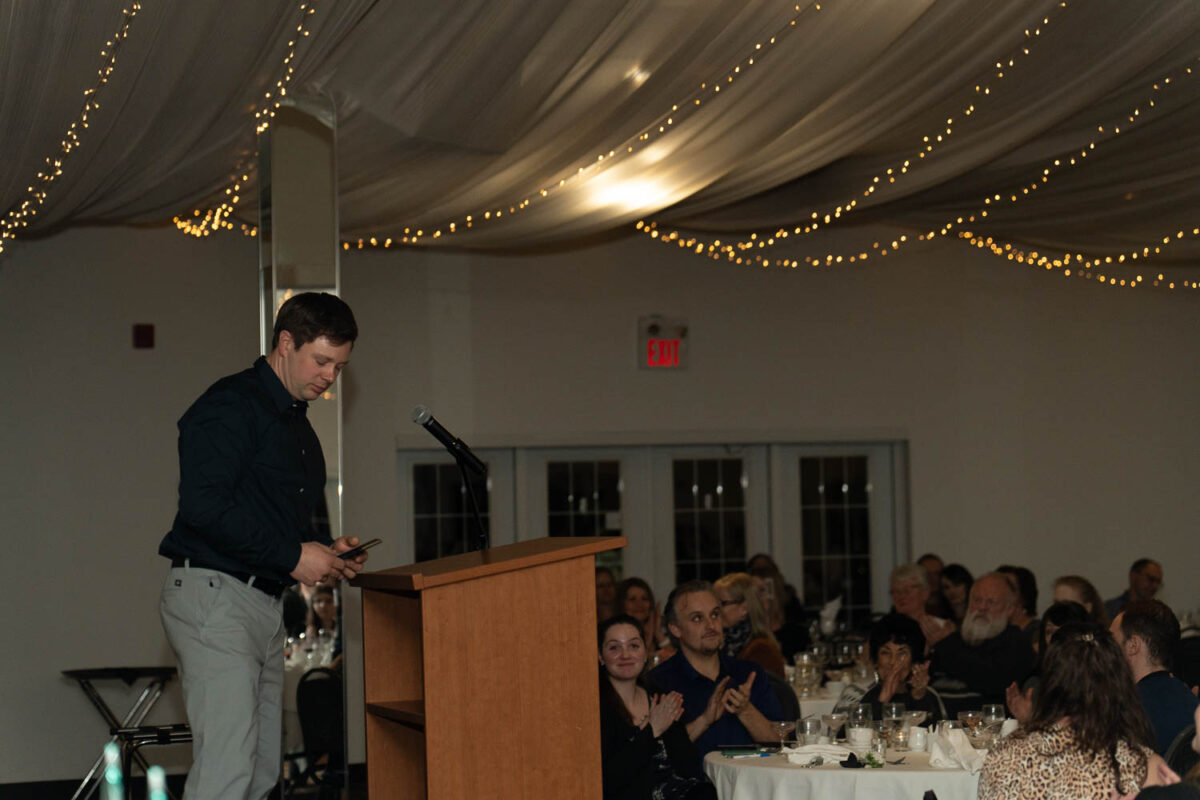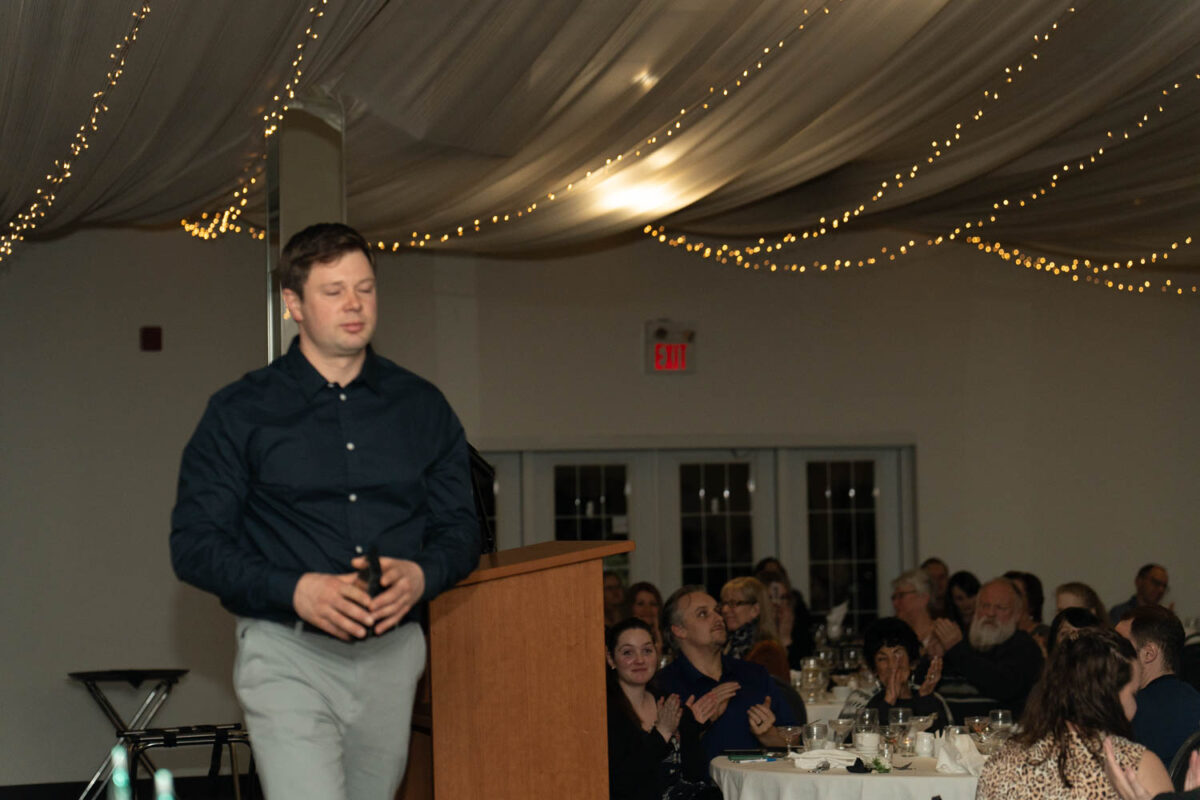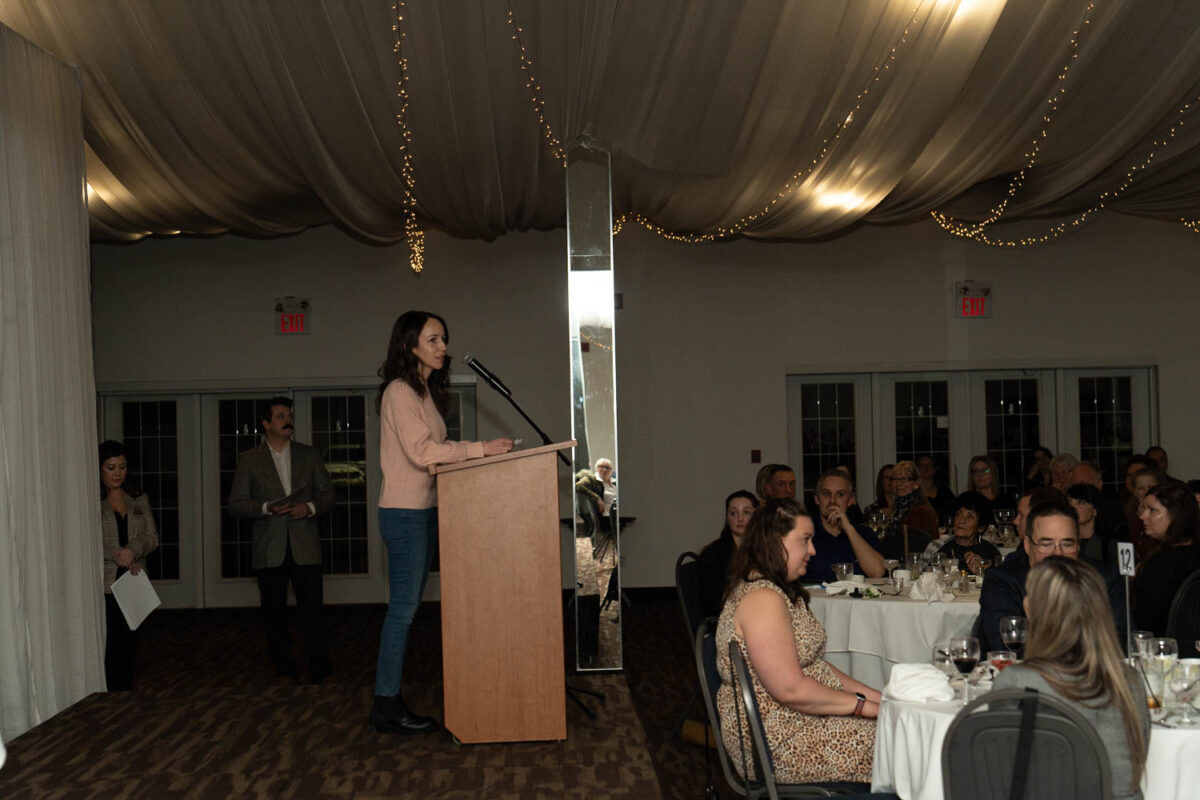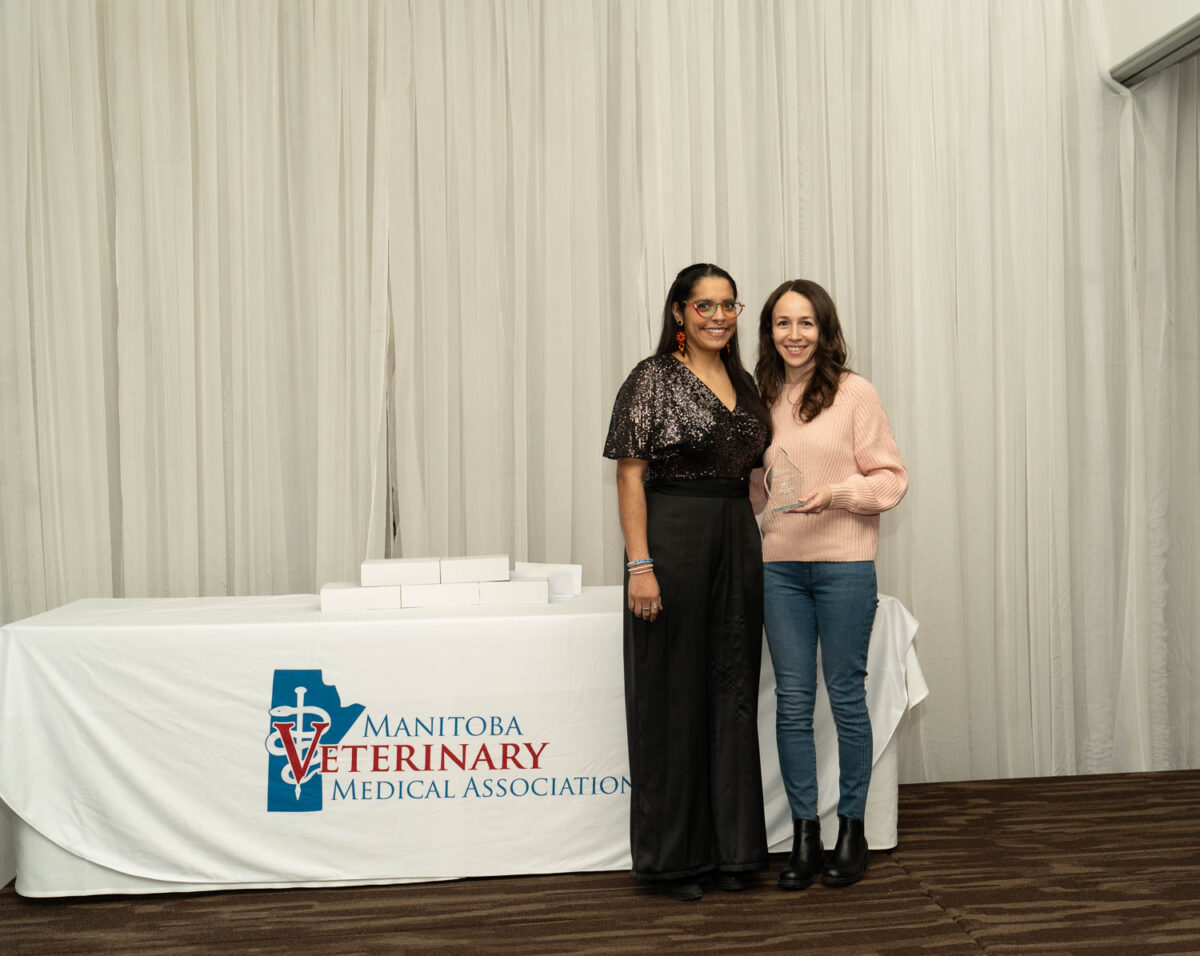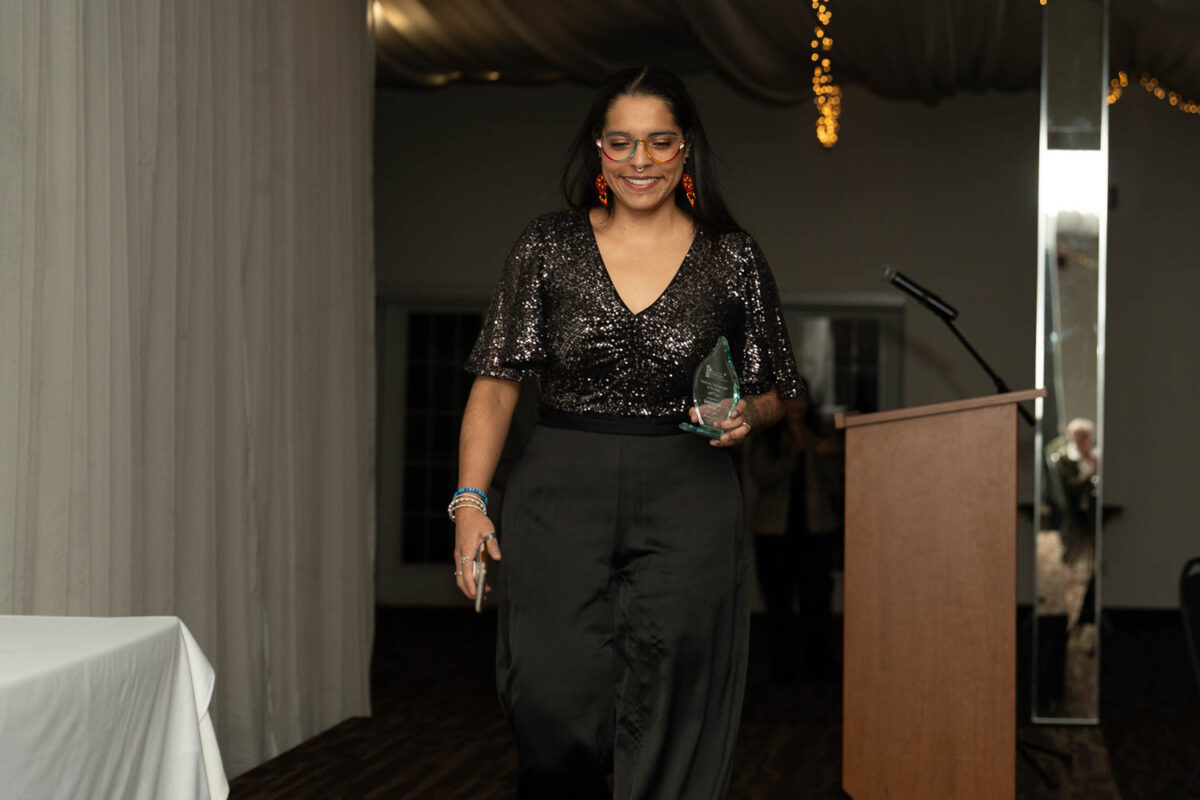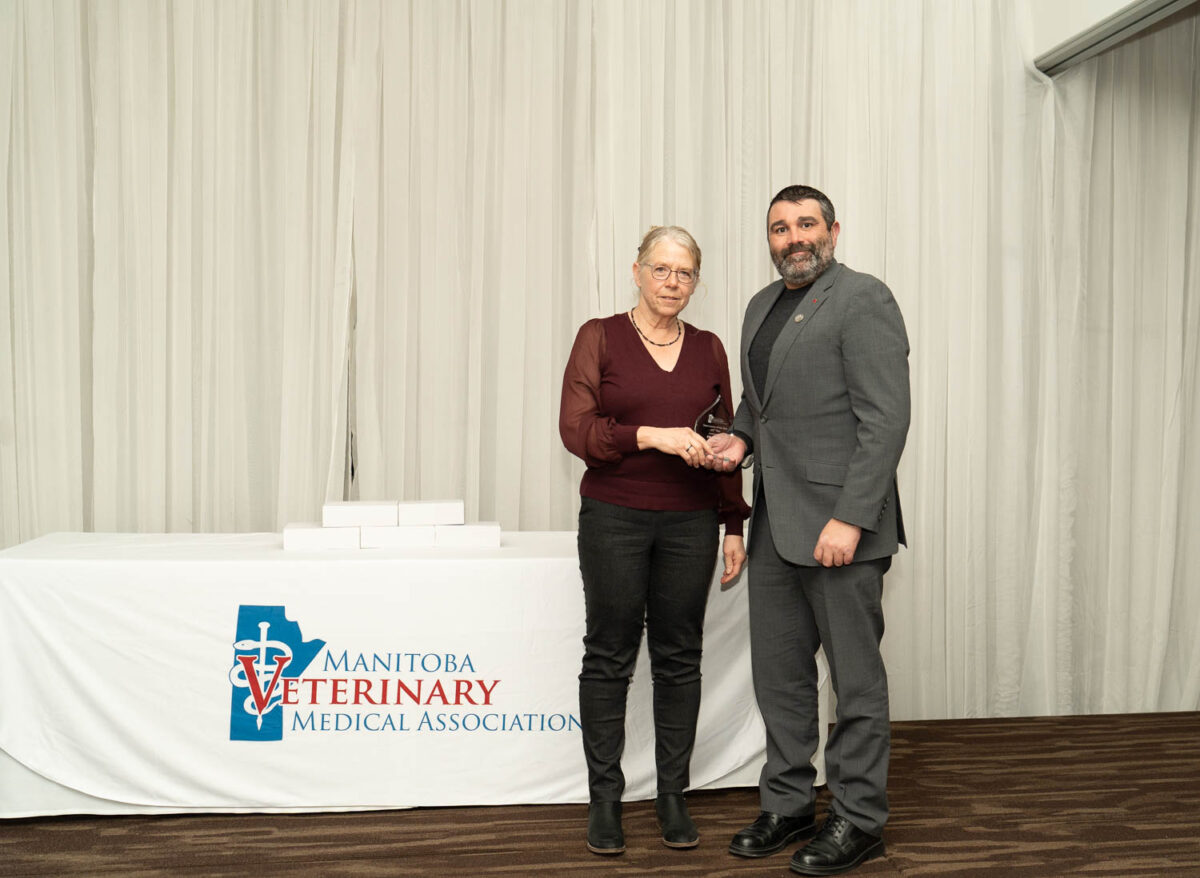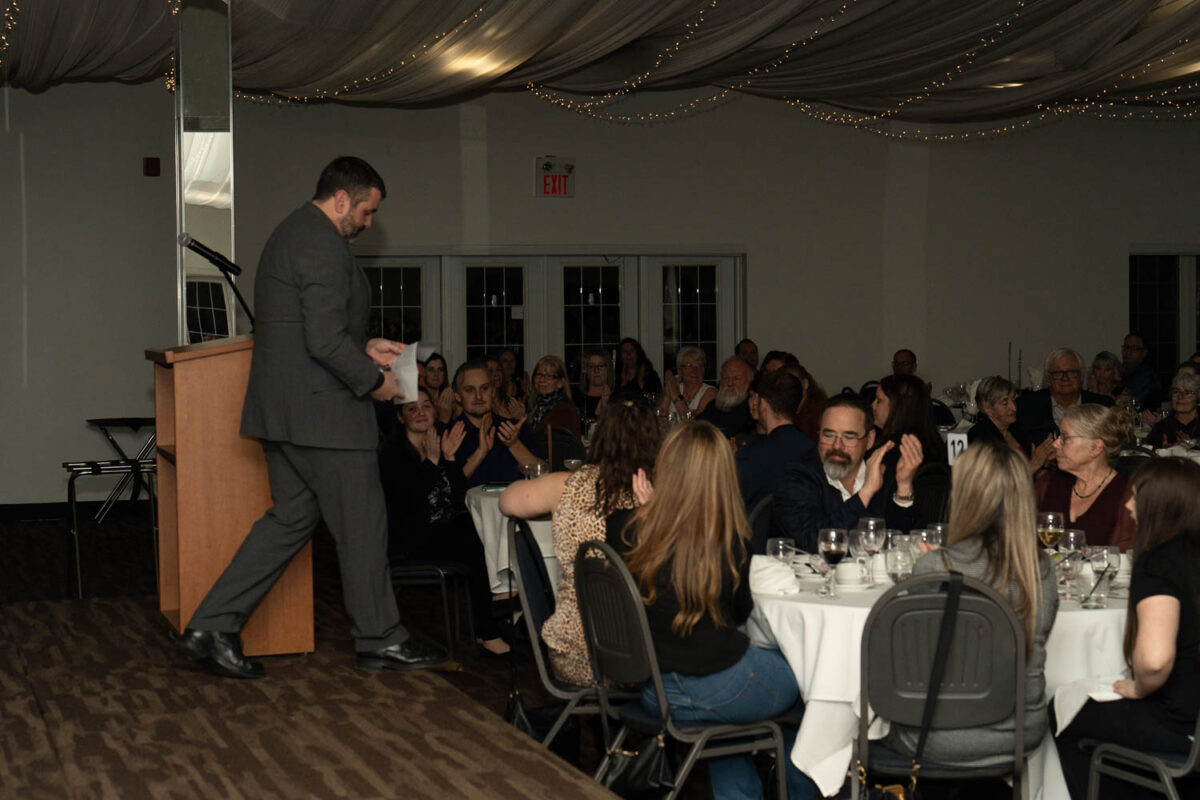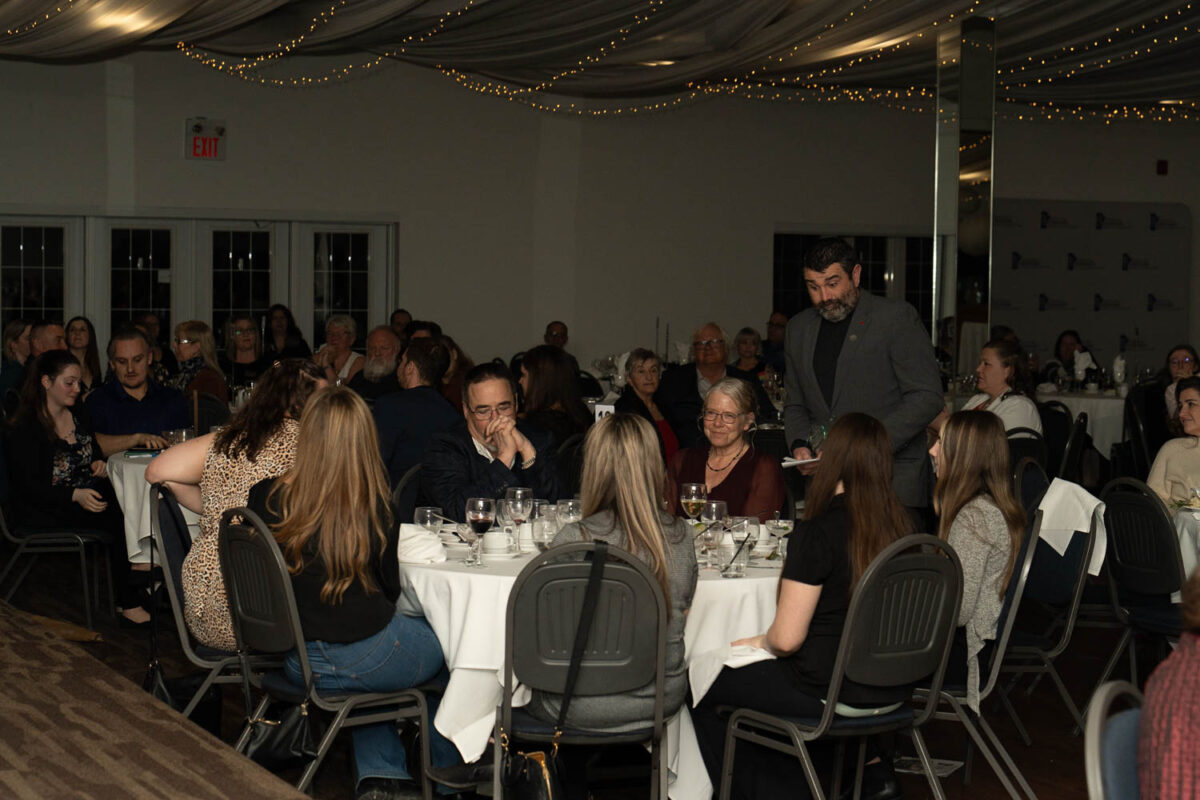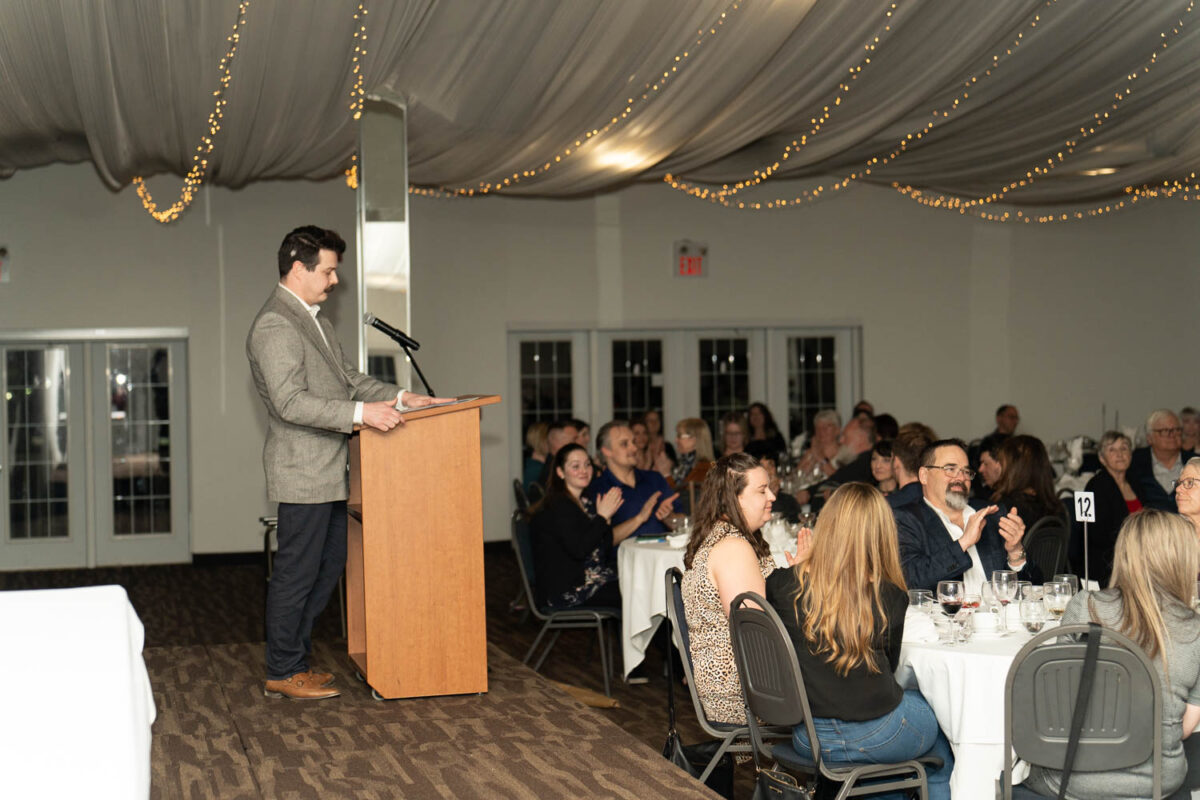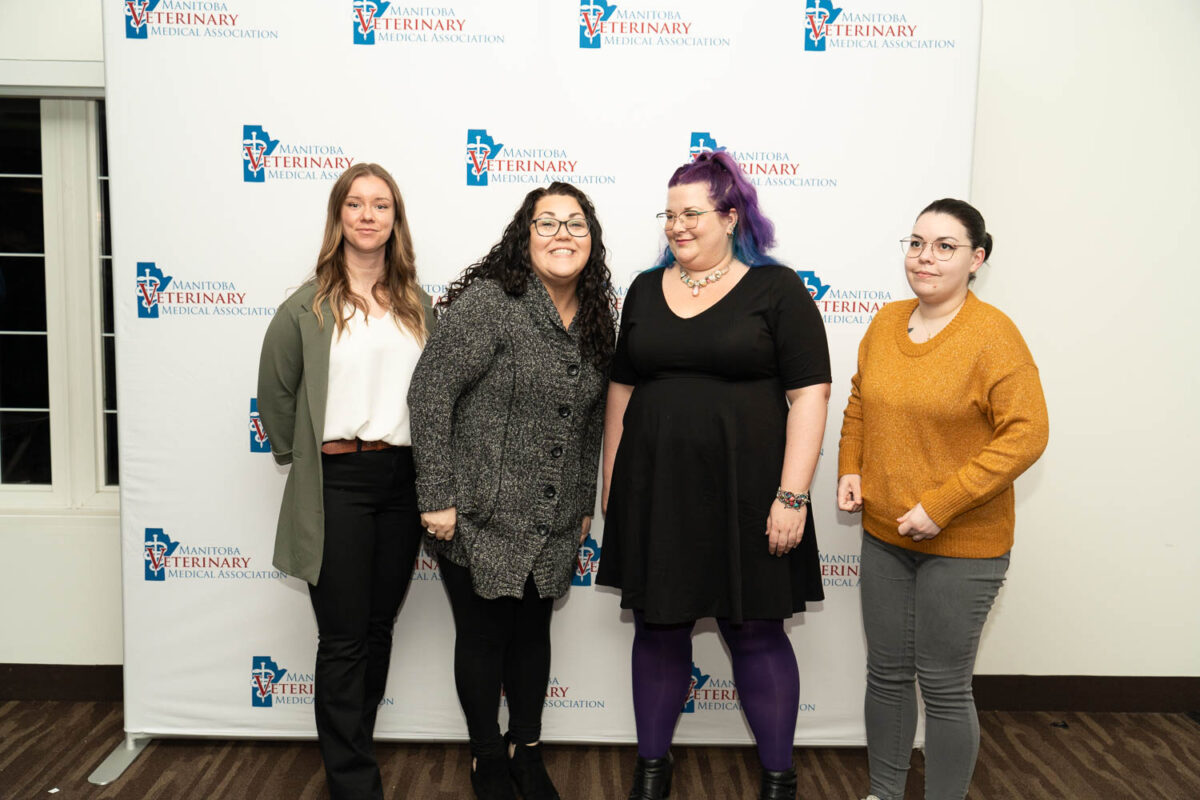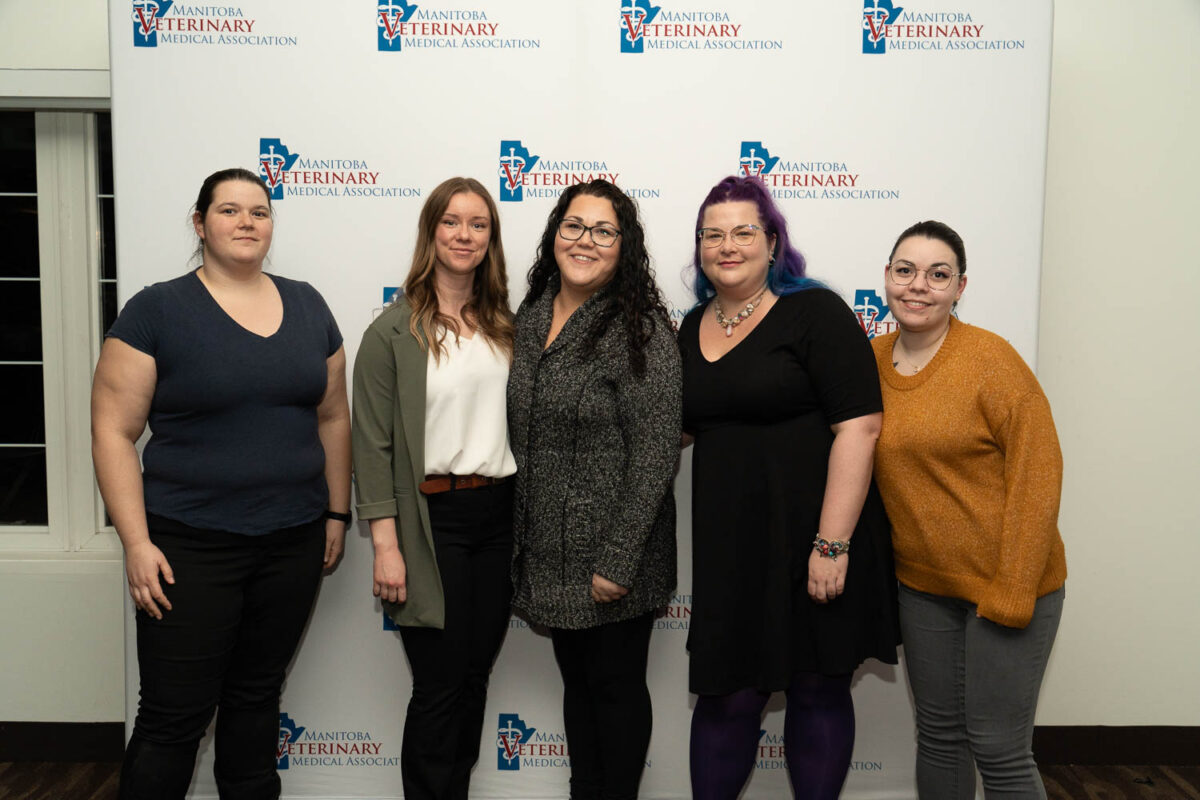The MVMA currently does not have a dedicated policy statement addressing companion animal ownership disputes. However, we recommend that members encountering such issues refer to the CVO’s comprehensive policy statement titled “Managing Questions of Ownership and Ownership Disputes of Companion Animals.” This resource provides valuable guidance on handling these matters effectively.
Renewal information will be emailed to you directly on April 29th.
The MVMA Council expresses its heartfelt thanks to all applicants for their time and interest in the Veterinary Technologist Council Member position. We are pleased to announce that Laura Greenhalgh RVT will be joining us as a Councilor on the MVMA Council.
Laura Greenhalgh’s journey in animal care spans over two decades, during which time she has showcased her proficiency as a Registered Veterinary Technologist across various animal hospitals. Additionally, Laura served as an Animal Services Officer for the City of Winnipeg and currently serves as an Animal Health and Welfare Specialist with the Manitoba Government. Laura’s multifaceted role encompasses enforcement of the Animal Care Act, disease outbreak management, and policy development.
Welcome, Laura!
The unfortunate discovery of an Influenza A – H5N1 virus infecting dairy cattle in the United States has raised concerns in the livestock industry across North America. Infected cows exhibit severe clinical effects, milk drops, fevers, and flu like symptoms. Fortunately, the infected cows do recover.
Highly Pathogenic Avian Influenza (H5N1) causes severe issues in poultry and waterfowl. At present the infection in cattle is being referred to as an emerging disease – Influenza A, H5N1
Reports from the cases in the US suggest that cattle are becoming infected from diseased migratory wild birds. As Manitoba is situated in one of the major migratory wild bird fly zones we must be vigilant about this disease.
Preliminary gene sequencing has not indicated that there is any evidence of a major mutation of the HPAI virus. At present this HPAI virus has not been diagnosed in any feedlots, beef herds or swine herds.
To ensure adequate support, response and notification, Highly Pathogenic Avian Influenza (HPAI) in birds and Influenza A in any species is reportable in Manitoba. Manitoba’s Chief Veterinary Office (CVO) wants to ensure producers and veterinarians have the support necessary to address any suspect influenza A – H5N1 cases. The provincial Animal Disease Investigation program is available for any veterinarian that encounters a suspect case. Veterinarians assessing animals with wild bird exposure that either fit the symptoms in dairy cattle described below or show unexplained influenza A symptoms (especially neurologic) can contact the CVO through the emergency response email at CVO-EOC.gov.mb.ca or can call Dr Glen Duizer at (204) 471 4758 or Dr Doug Bazinet (204) 599 7784 to determine whether it is appropriate to submit samples for influenza testing.
Note the Canadian Food Inspection Agency (CFIA) will be providing a guidance document on H5N1 to veterinarians across Canada shortly. We will provide an update once that document becomes available.
The investigation will provide support with the following:
- Determination of appropriate samples
- Cost of diagnostic sampling, including but not limited to Influenza testing
- Professional time for the veterinarian when assisting with the clinical and diagnostic assistance with the suspected herd/animals.
- Assistance with Bio-security on and within the affected farm.
- Notification to the CFIA district office if further follow up is required.
Farmers and veterinary practitioners should be considering HPAI if the following herd symptoms are occurring:
- Flu-like symptoms
- Minimal respiratory symptoms
- Fevers
- Severe drop in milk production
- Milk becomes yellow and thick (colostrum like) and increased SCC
- Manure variable – diarrhea and/or thick and pasty
- Morbidity – 10 to 15% of the herd affected
- In the initial herds – mature cows in mid to later stages of lactation
- Mortality – less than 1%
- Symptoms peak at 3 to 6 days
- Recovery is gradual 15 +/- days
Based on our current information, it appears the virus has an affinity to replicate in mammary tissue. We have yet to identify animals with confirmed virus replication in tissues other than mammary tissue and milk.
Milk from affected animals should be discarded until they return to normal. Unpasteurized milk and any other raw milk products should not be used for human consumption.
At the present time there is very minimal risk to human health.
As most of our dairy herds are housed indoors at this time of the year, this should minimize the risk of HPAI becoming an issue. However, enhanced biosecurity is recommended to minimize exposure of your cattle to HPAI. The herd veterinarian and the CVO will assist with additional biosecurity procedures should a premises be diagnosed with HPAI. An updated link with HPAI reference is listed below.
Dairy Biosecurity Recommendations for HPAI and More (aabp.org)
There remains concerns about HPAI in wild birds. Manitobans are asked to contact the TIP Line (toll-free) at 1-800-782-0076, if they find any of the following:
- clusters of six or more dead waterfowl (e.g., ducks, geese) or other water birds;
- any number of dead raptors or avian scavengers (e.g., ravens, crows, gulls); and
- large groups of dead birds, such as more than 20 of any species.
– Manitoba’s Chief Veterinary Office
On behalf of Dr. Gillian Muir, Dean of WCVM:
Dear WCVM alumni and the entire veterinary community across Western Canada,
I am very sorry to let you know that Dr. Barry Blakley passed away over the weekend. He was joking and telling stories days before, and he was with his family and peaceful at the time of his passing.
It’s difficult to imagine our WCVM community without Barry, who has been part of this college for more than 50 years – as a veterinary student, a graduate student, a teacher, a department head, a researcher, a diagnostician, a mentor and a true storyteller.
Barry was internationally known for his expertise in veterinary toxicology. In addition to his teaching, research and diagnostic work at the WCVM and Prairie Diagnostic Services, Barry played an integral role in helping to develop the University of Saskatchewan’s Toxicology Centre. In recognition of his efforts, Barry received a Lifetime Achievement Award from the centre during its 40th anniversary celebrations in June 2023.
Barry’s commitment and outstanding service to the college, and to veterinarians and producers across Western Canada cannot be overstated. The Saskatchewan Veterinary Medical Association (SVMA) also honoured Barry for his service to the SVMA, the profession and the public by presenting him with the J.J. Murison Distinguished Veterinarian Award in 2019 — the highest level of recognition that the SVMA can bestow on a member.
Barry has been a good friend, colleague and supporter to many of us. For me, Barry played a very important role in my life — personally and professionally — and I know that so many others feel the same.
The funeral service for Dr. Blakley will take place next week.
Time: 1 p.m., Friday, March 22, 2024
Location: Augustana Evangelical Lutheran Church
Address: 1201 Broadway Ave, Saskatoon, Sask.
For those unable to attend in person, the funeral will be livestreamed in Room 2115 for the WCVM community.
Online access: https://www.youtube.com/watch?v=PhpKXURL6Zw
Barry, with his usual generosity, has established a scholarship: the Barry Blakley Graduate Student Award. Dr. Blakley’s family requests that donations be made to this scholarship in lieu of flowers or other gifts. To contribute, visit https://donate.usask.ca/online/wcvm.php (select the “Barry Blakley Graduate Student Award” under the “Gift Designation” tab).
Barry will be sorely missed by all of us, and we send our deepest condolences to his family.
The obituary for Dr. Blakley can be found at the following link: https://www.dignitymemorial.com/en-ca/obituaries/saskatoon-sk/barry-blakley-11703525
The MVMA is looking for a veterinarian to join the MVMA and MVTA at the Fort Richmond Collegiate Career Symposium on April 11 from 9 am – 12 pm.
Please email michelle@mvma.ca if interested.
Red River College Polytechnic (RRCP) is looking for small animal cadavers under 30 lbs, with a preference for males. These cadavers are utilized for various educational labs; animals with profuse skin disease or that have died through traumatic circumstances cannot be accepted because they do not hold up well to being frozen and subsequently thawed. RRCP will pay for the cremation costs for all donated animals once they are no longer suitable for educational purposes.
Please contact Heather Laurie at hlaurie@rrc.ca for further information or if you have a cadaver you feel would fit our needs.
Strategies for Recruiting Foreign-Trained Veterinarians
This presentation outlines strategies for recruiting foreign-trained veterinarians to address the industry’s talent demand in Canada. It covers global accredited veterinary colleges, the international mobility program, and the temporary foreign worker program, providing insight into recruitment processes and opportunities. The webinar will be followed by a brief Q&A session. Please register for your preferred time and language below. For CVMA members only
|
|
|
Anthony Lawley, BBA, CHRL, RCIC
Anthony is the Founding Partner and President of IVEY Group. Anthony is a bilingual International Recruiter & Immigration Specialist with a strong desire to guide organizations and people in the achievement of their overall personal, economic, social, and professional objectives by providing expert advice in regard to recruitment, manpower, and immigration strategies. As well as being a Certified Human Resources Leader (CHRL), as recognized by the Human Resources Professionals Association (HRPA), Anthony is also a Registered Canadian Immigration Consultant in good standing with the College of Immigration and Citizenship Consultants.
The Sir James Dunn Animal Welfare Centre (SJDAWC) at the Atlantic Veterinary College (AVC) invites you to its three-part webinar series on post-pandemic animal welfare issues in veterinary behavioural medicine. The webinars feature Dr. Karen Overall, professor of behavioural medicine, AVC, and will take place on March 12, 19 and 26, all beginning at 4 p.m. ADT.
This webinar series will discuss how the COVID-19 pandemic affects the early life environment and experiences of canine and feline patients. The series will end with a review of new and exciting research in veterinary behavioural medicine.
Veterinarians and veterinary technicians are eligible for continuing education credit. The webinar cost is $60 per webinar, or $150 for all three.
IMPORTANT TO NOTE: Participating veterinarians and veterinary technicians are eligible to earn one hour of RACE-accredited continuing education per webinar. Participants are required to attend the live webinar to earn this credit. (RACE-program number: 20-1163580)
For more information: awc.upei.ca/webinars/
To register: Click here – Eventbrite
Email: animalwelfare@upei.ca
Website: awc.upei.ca
